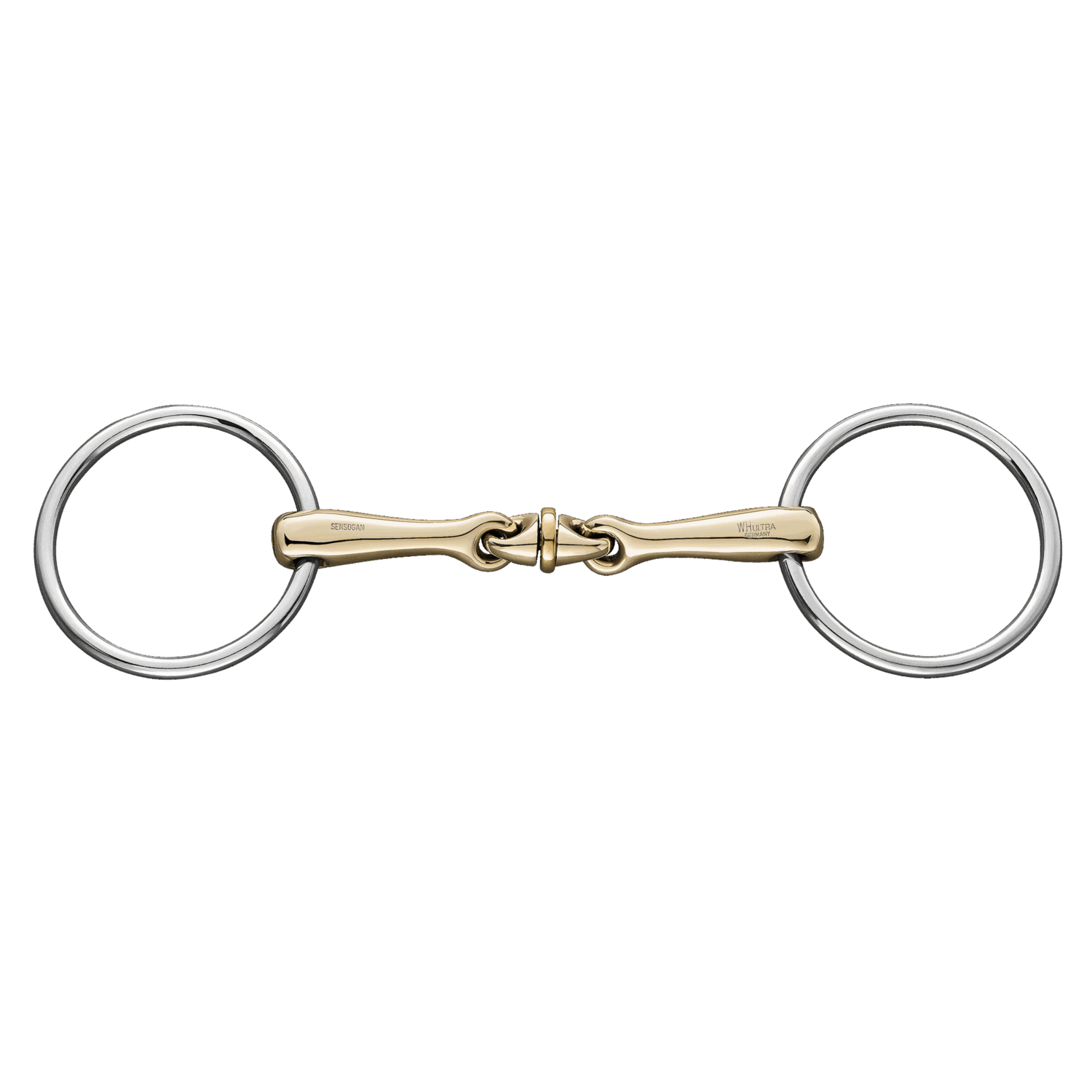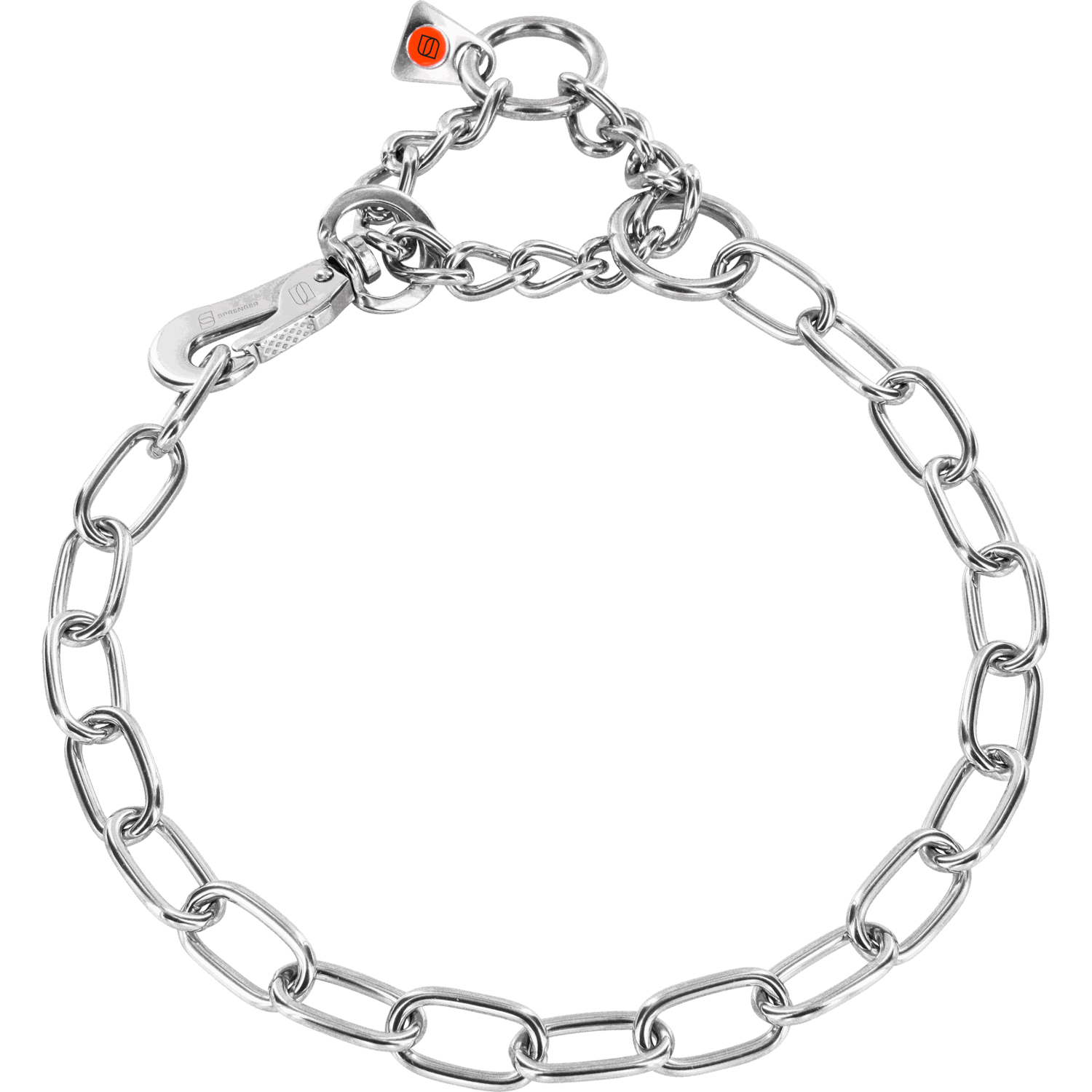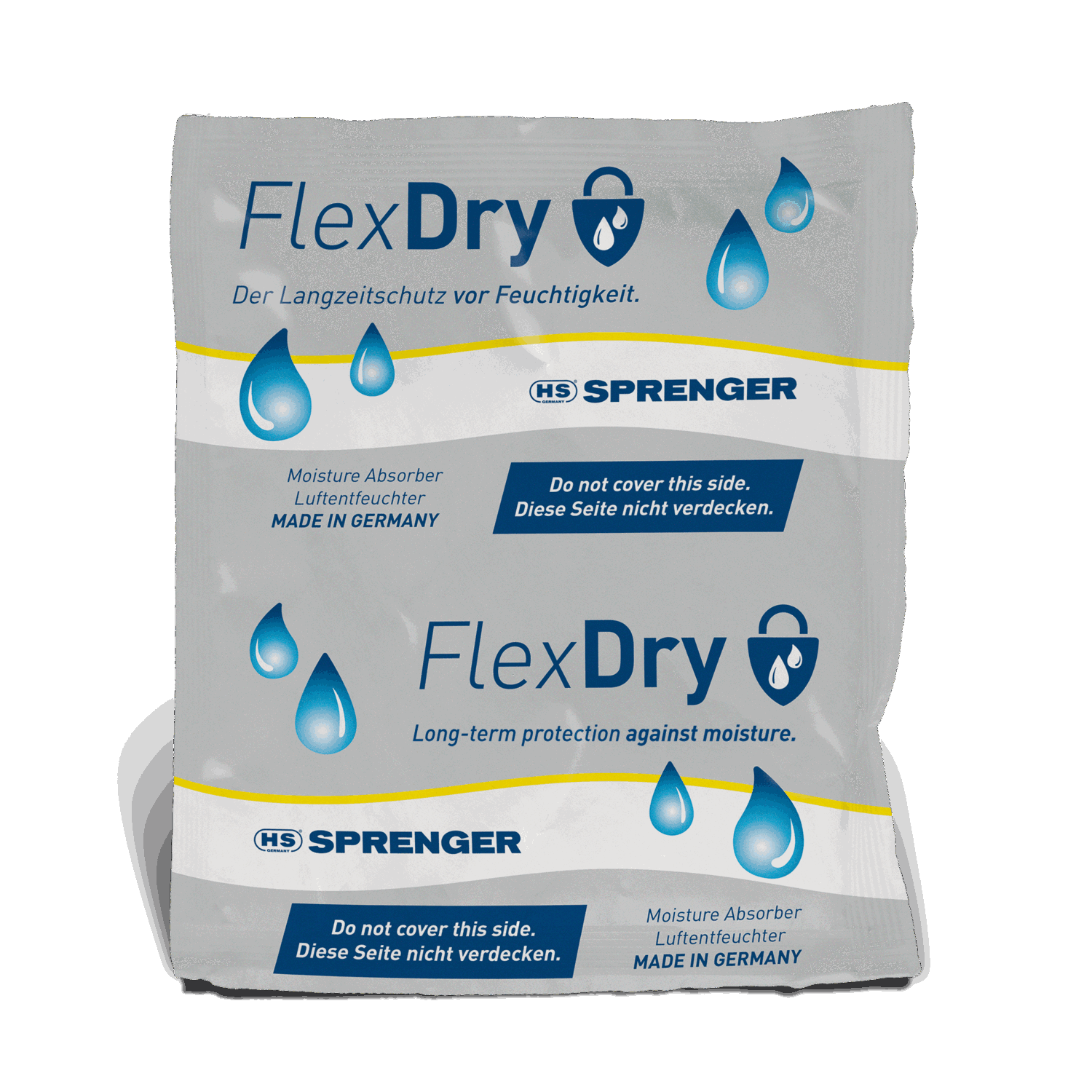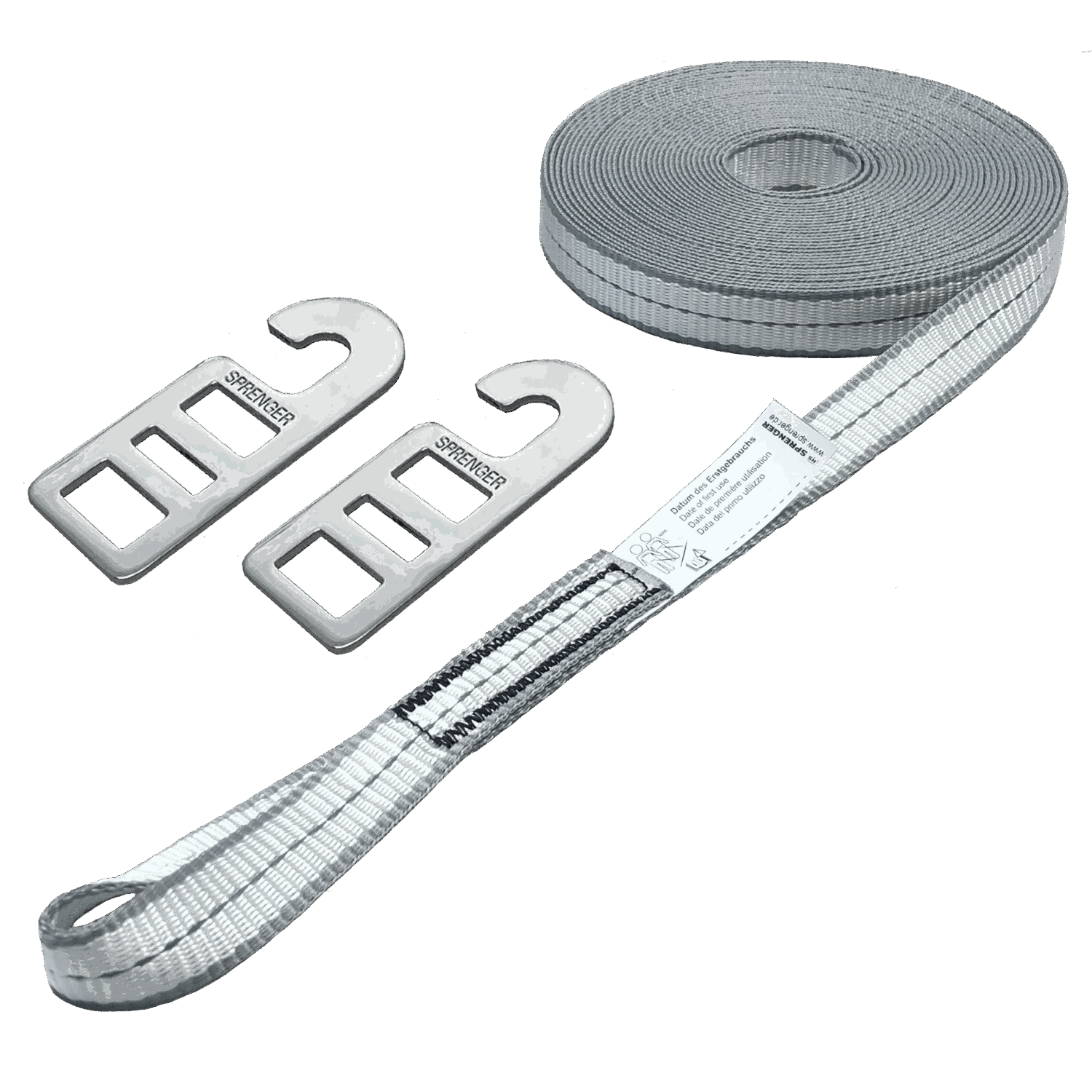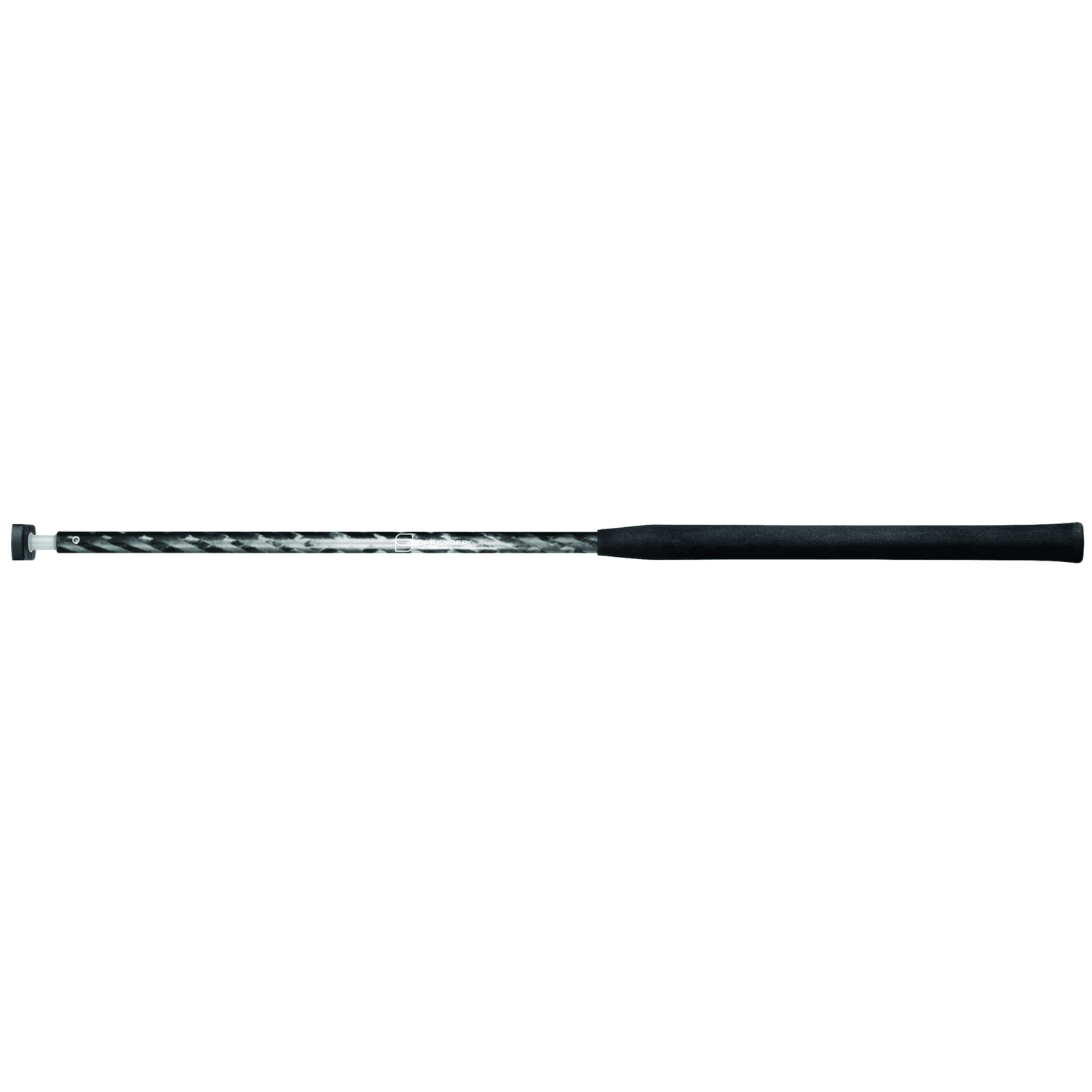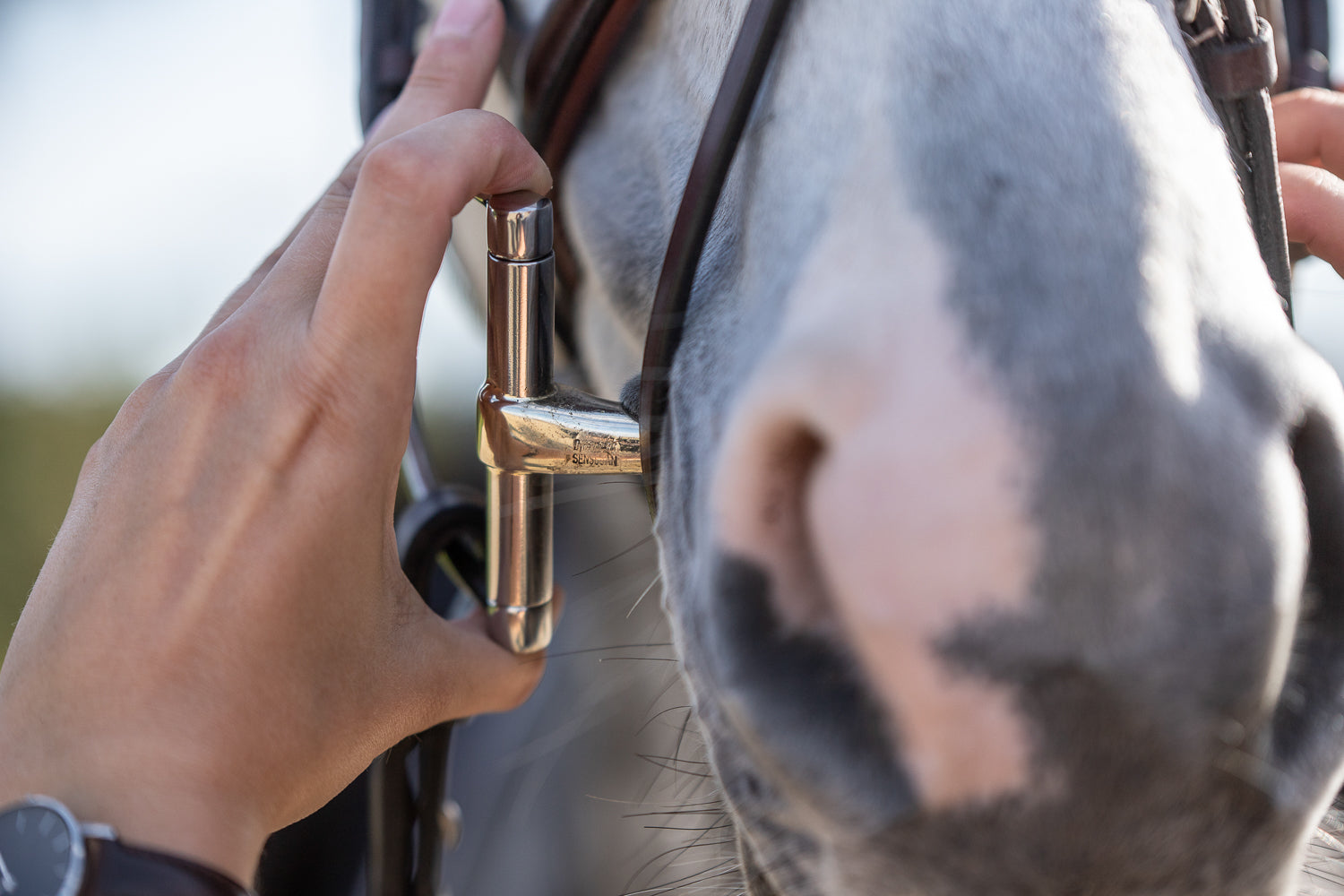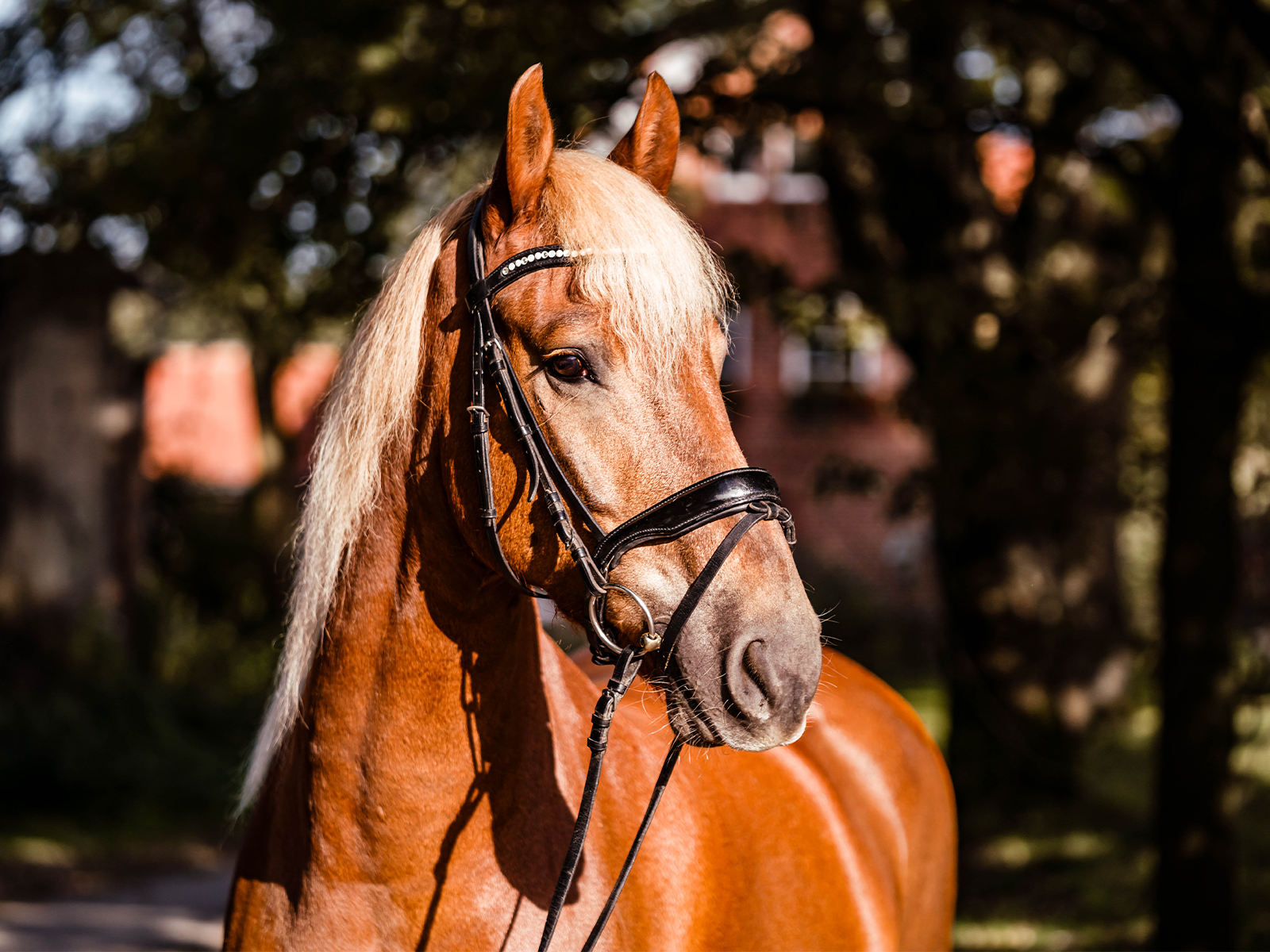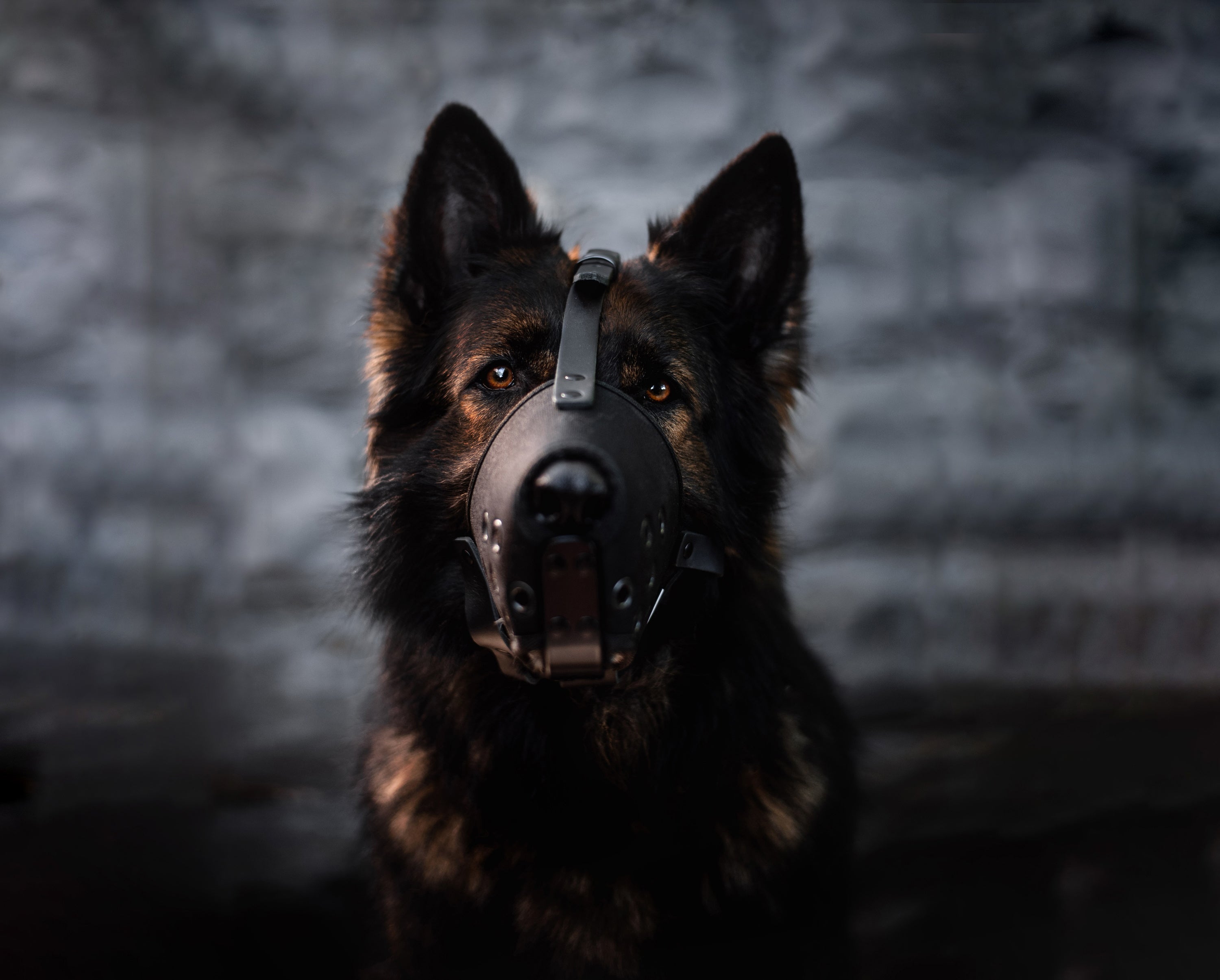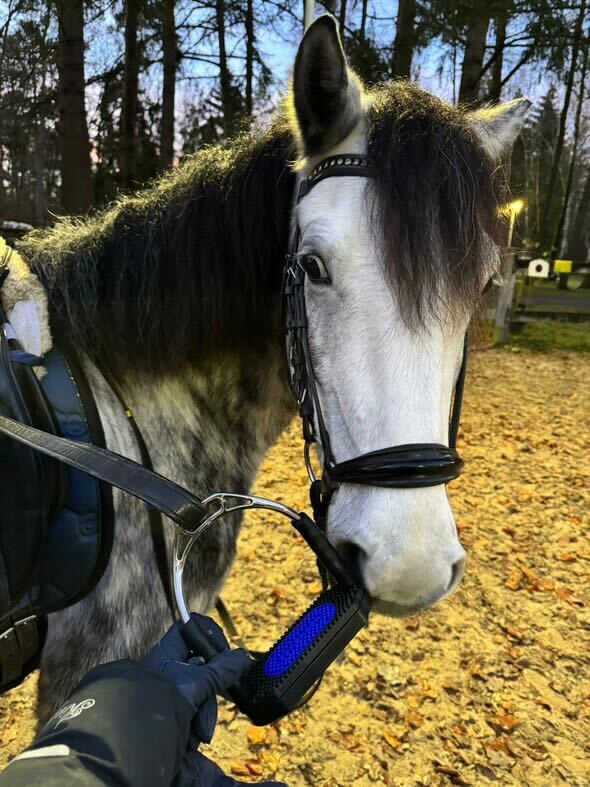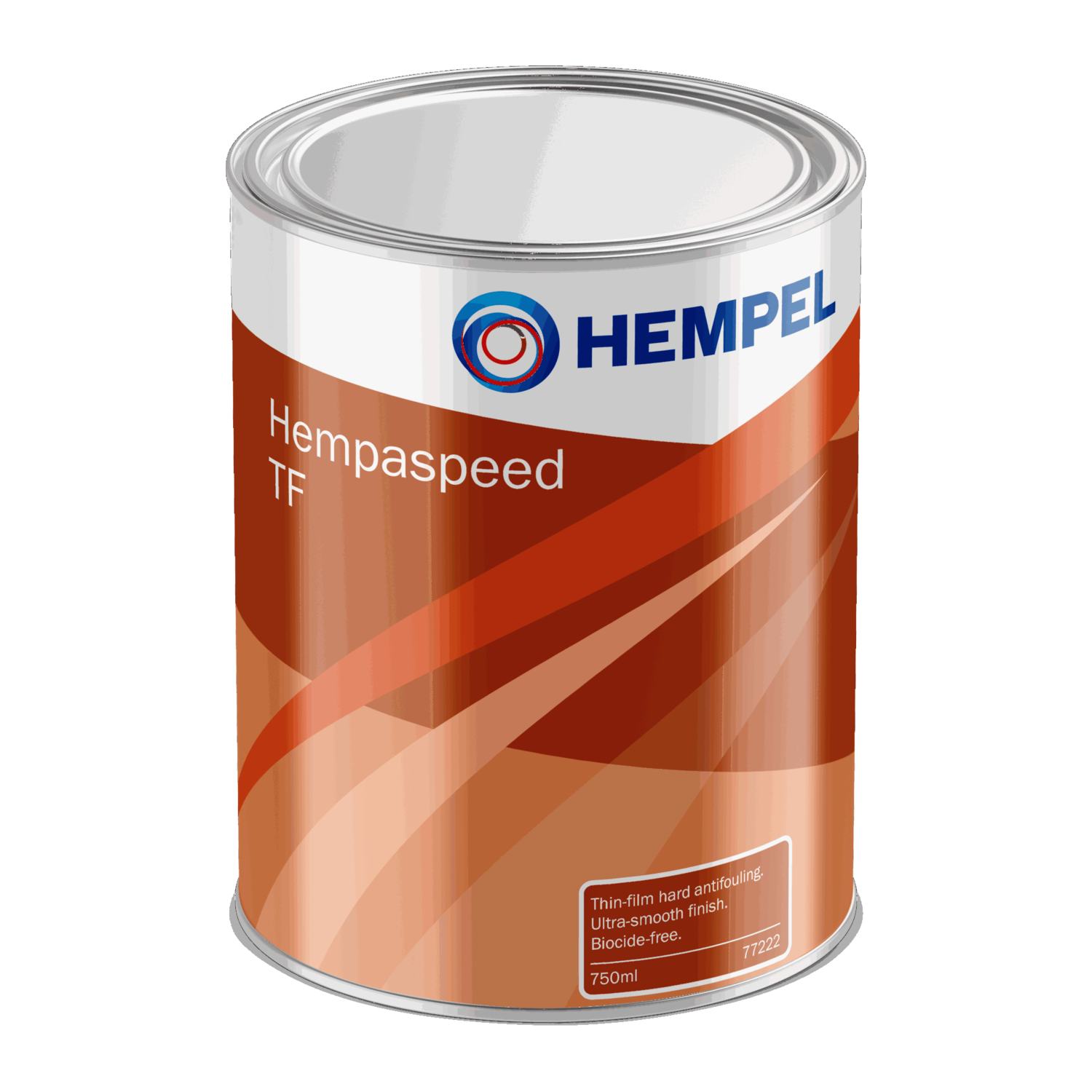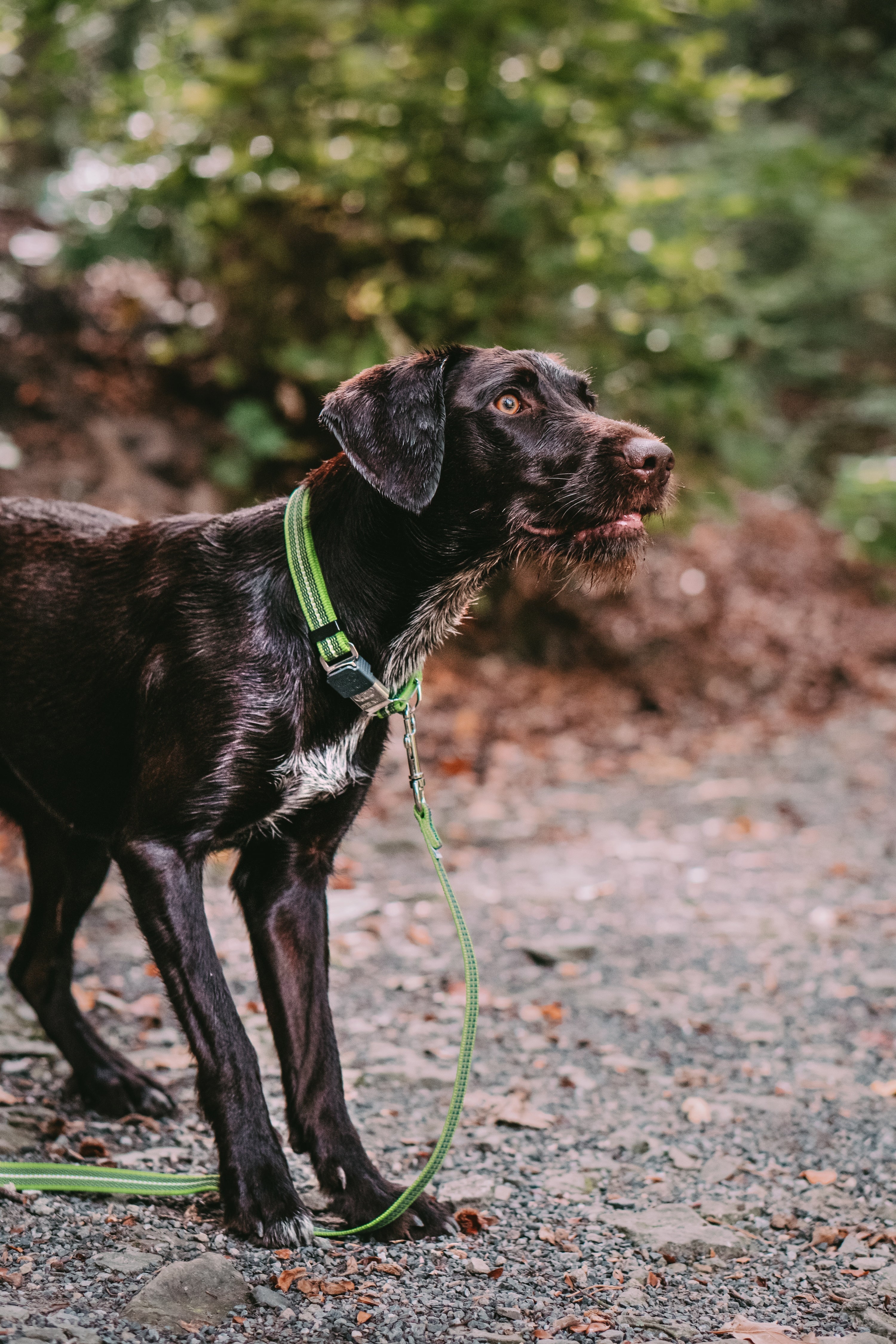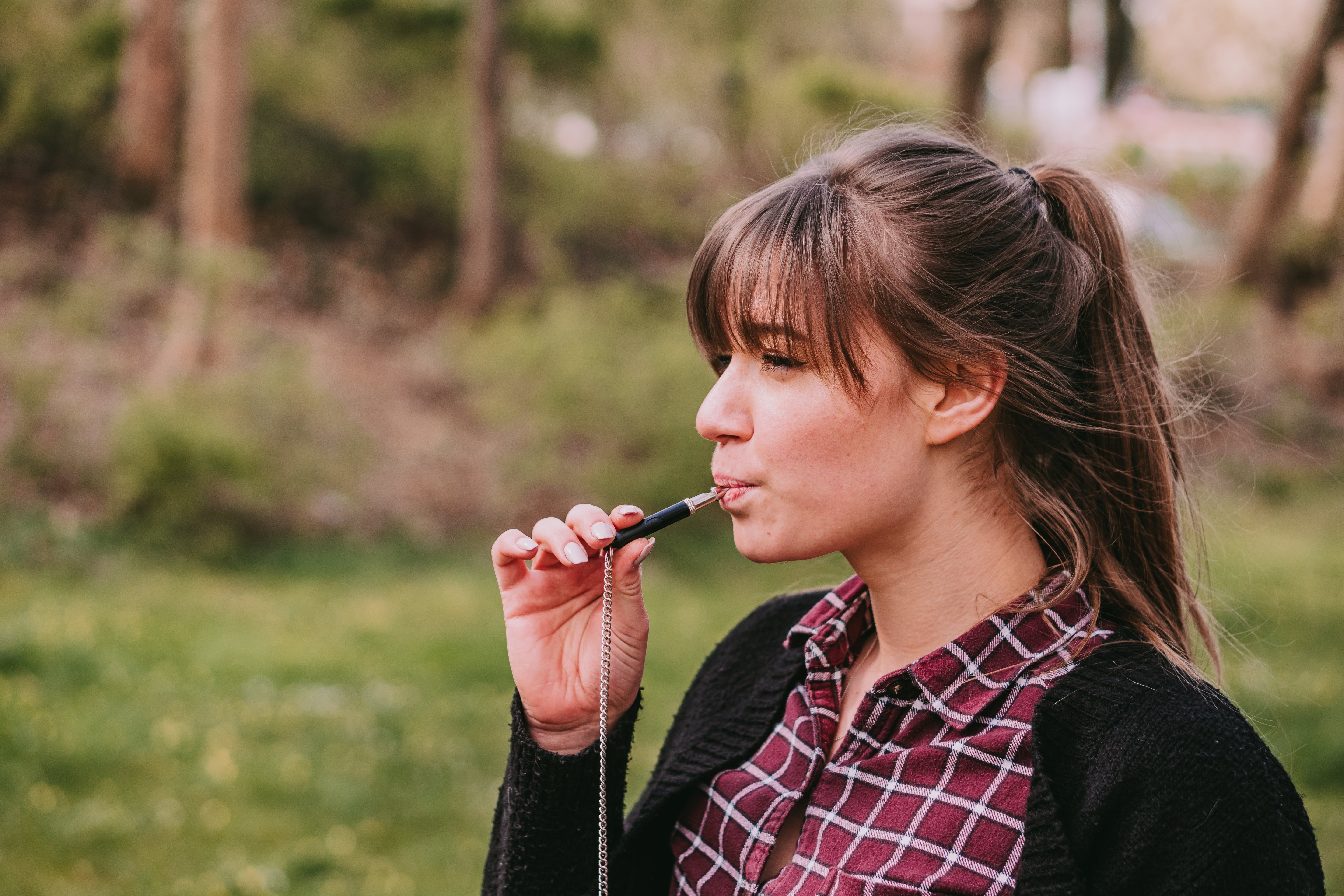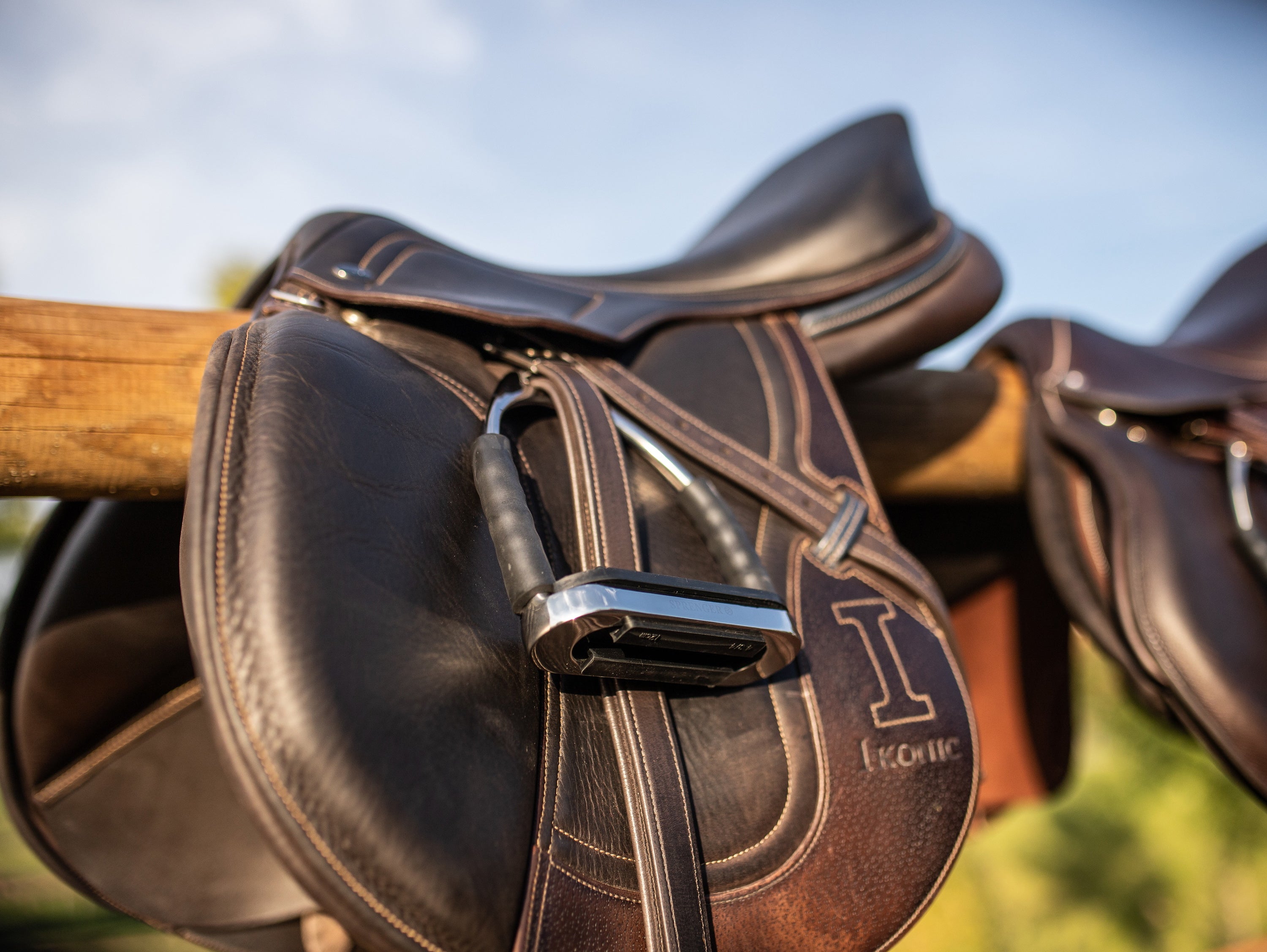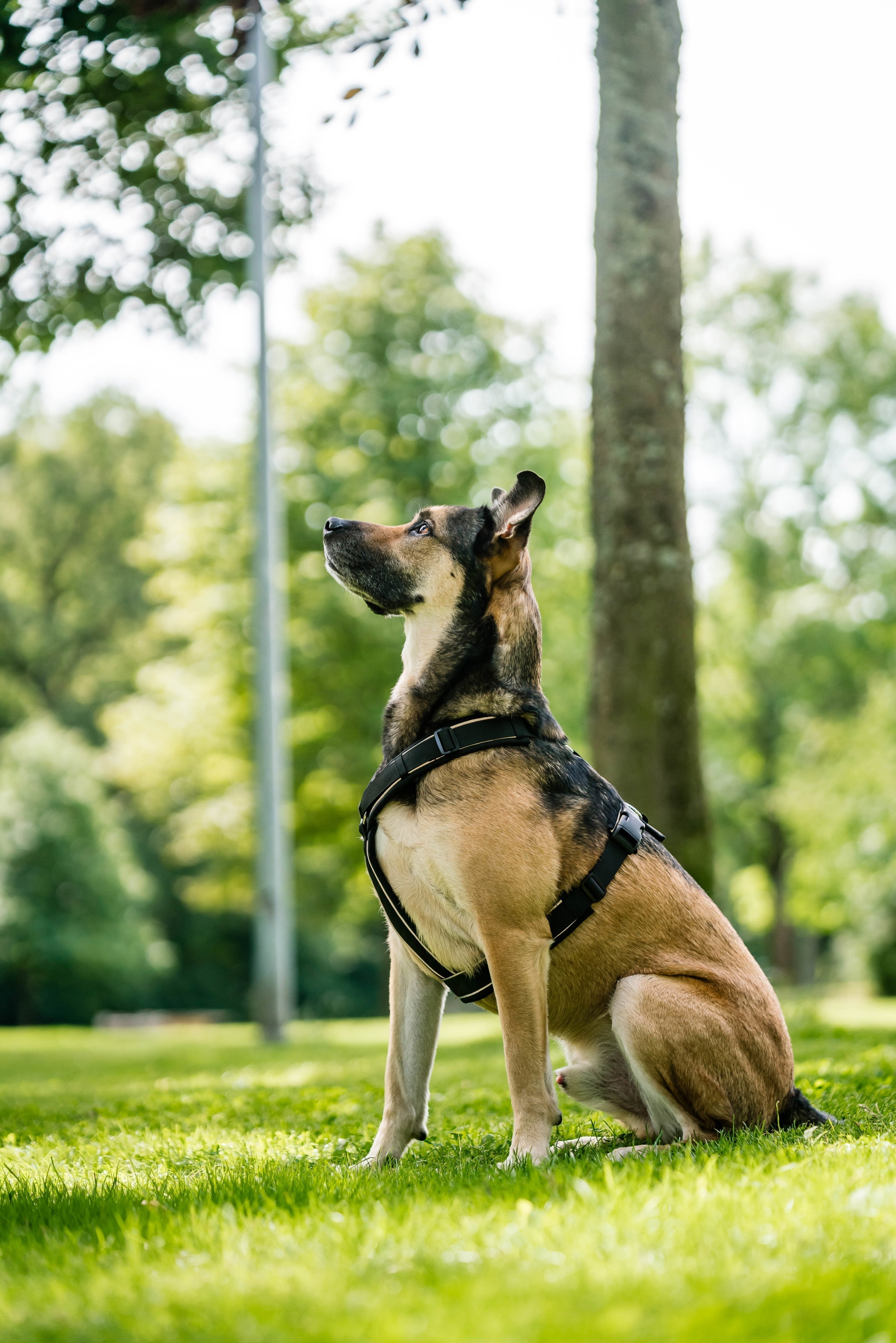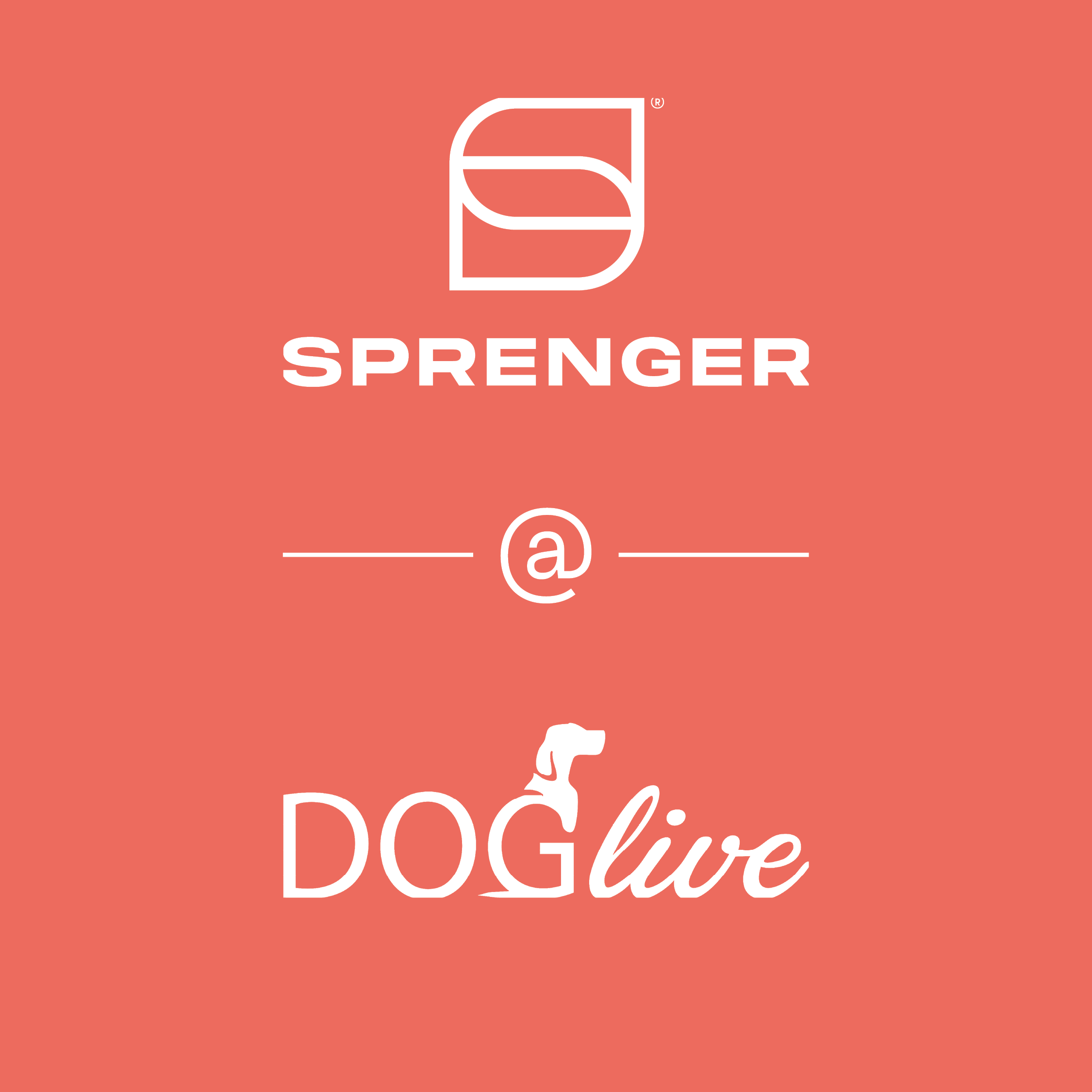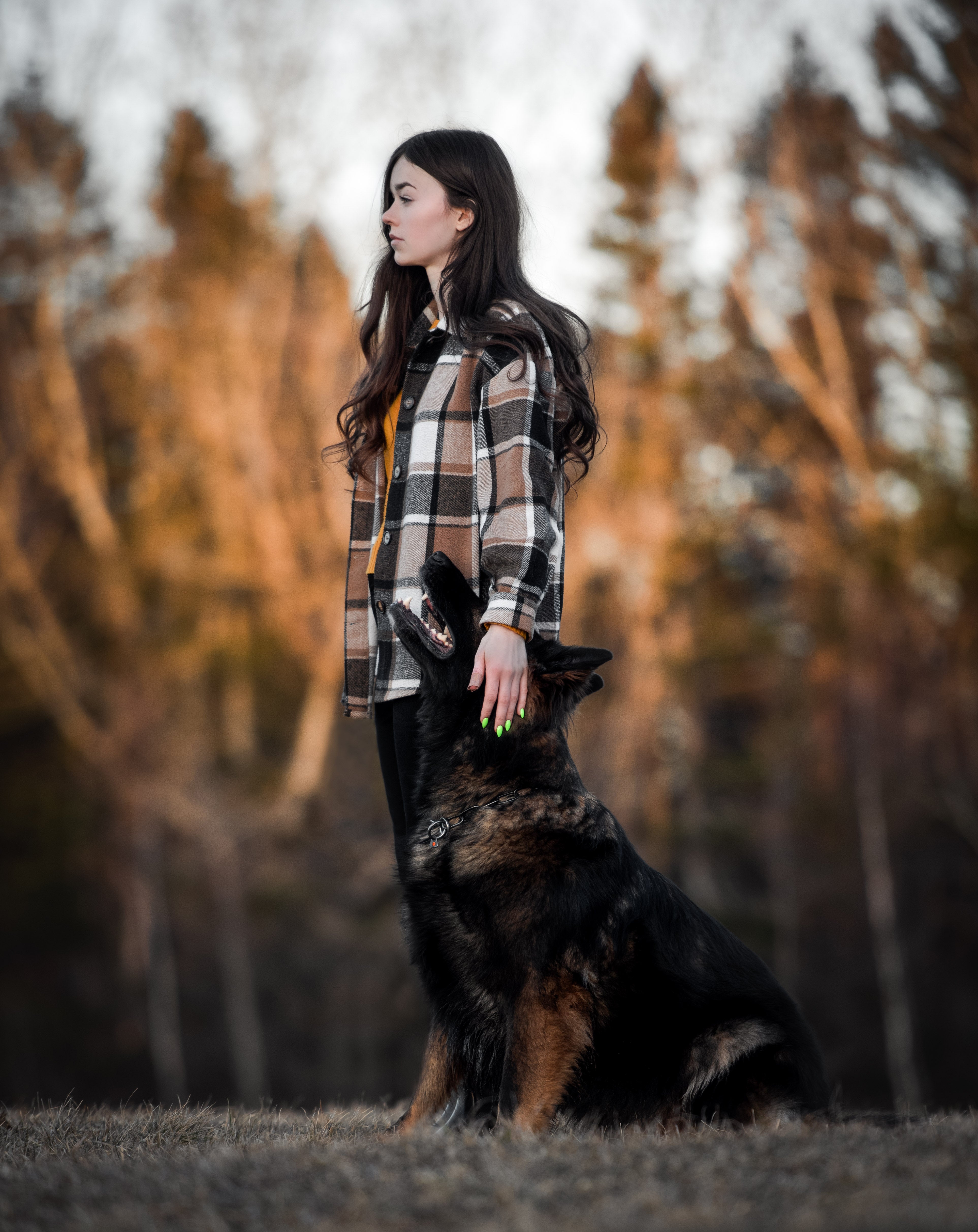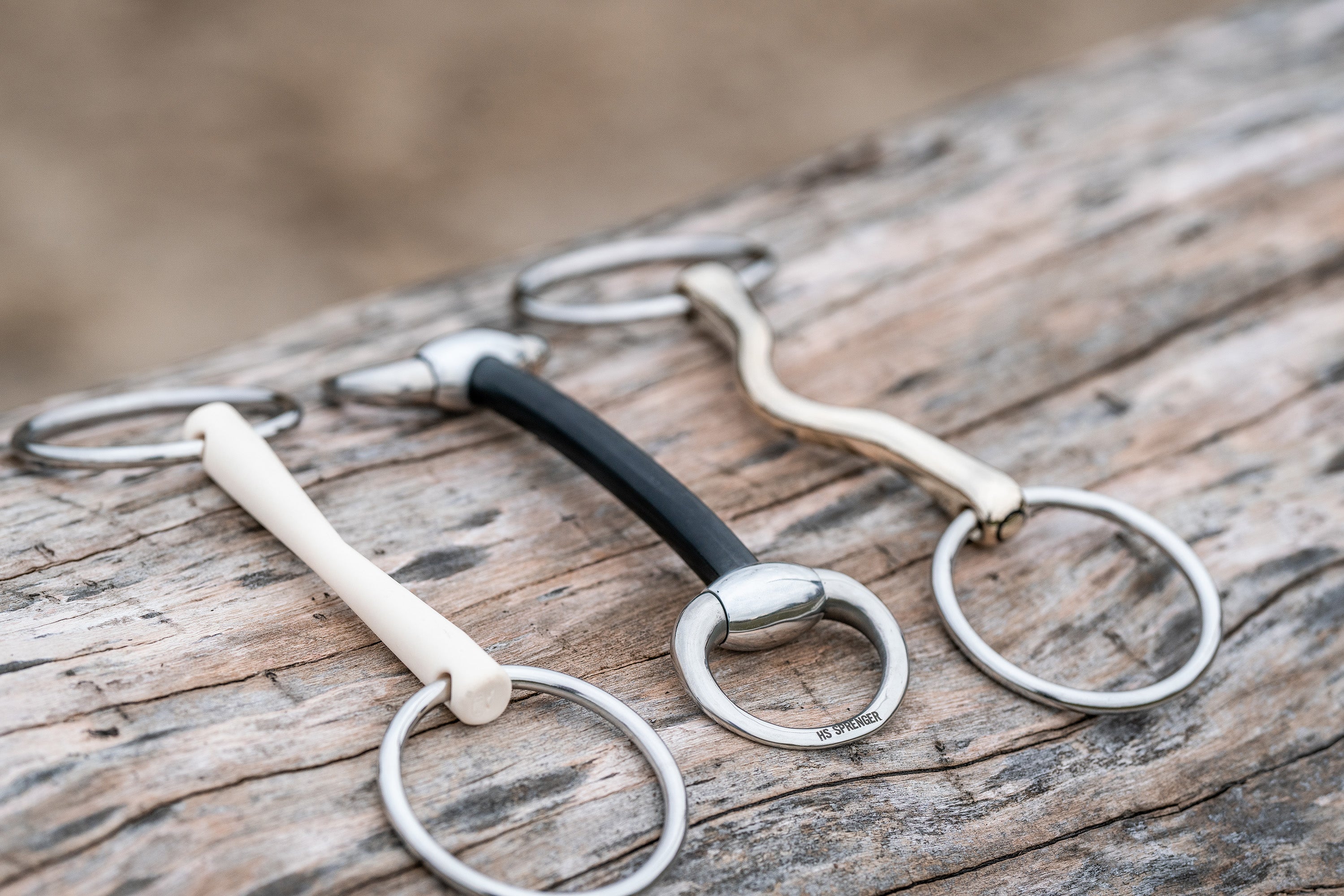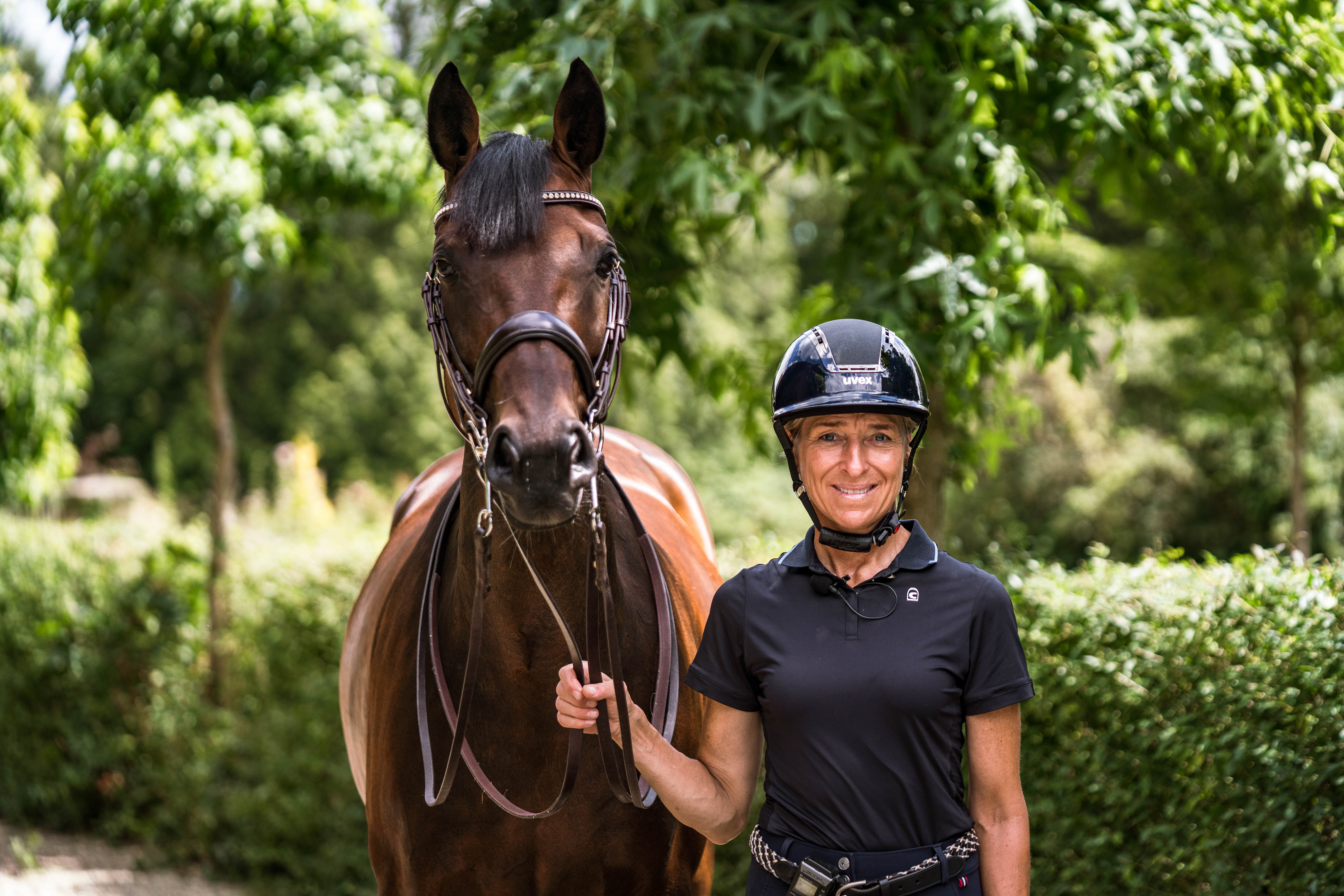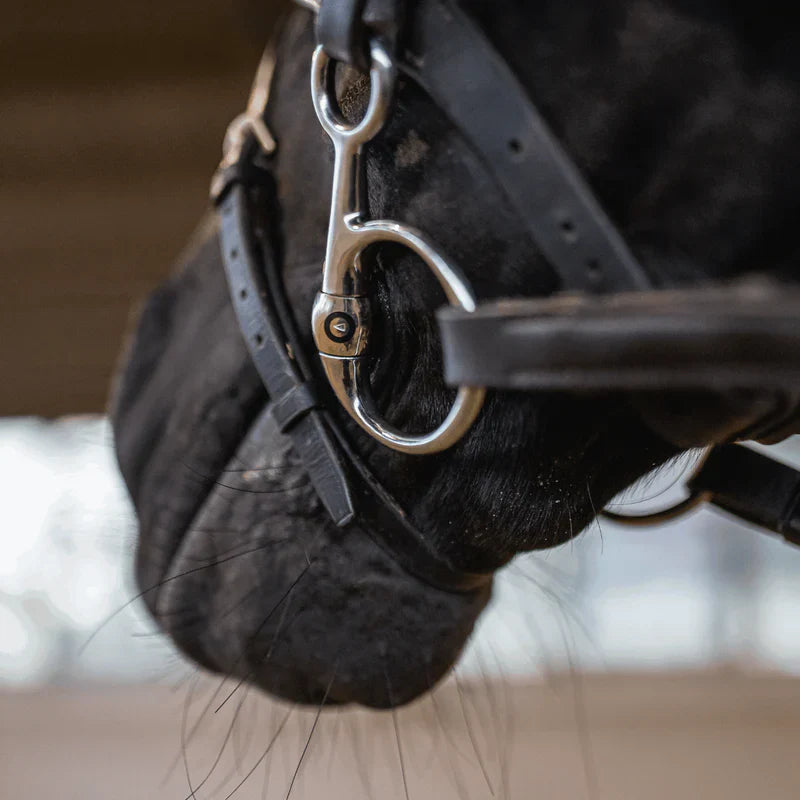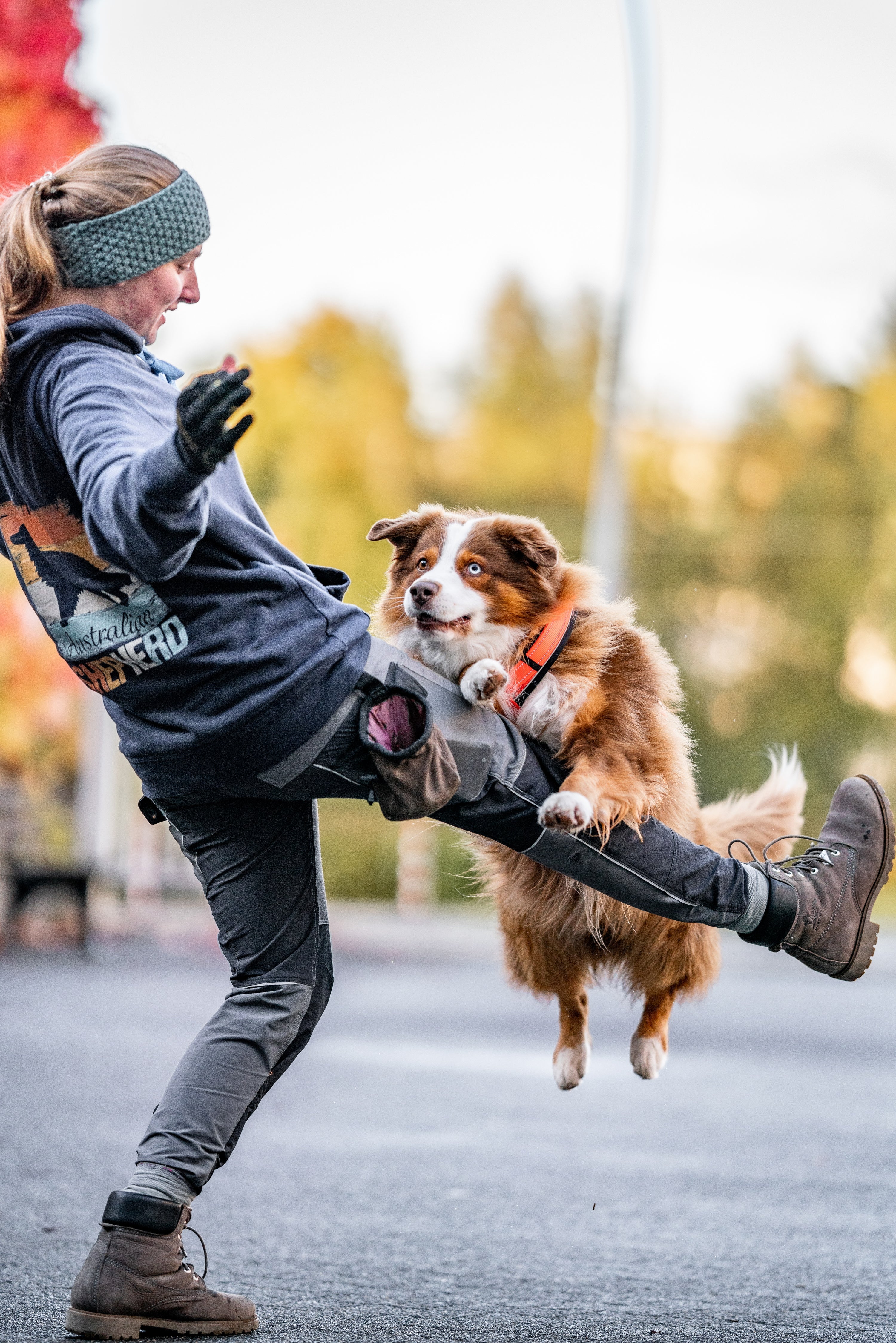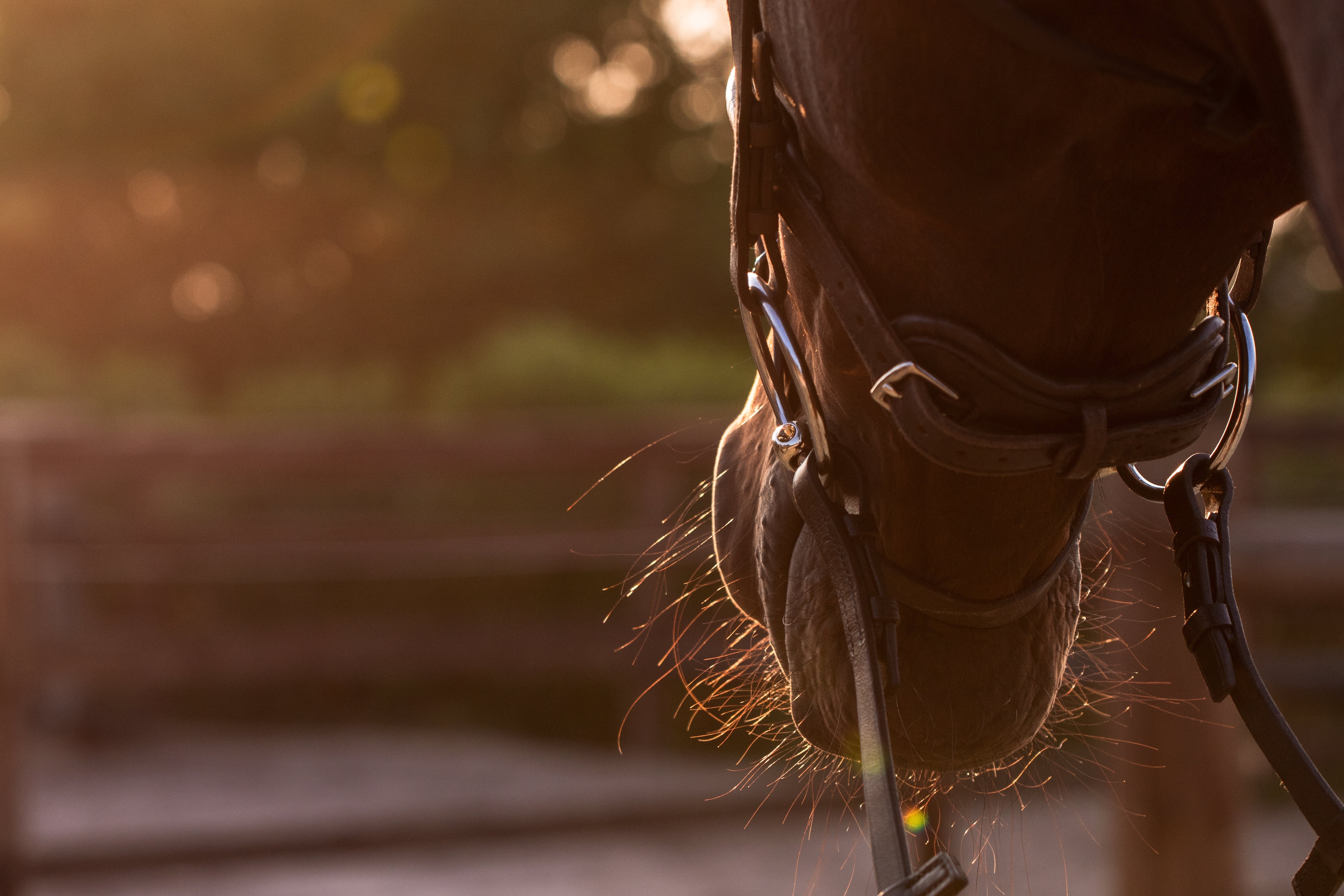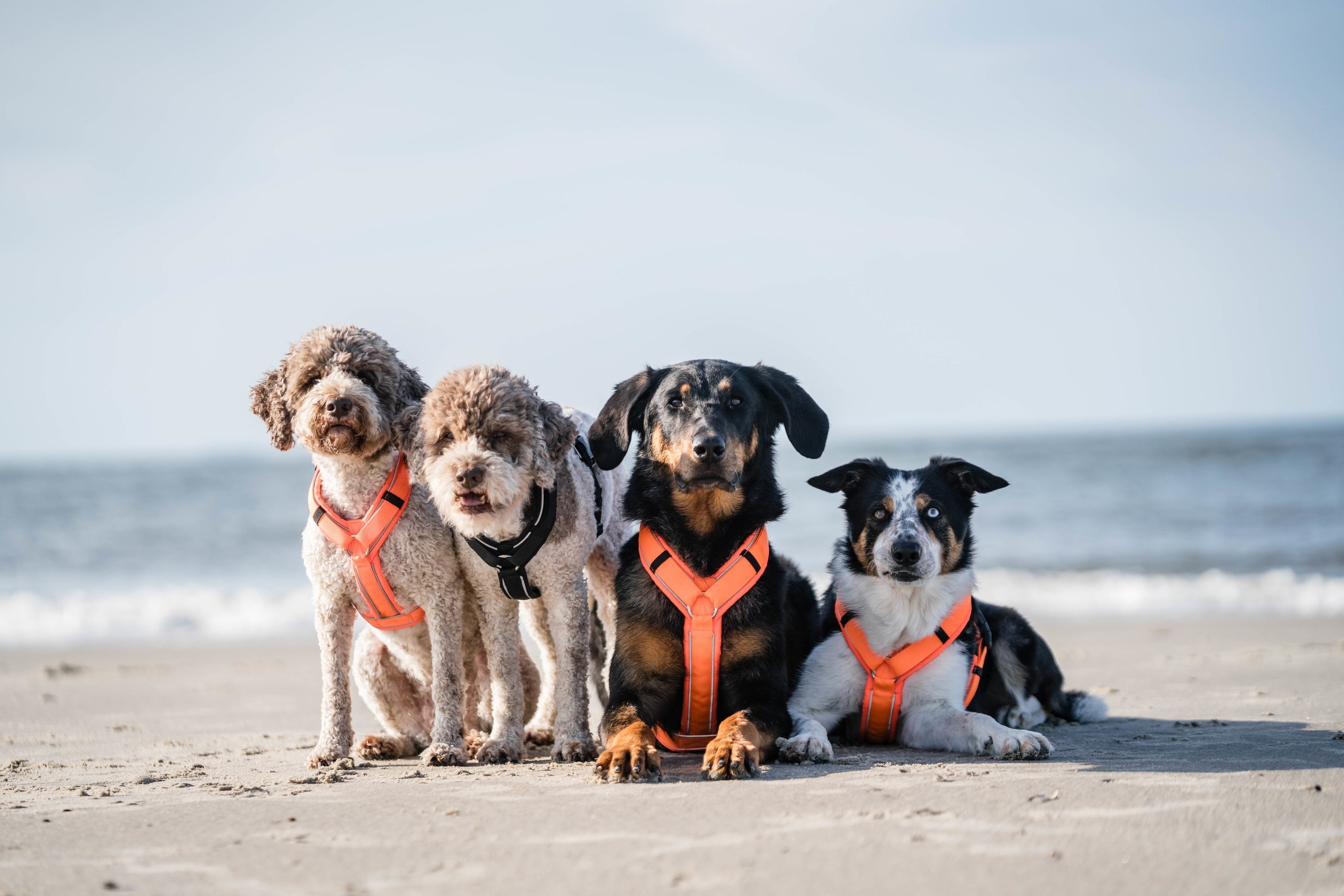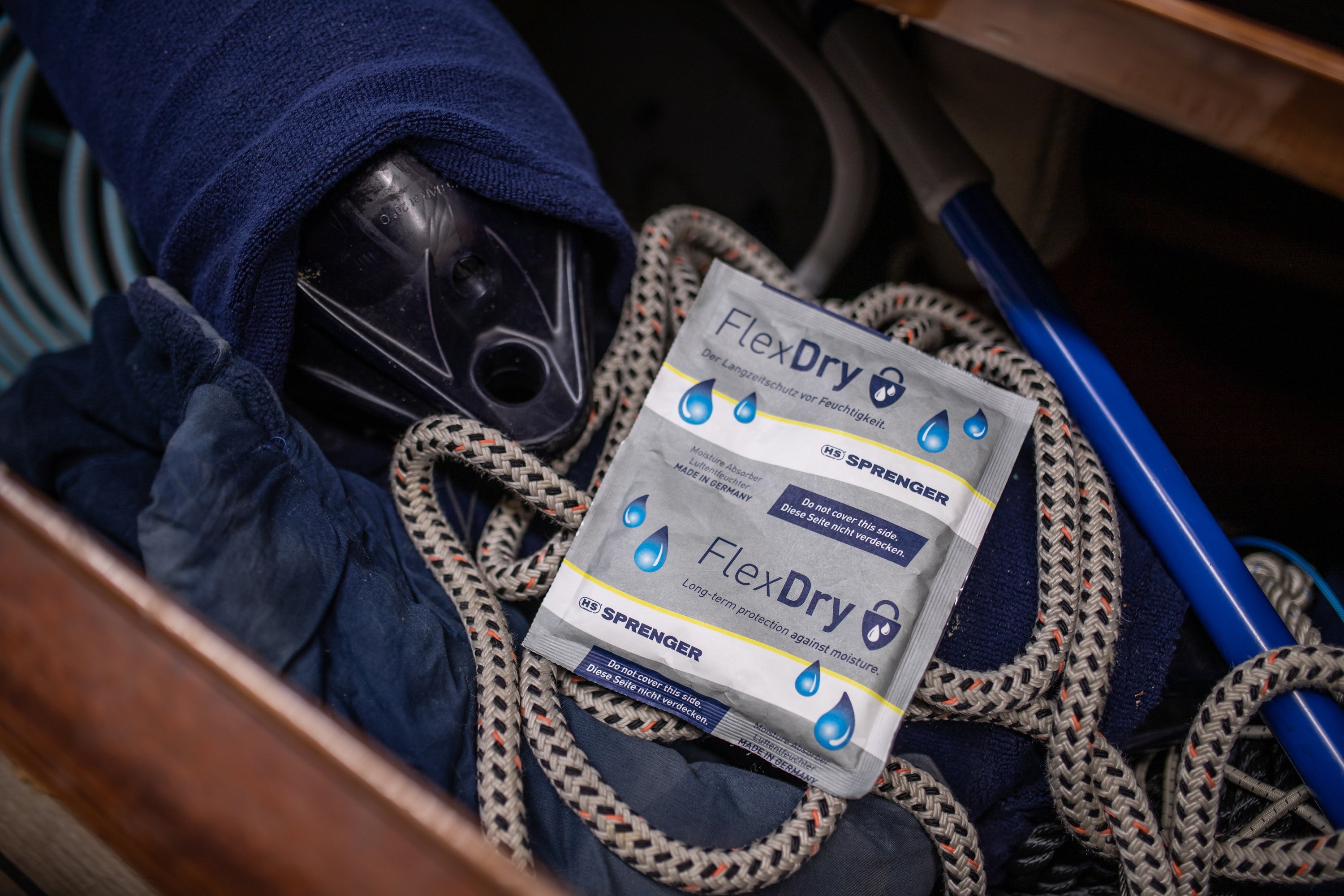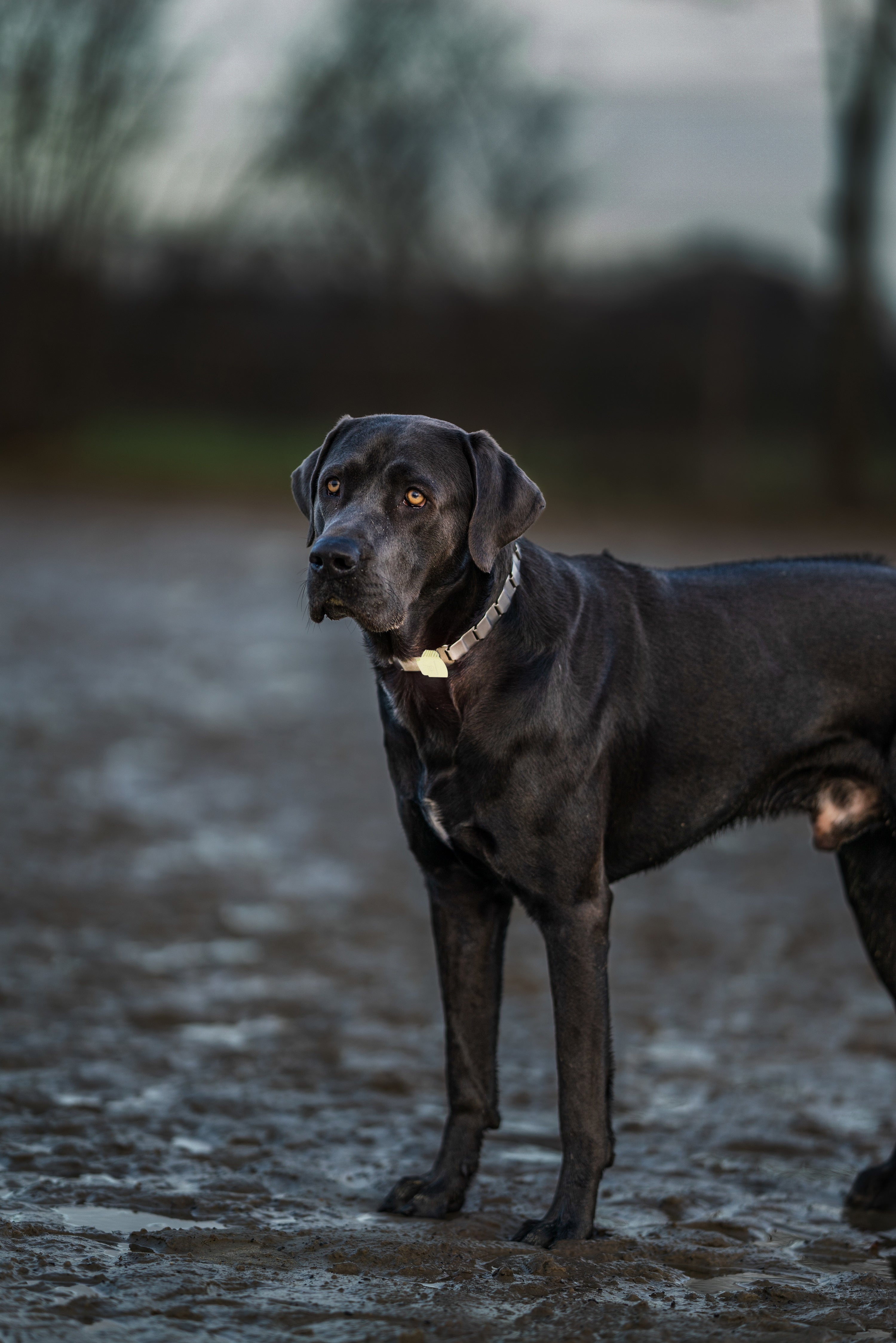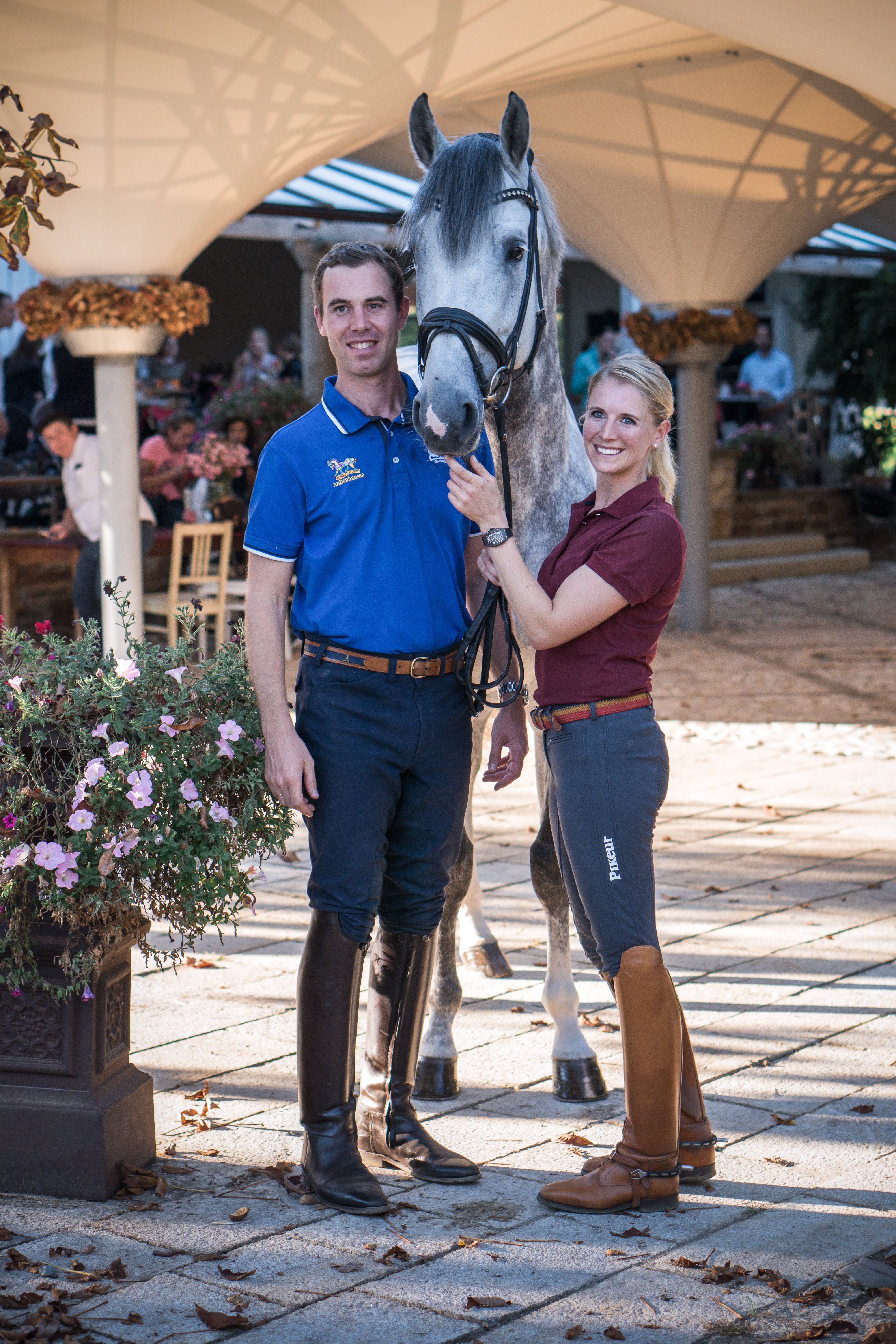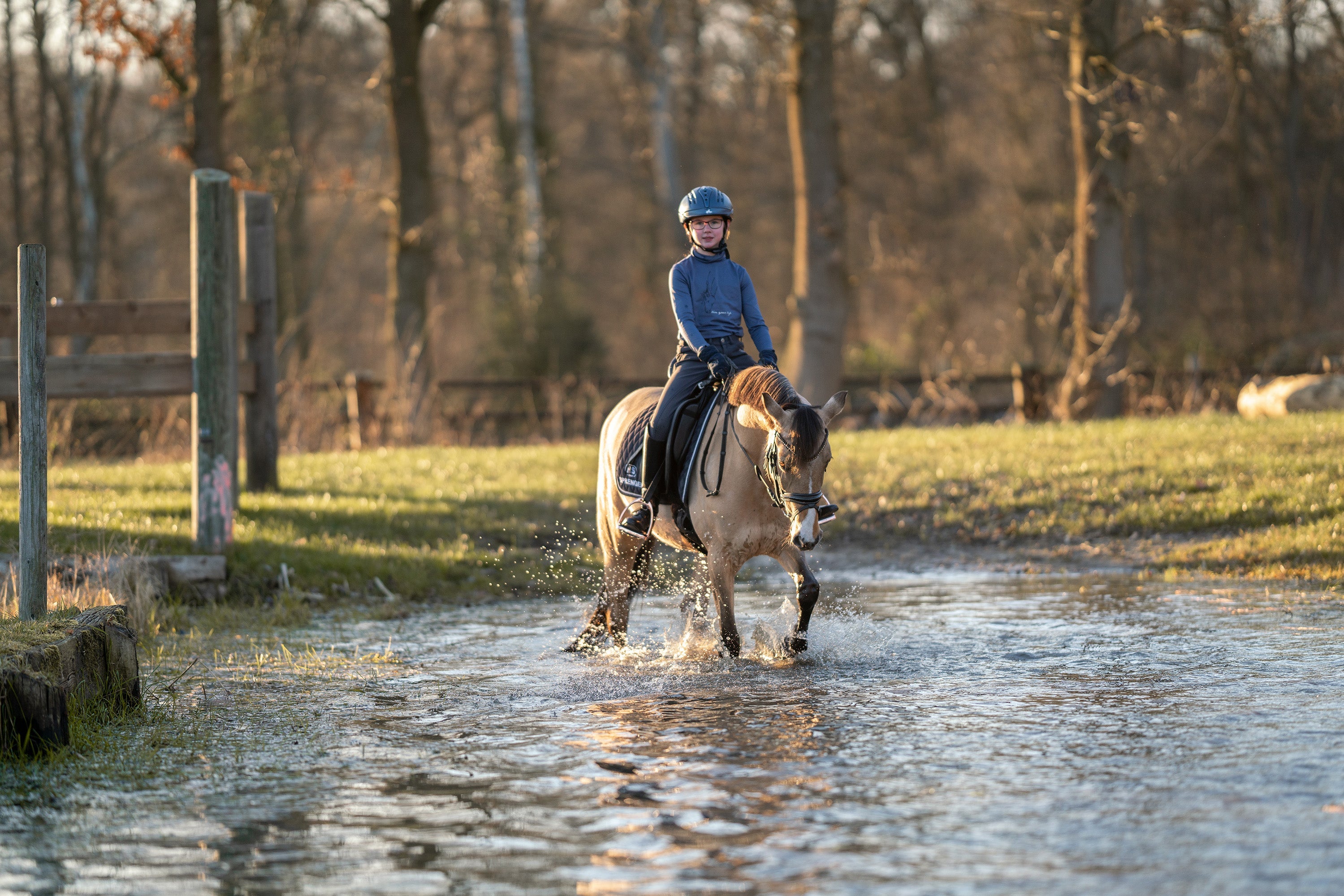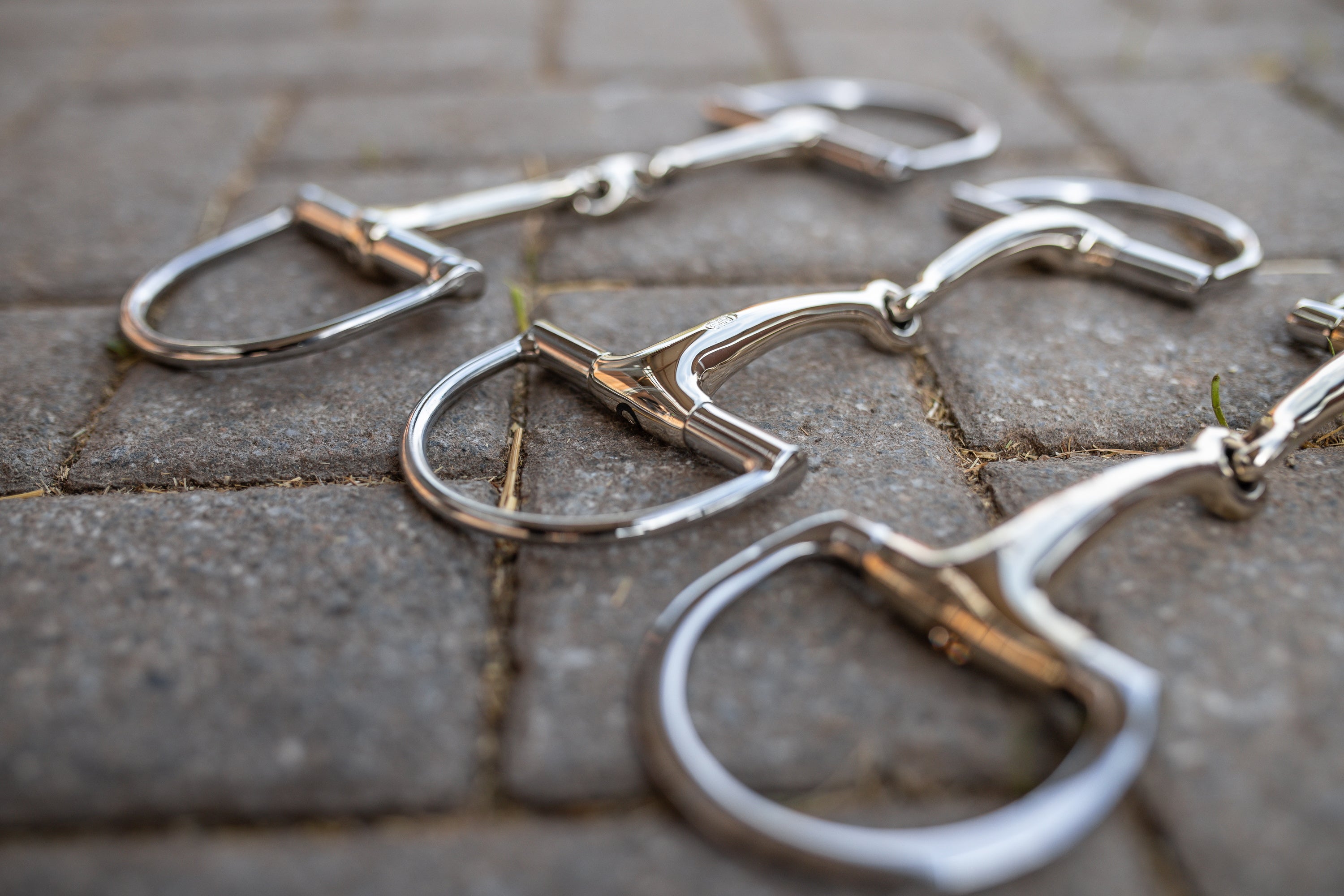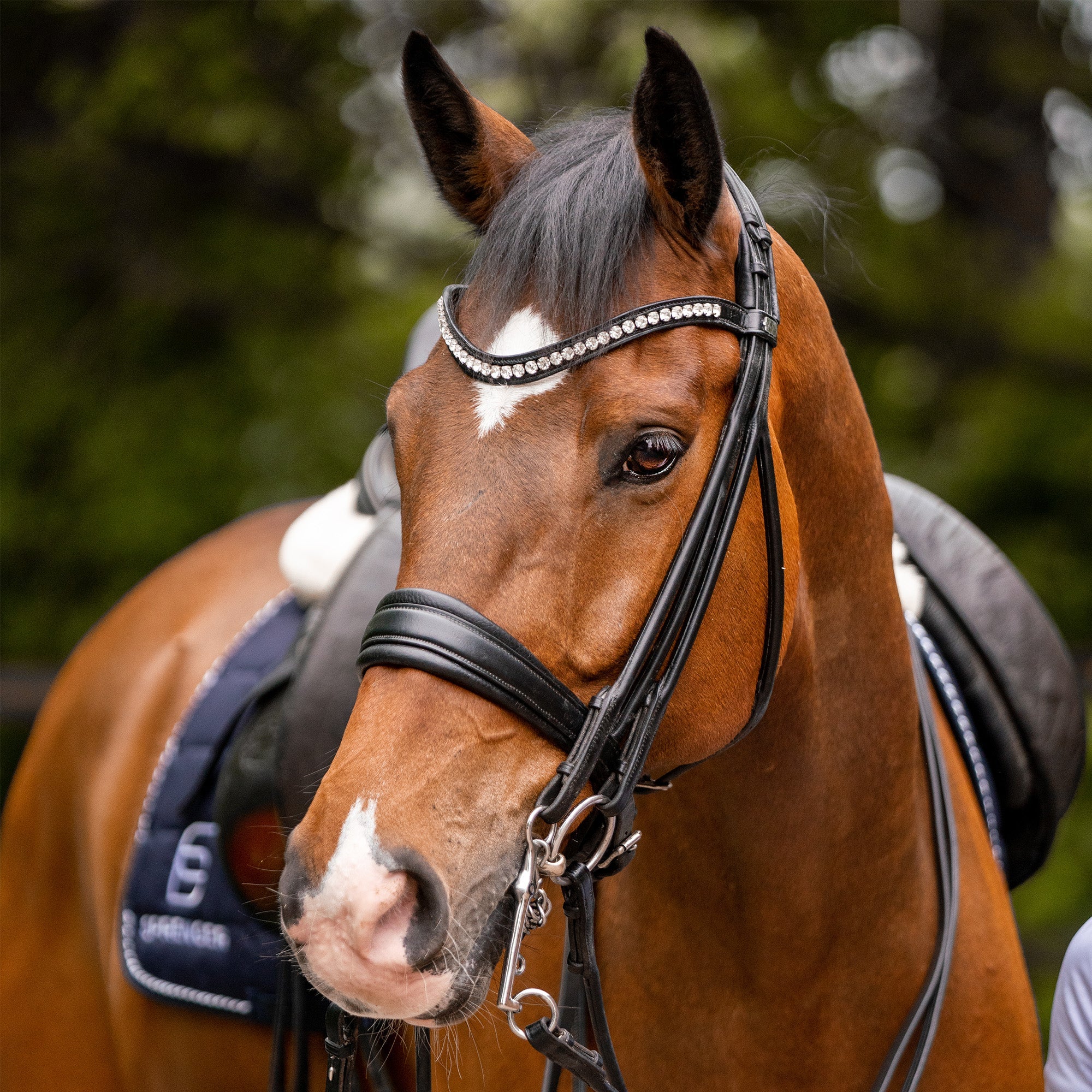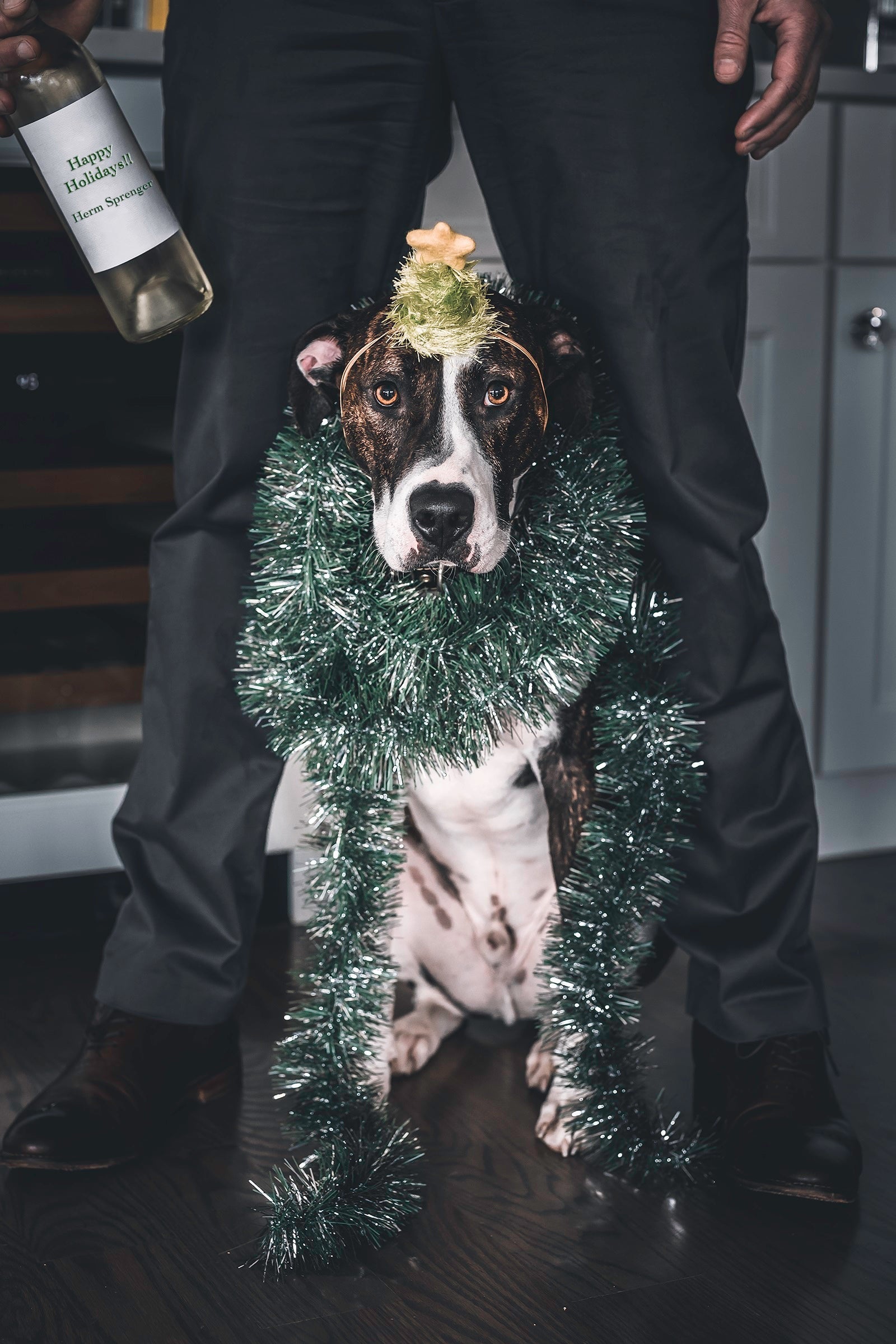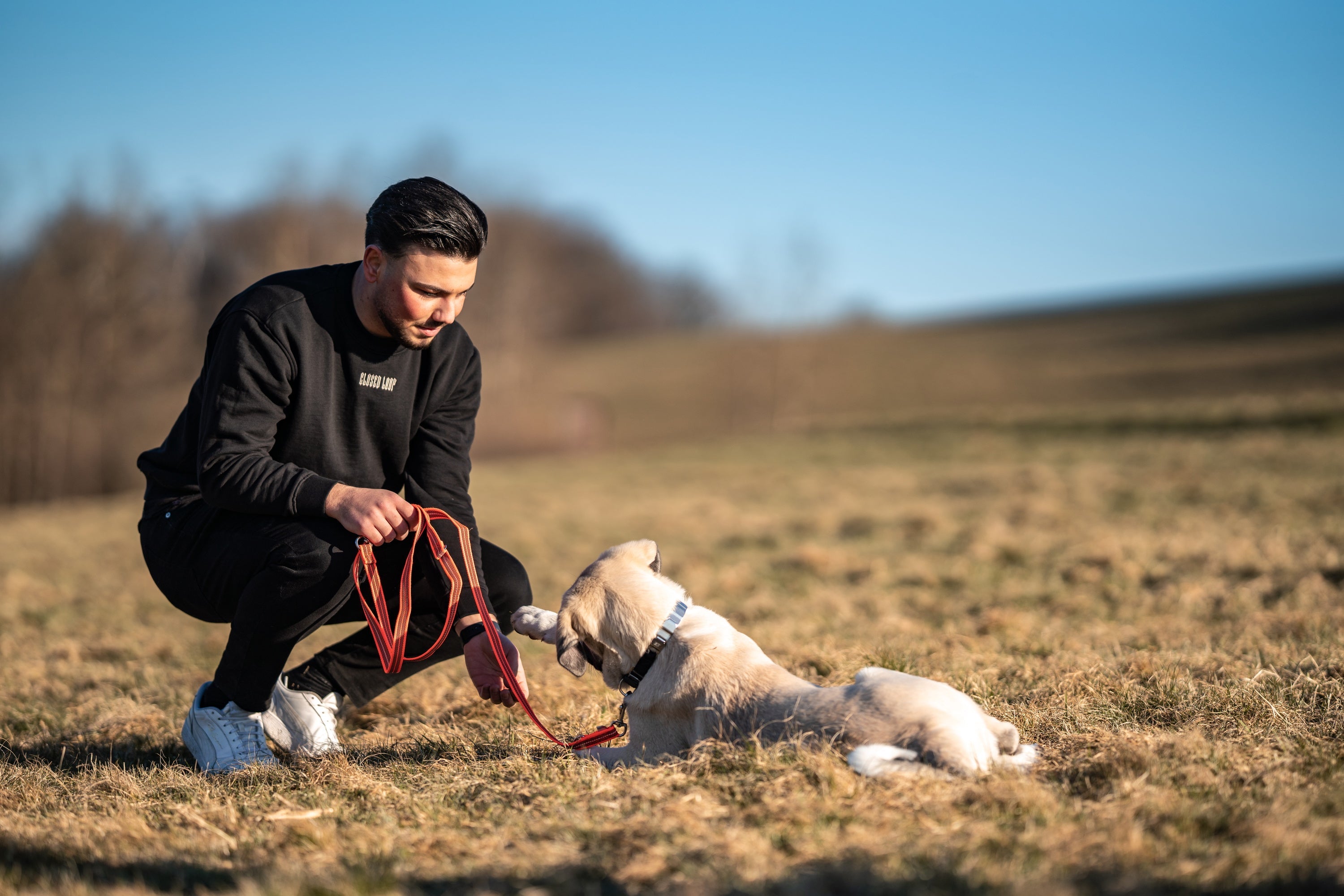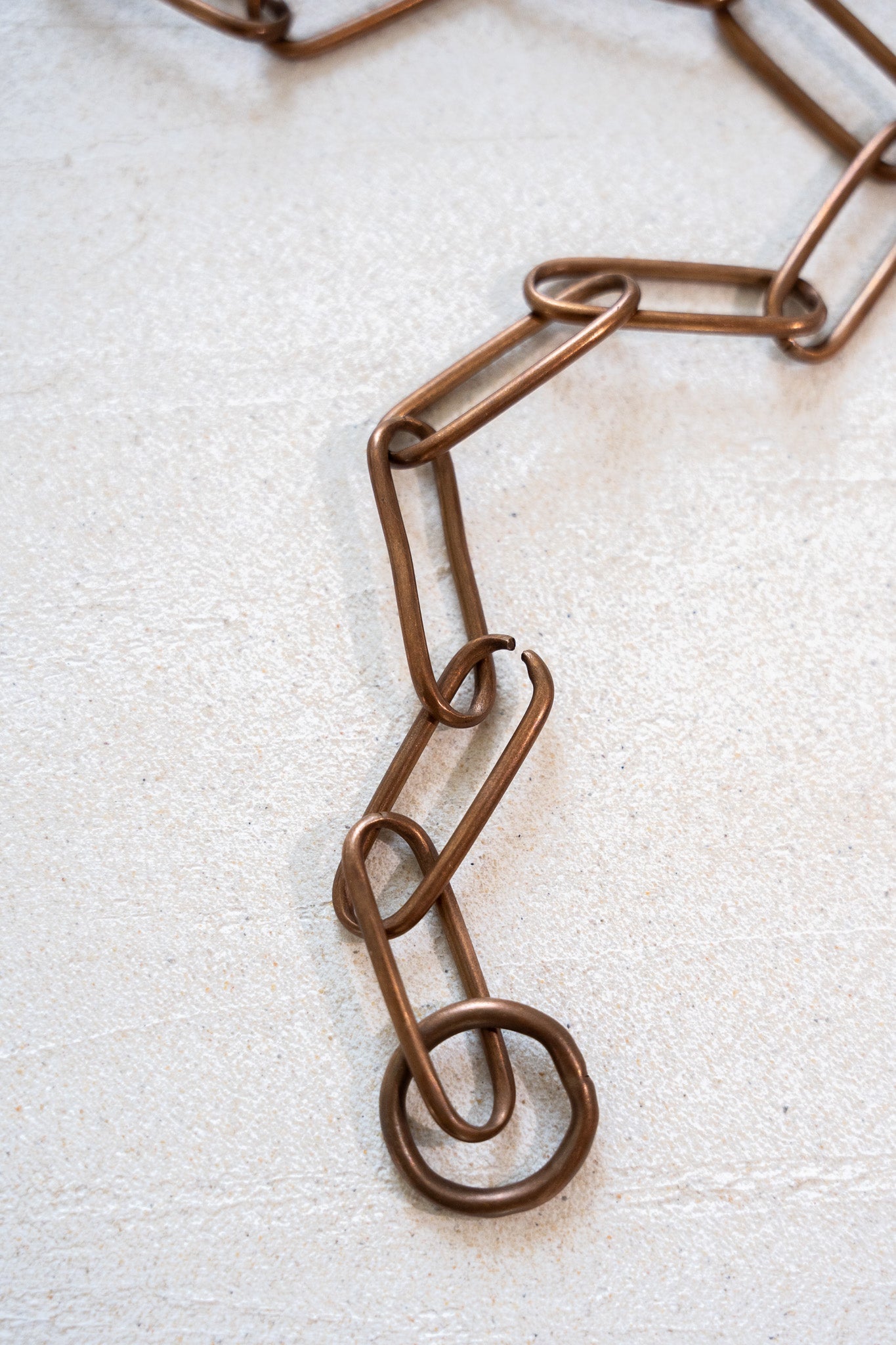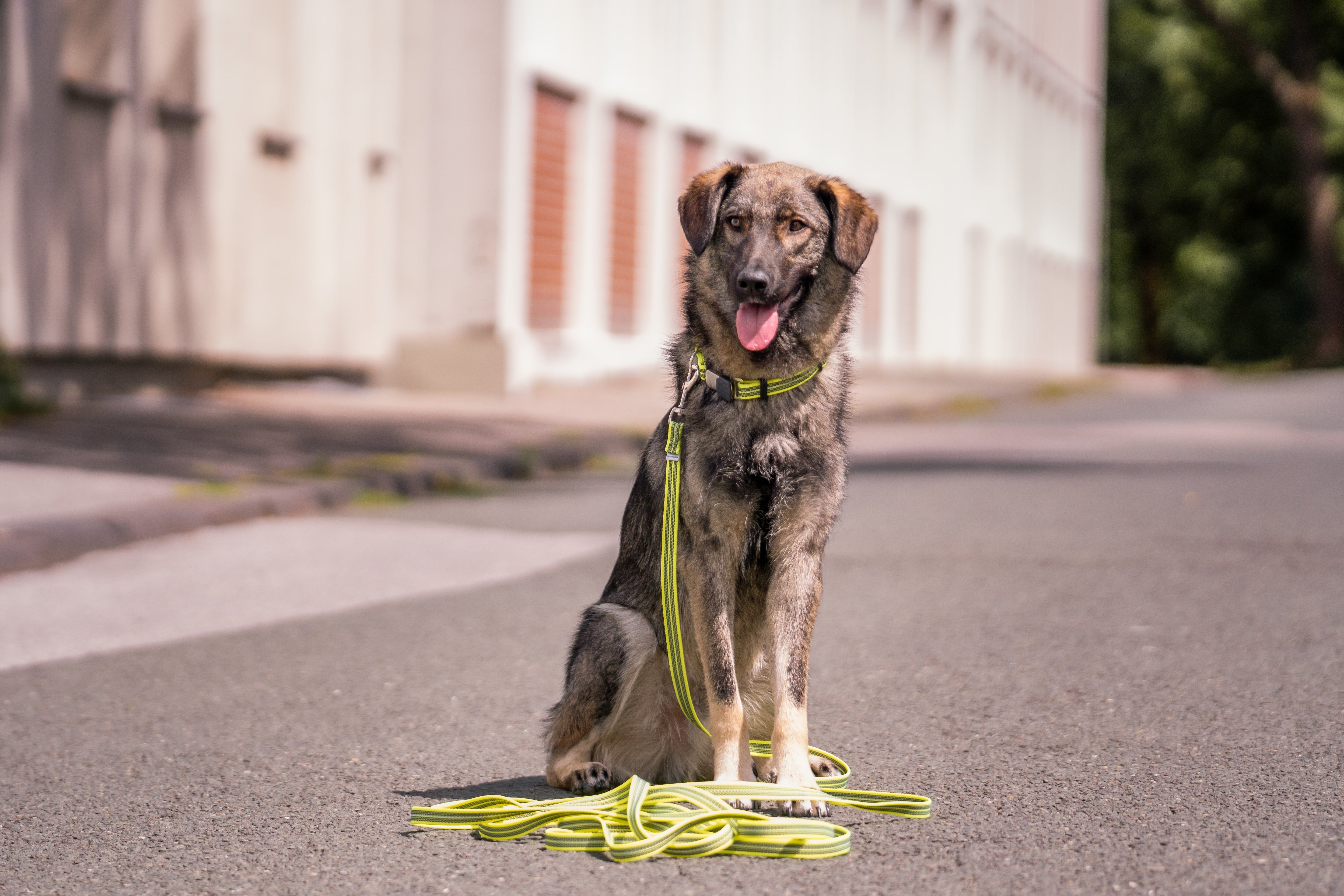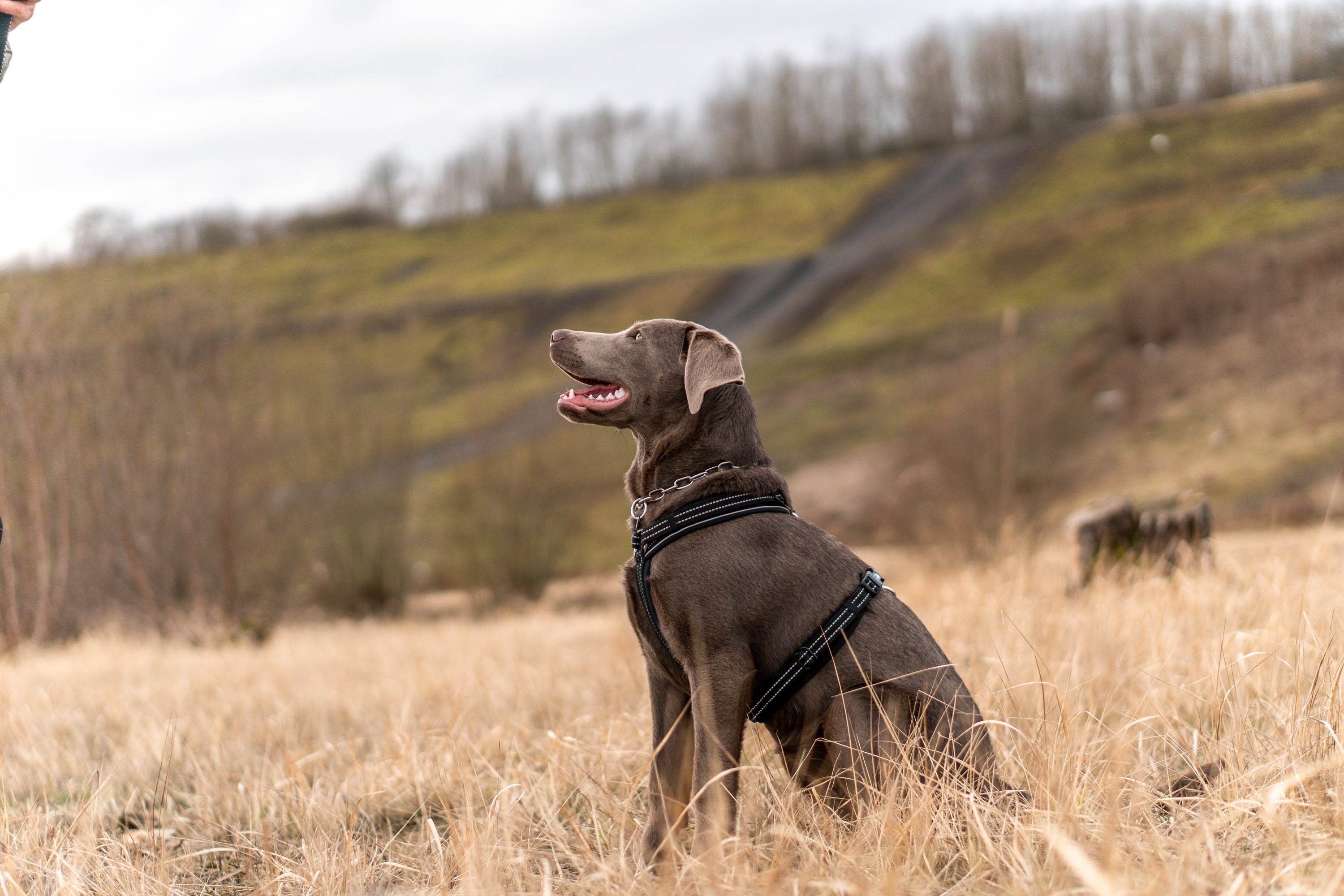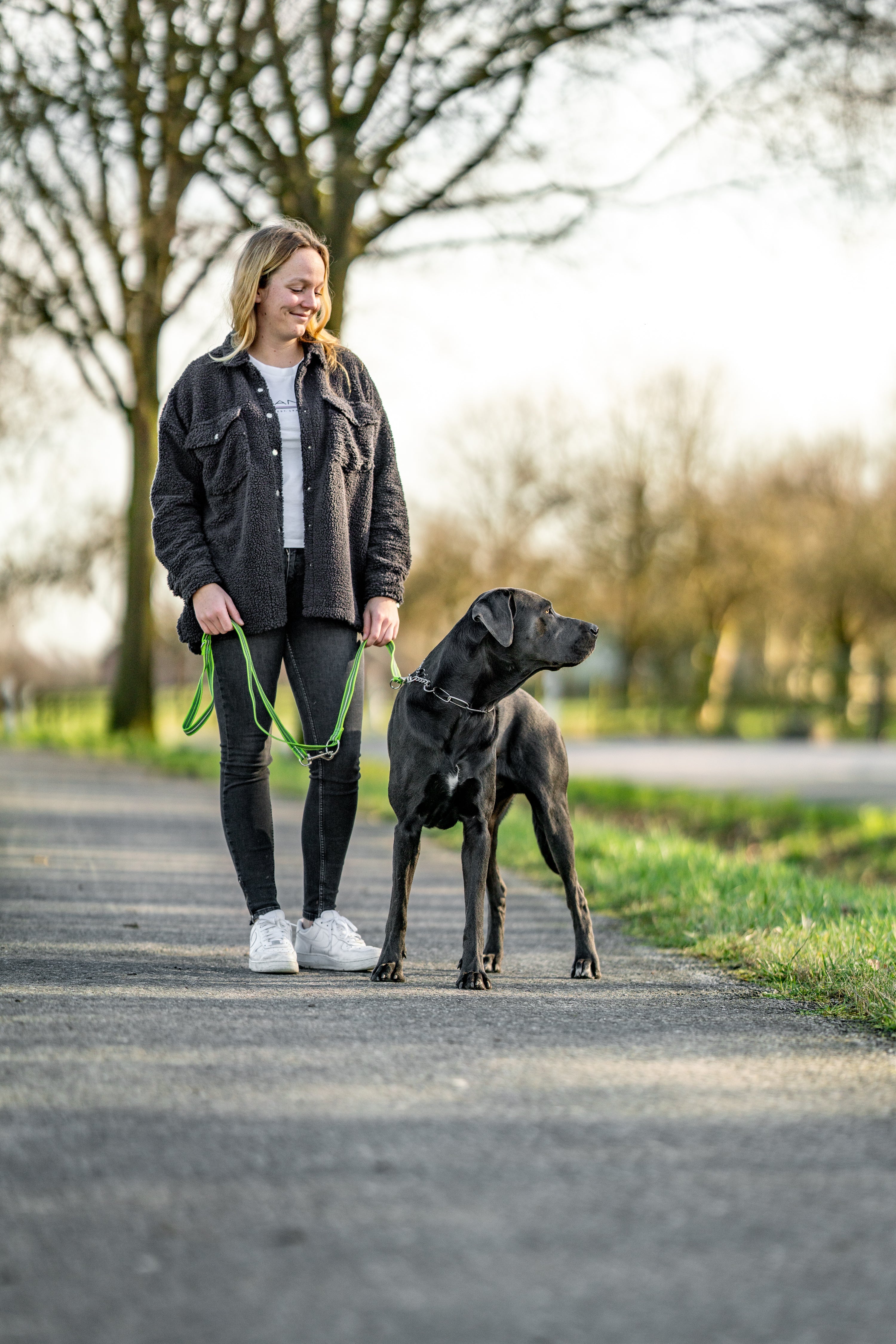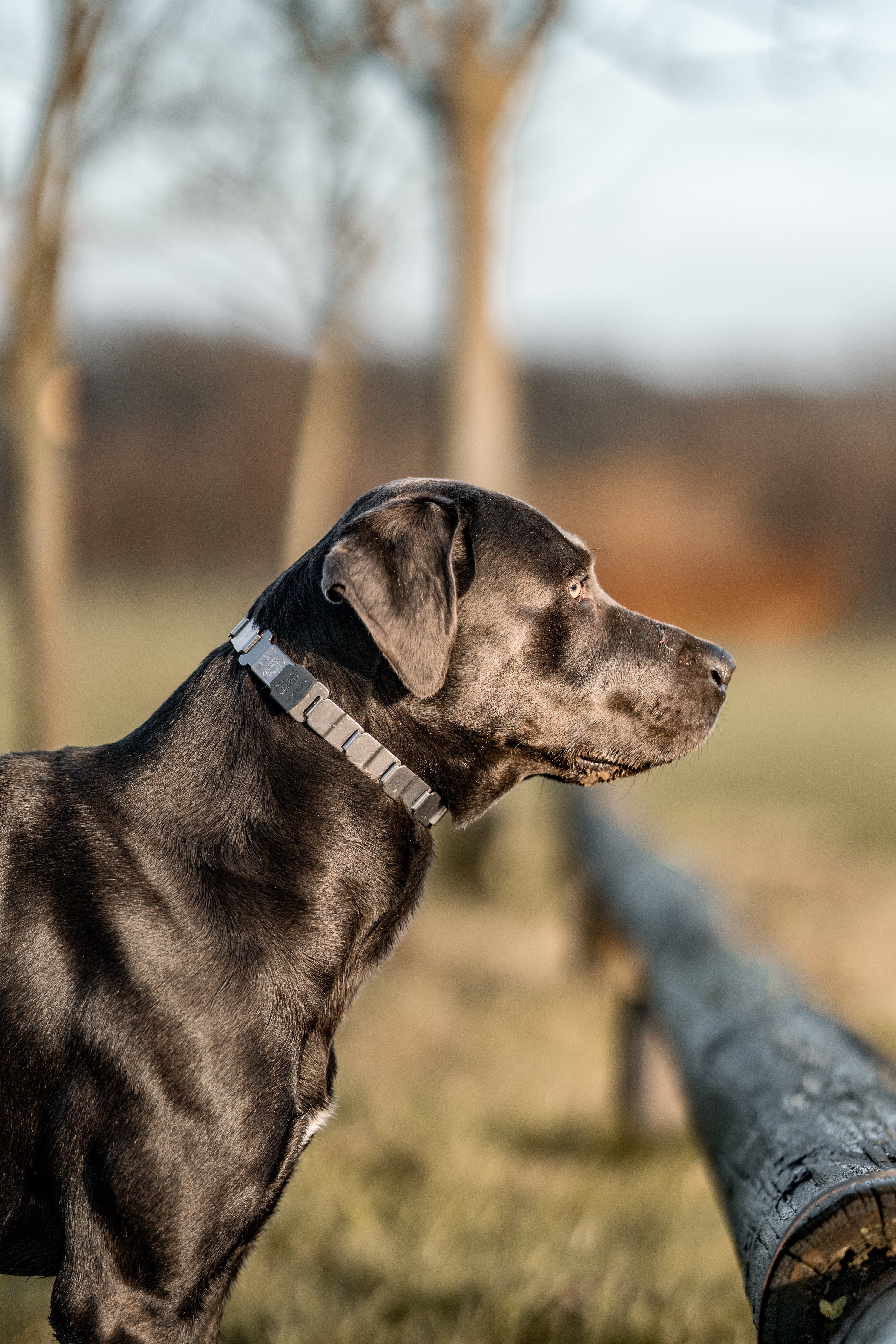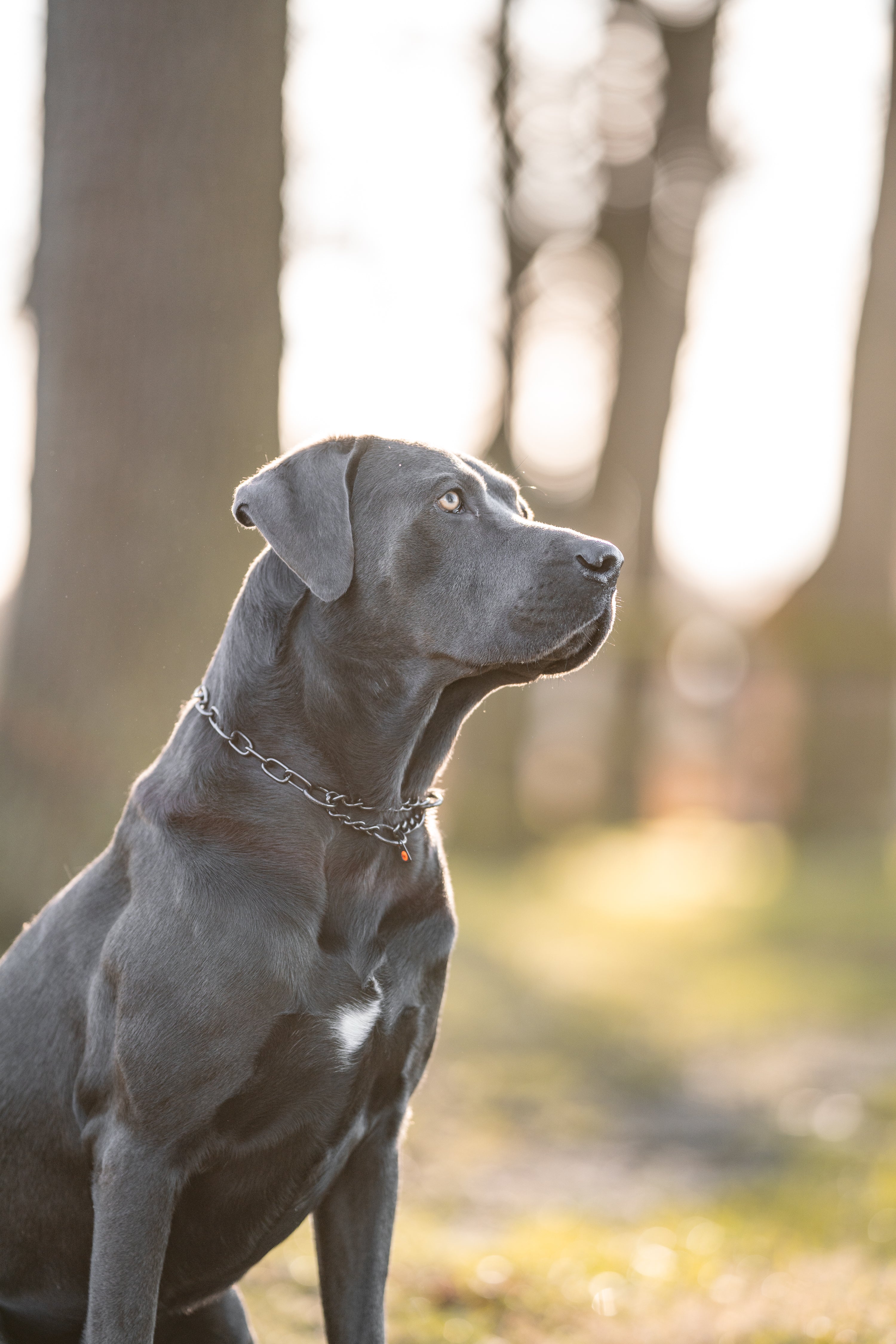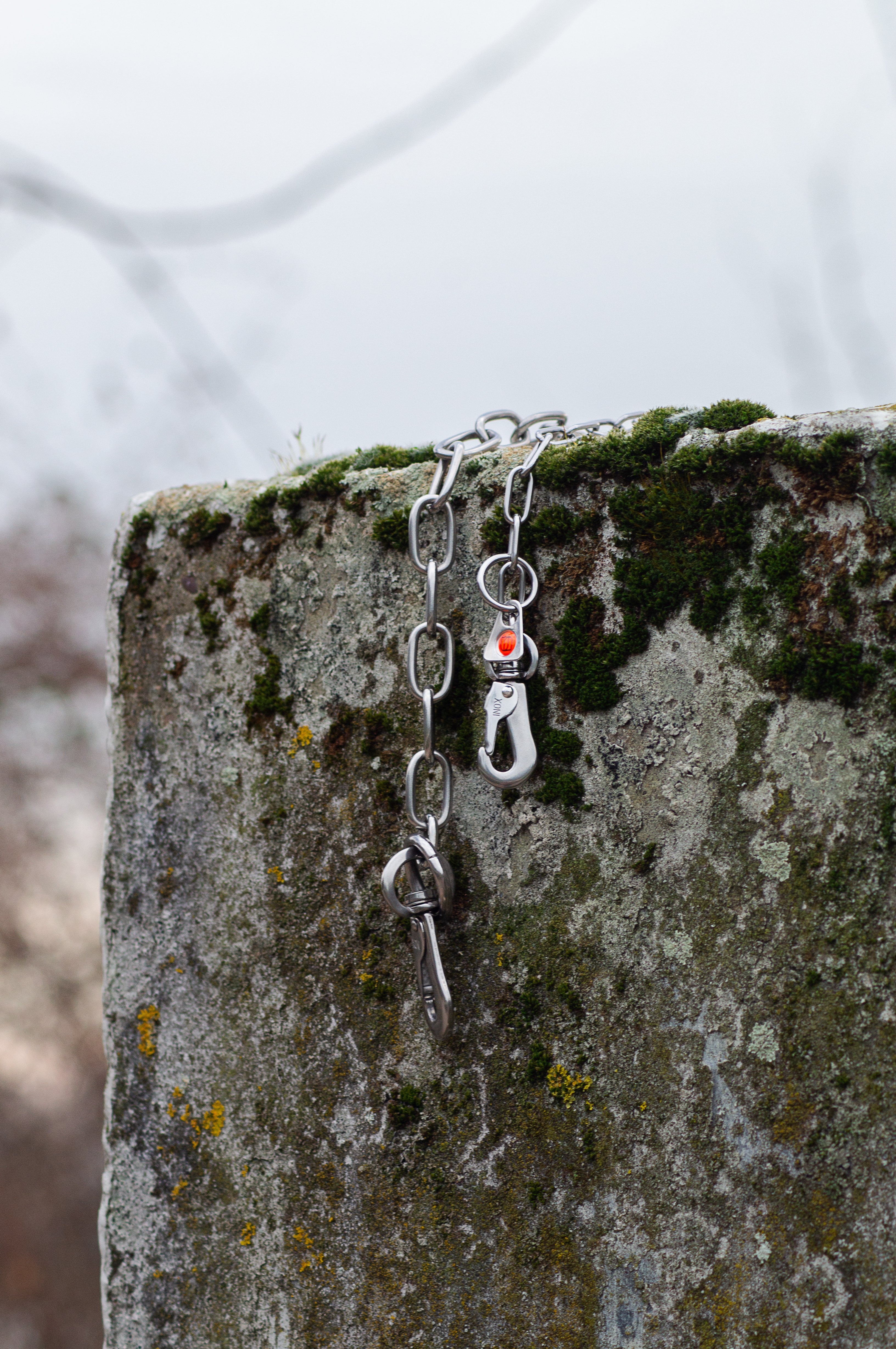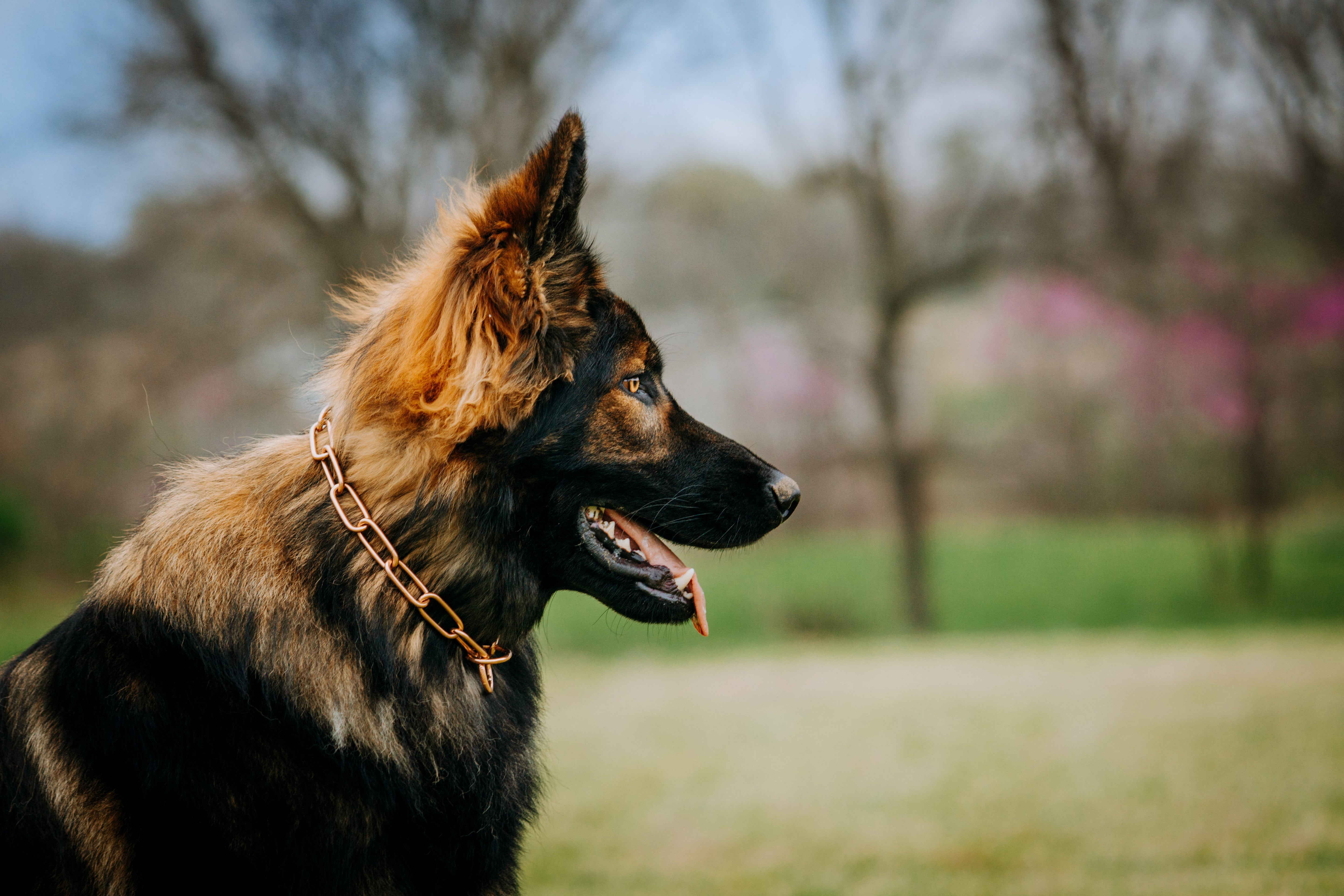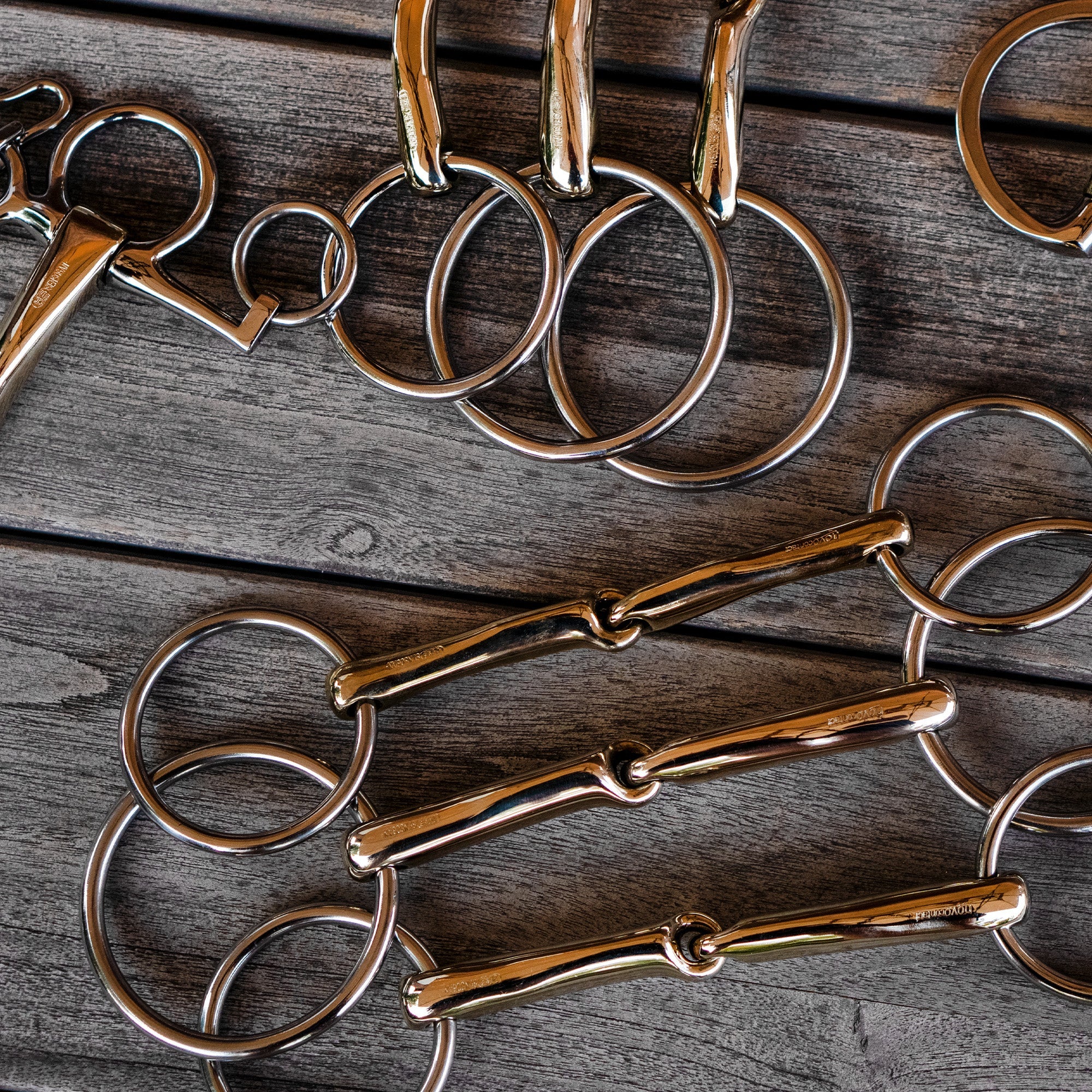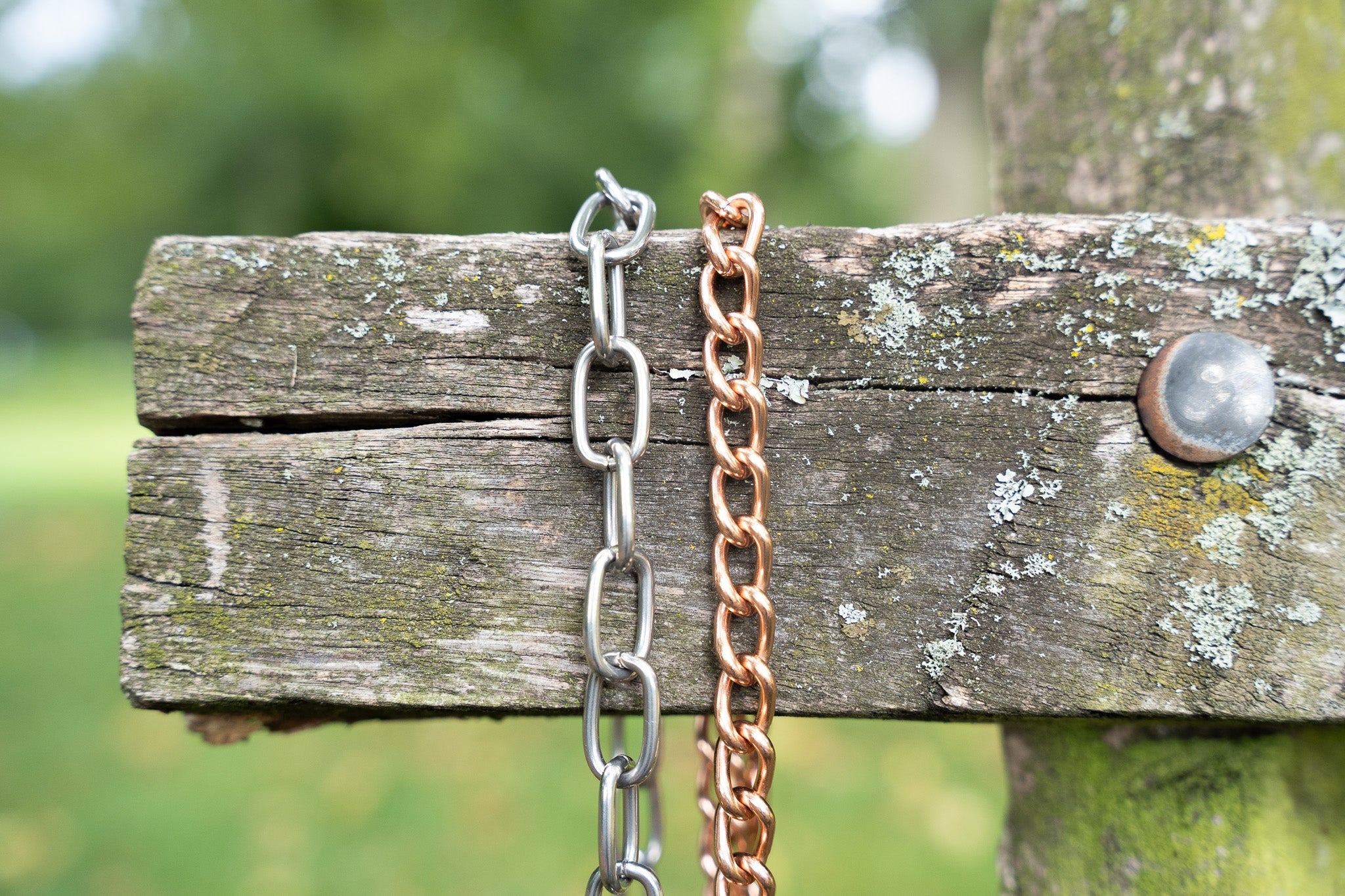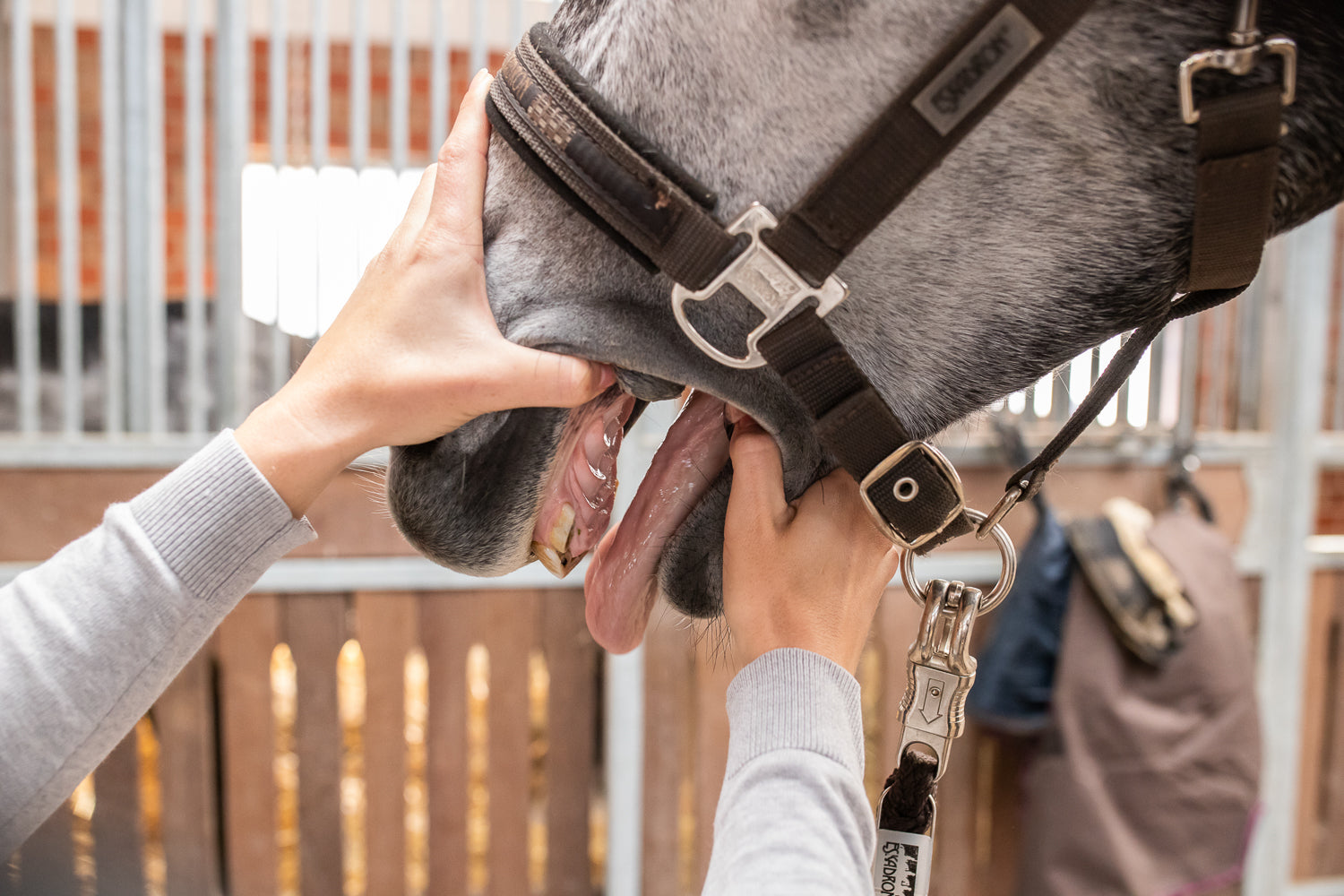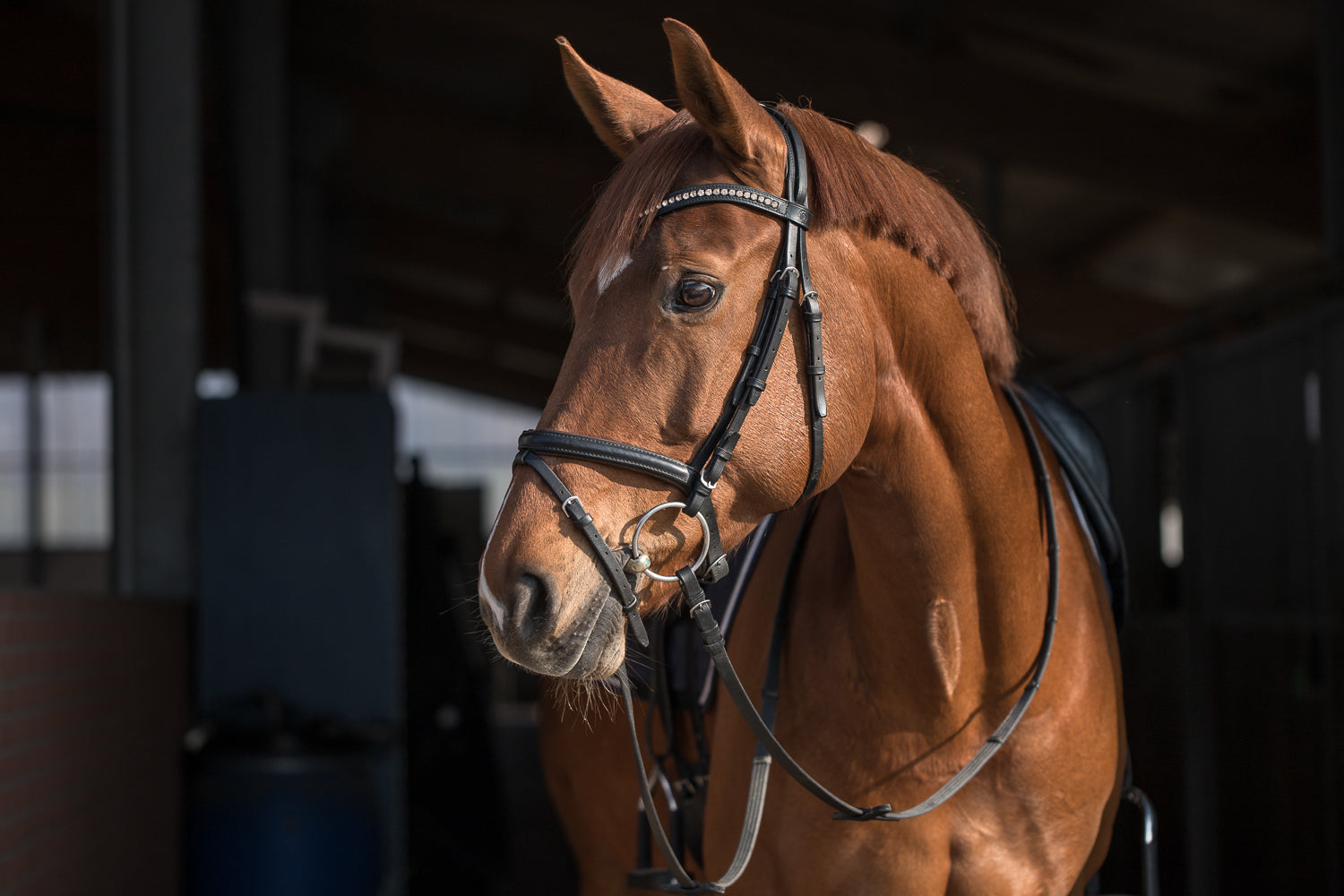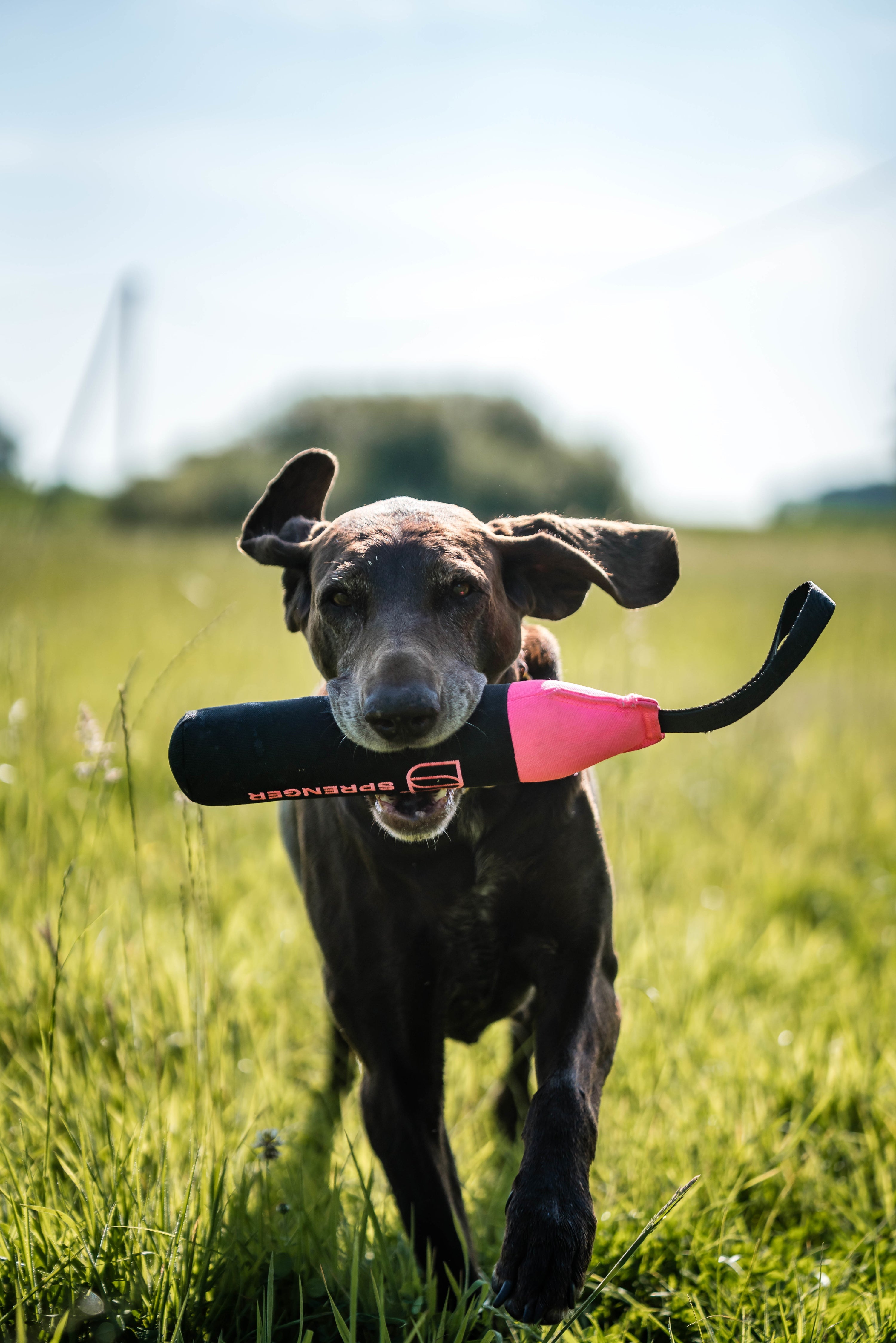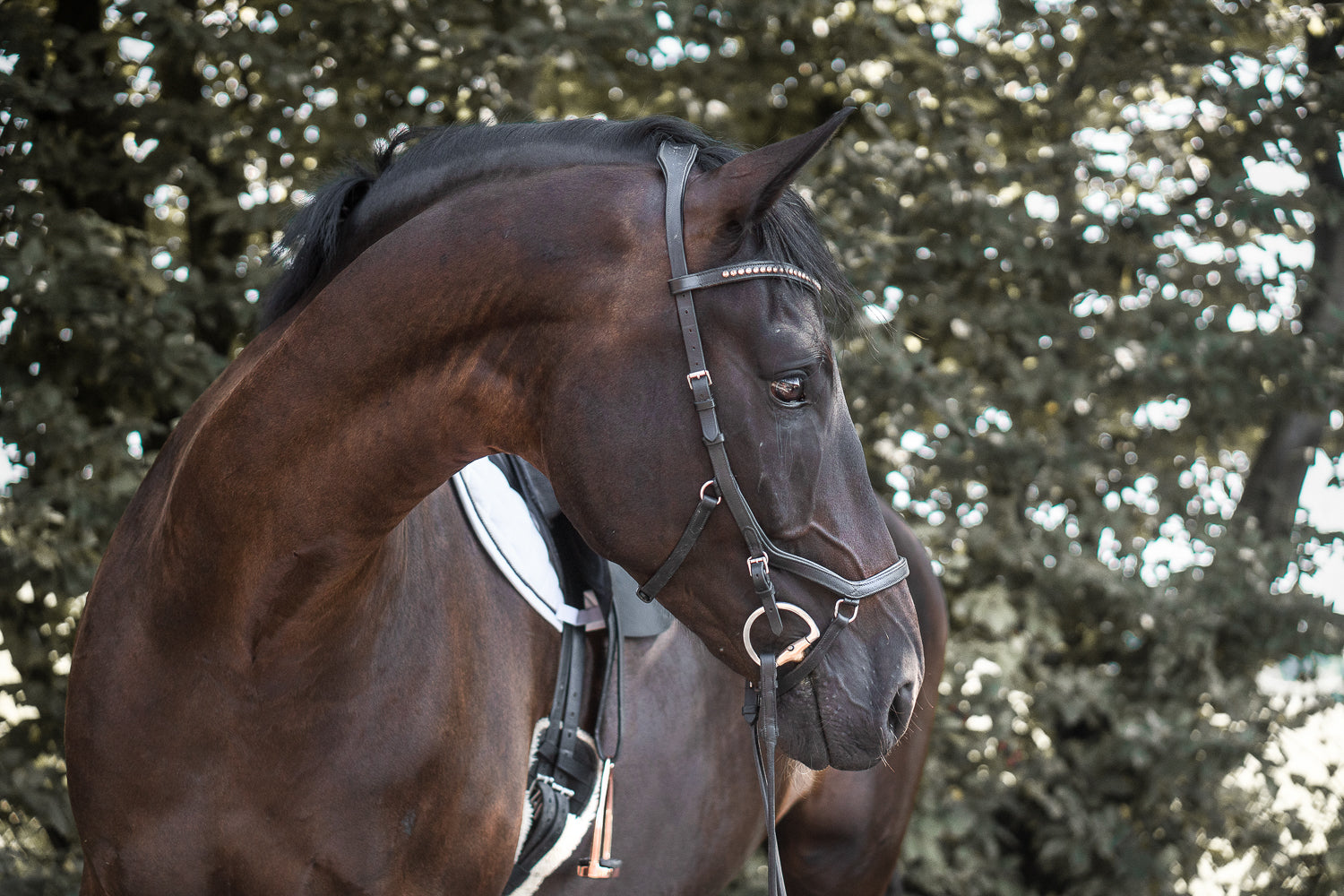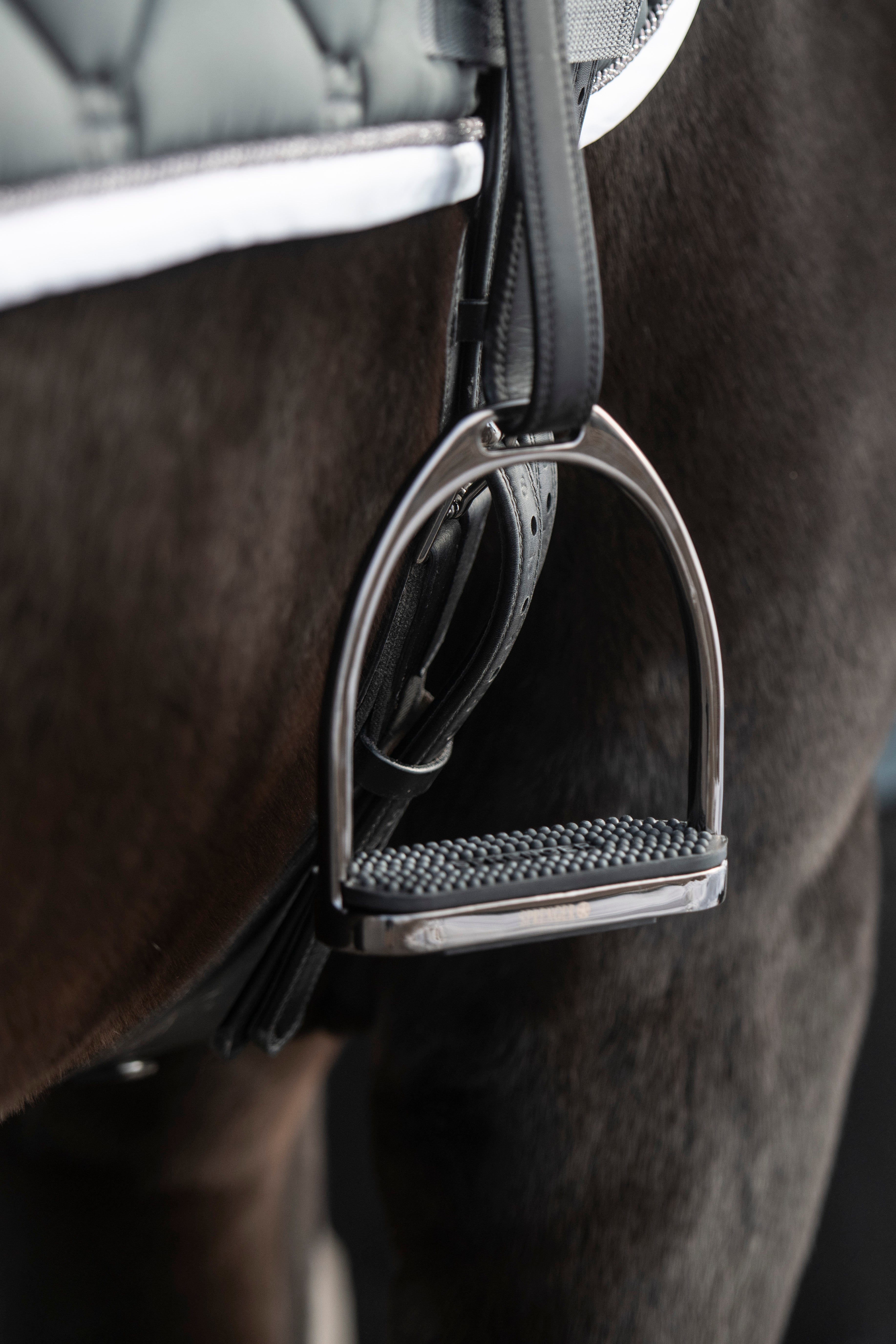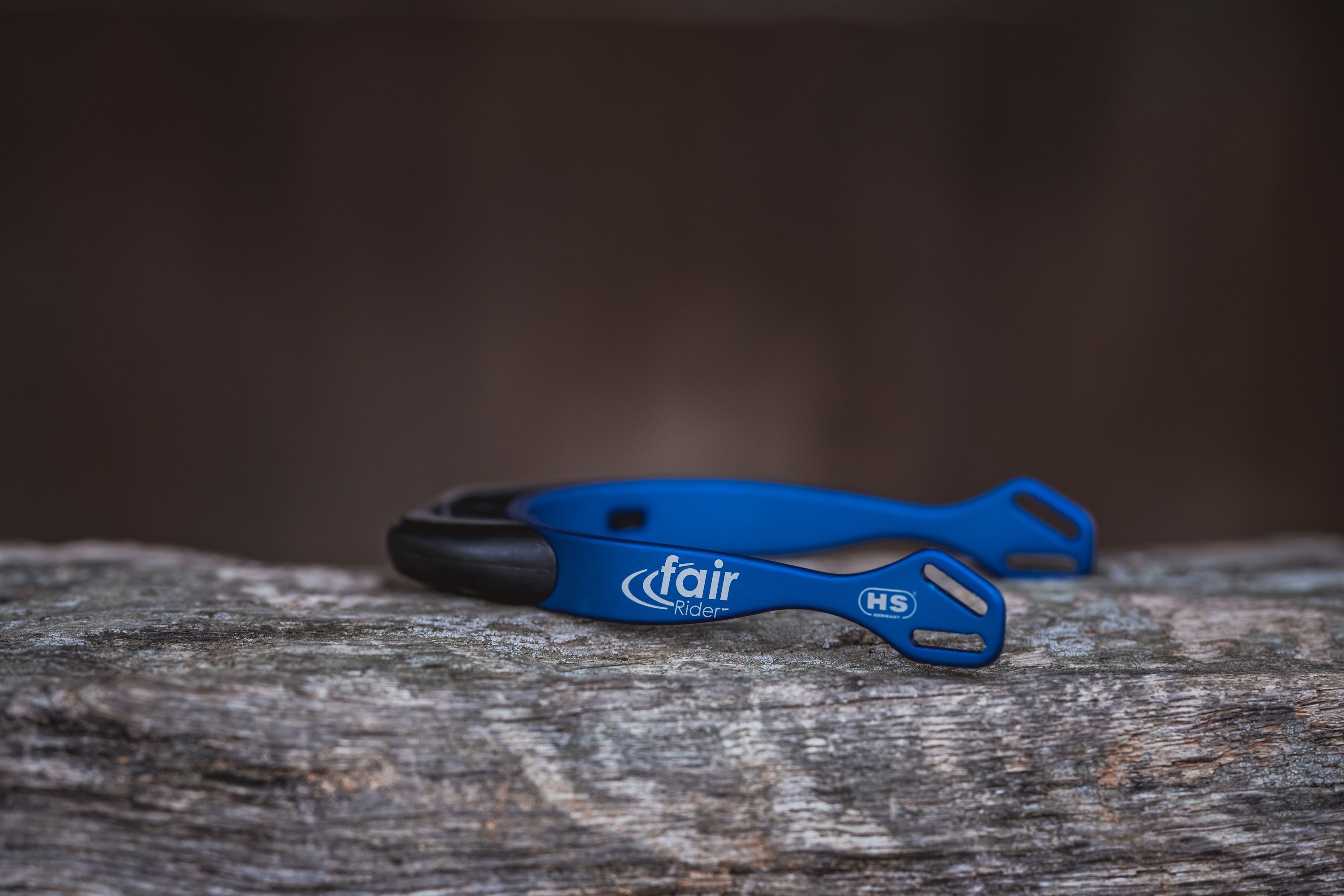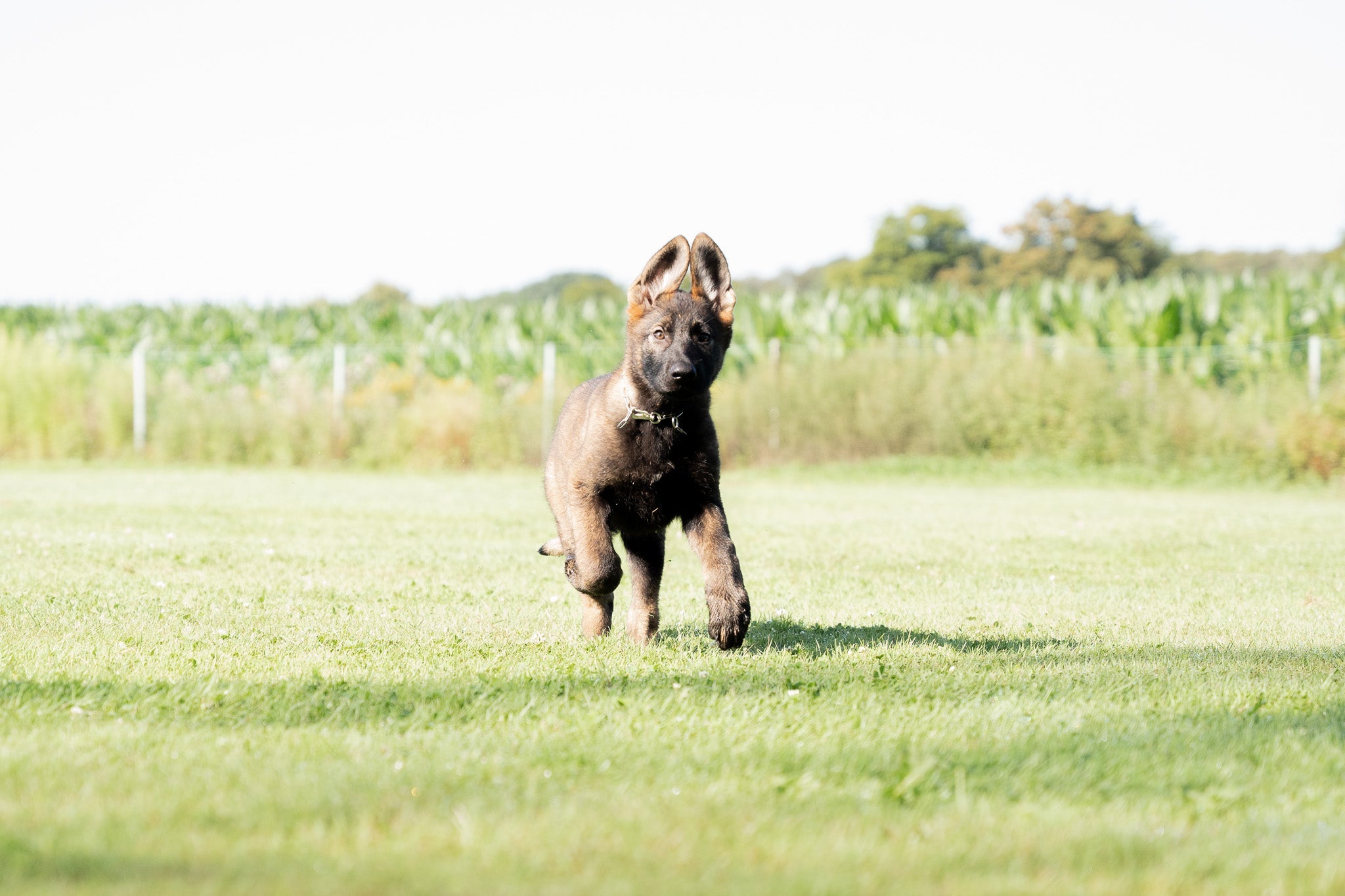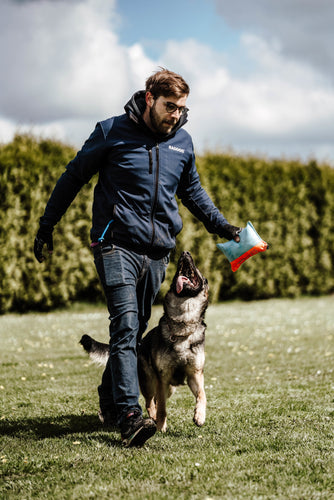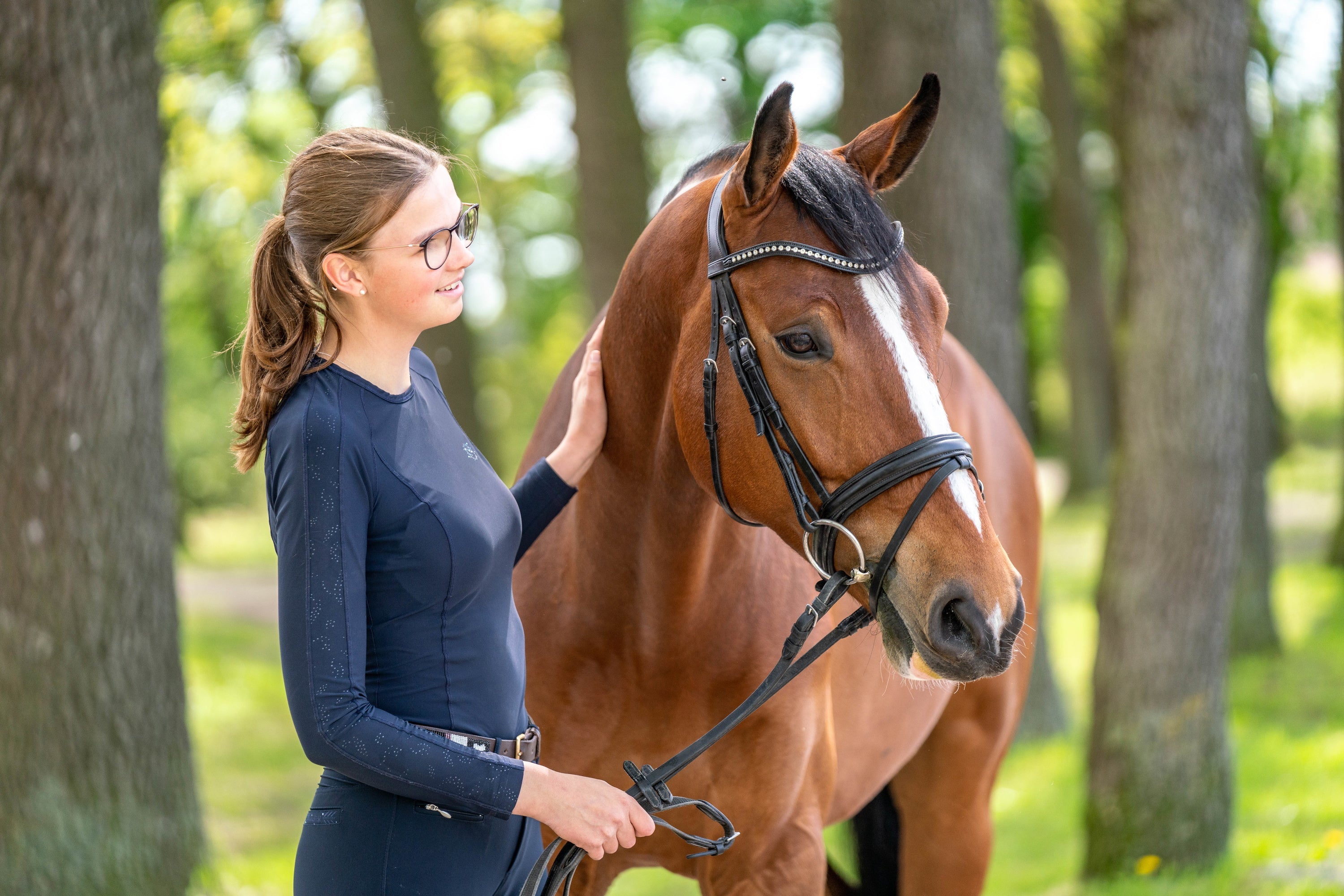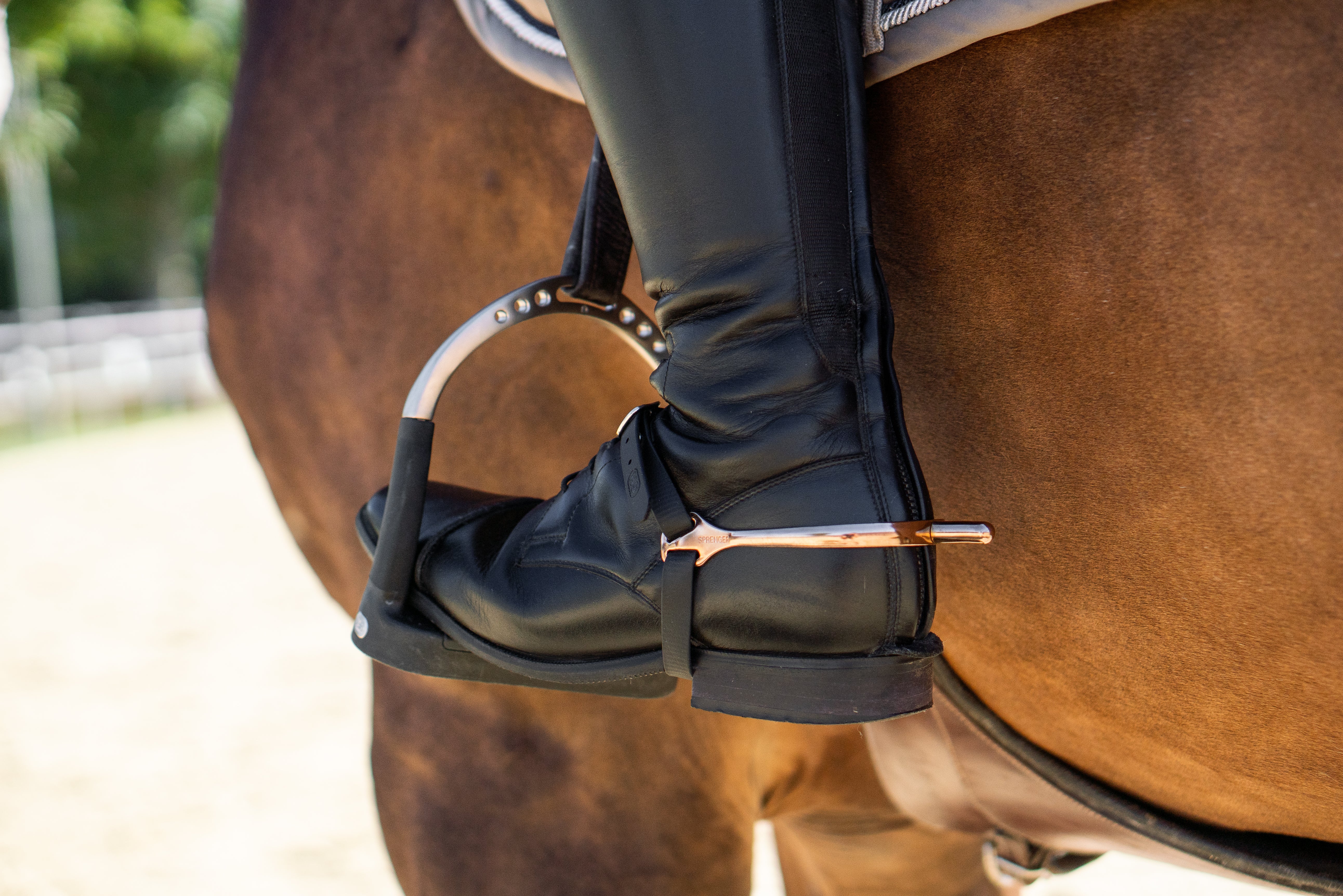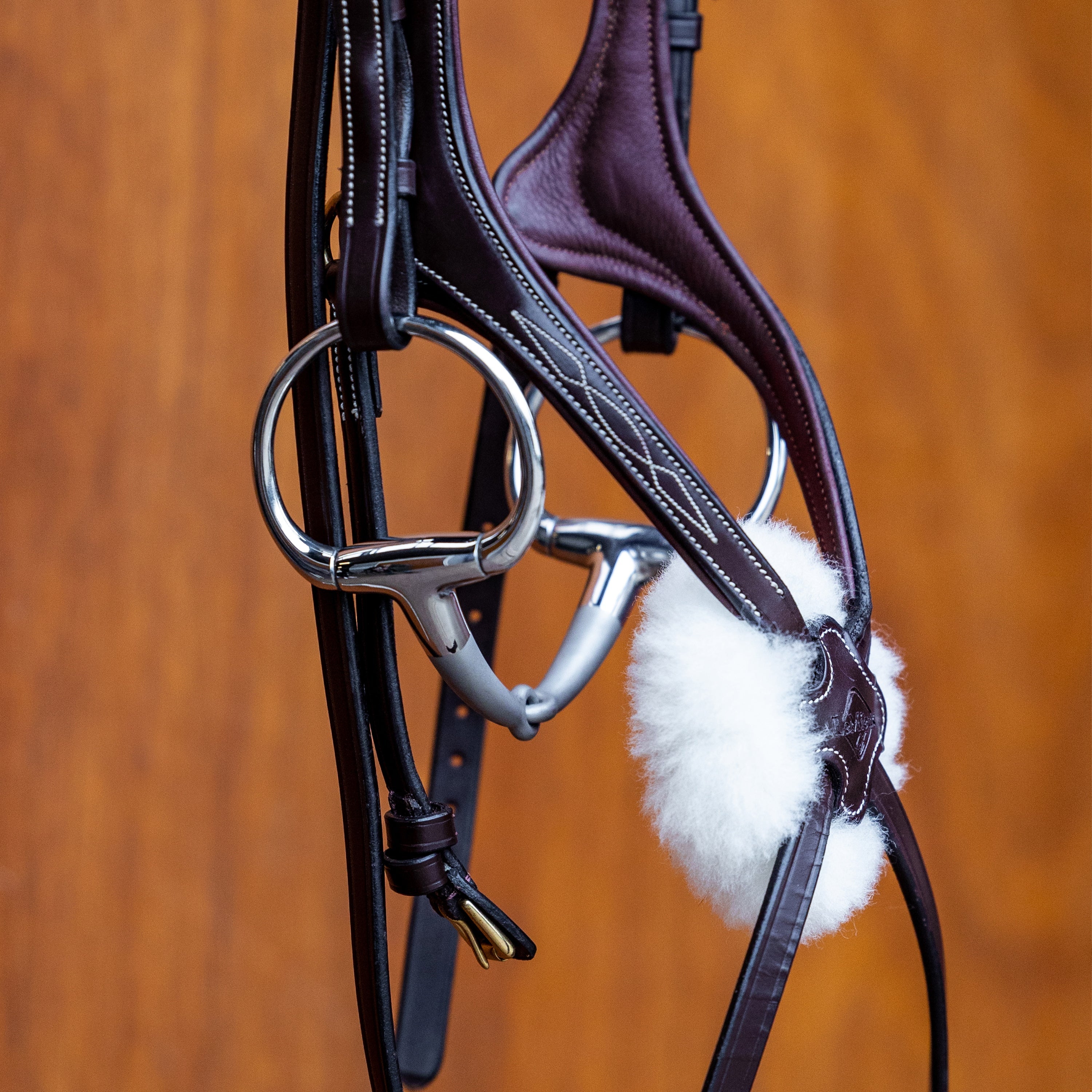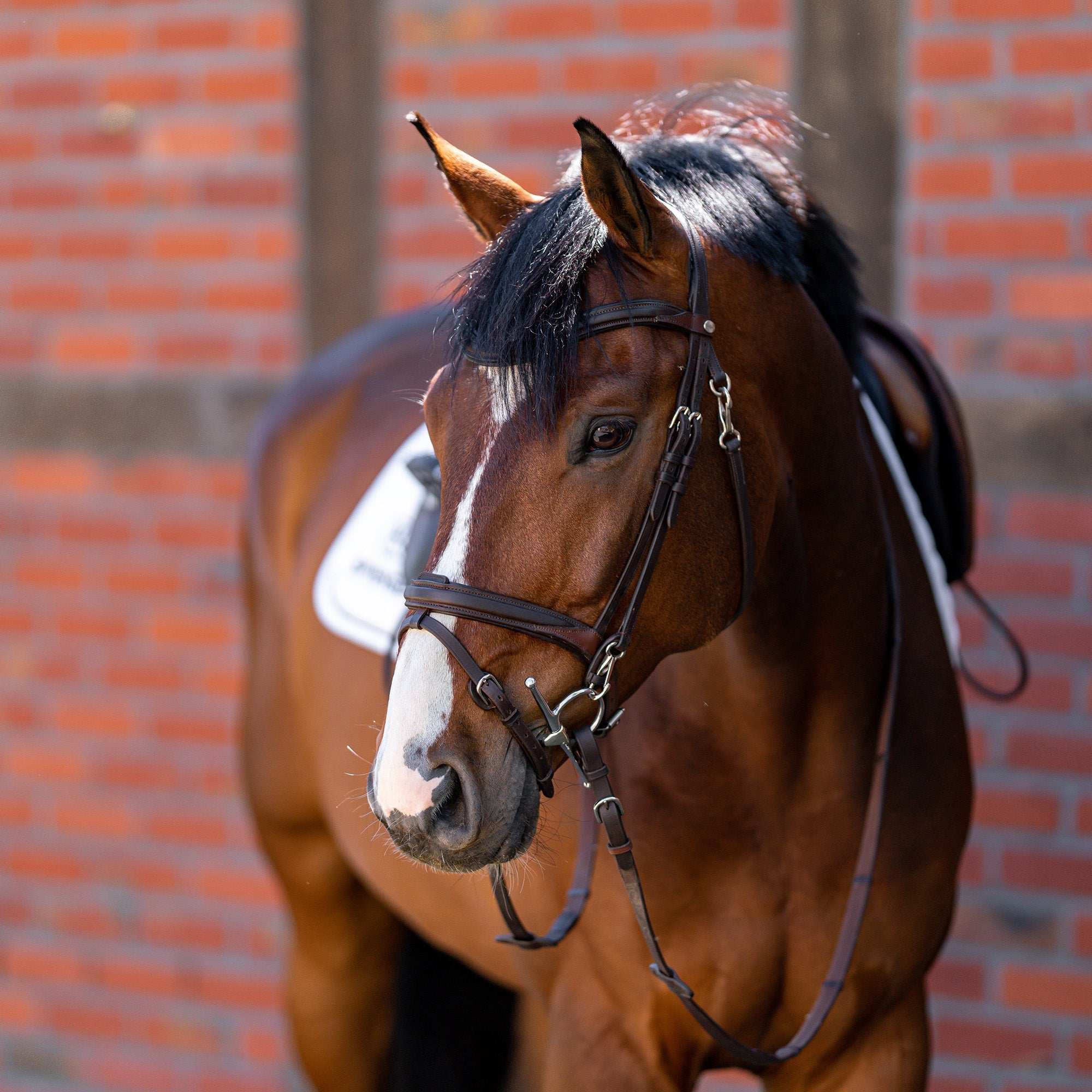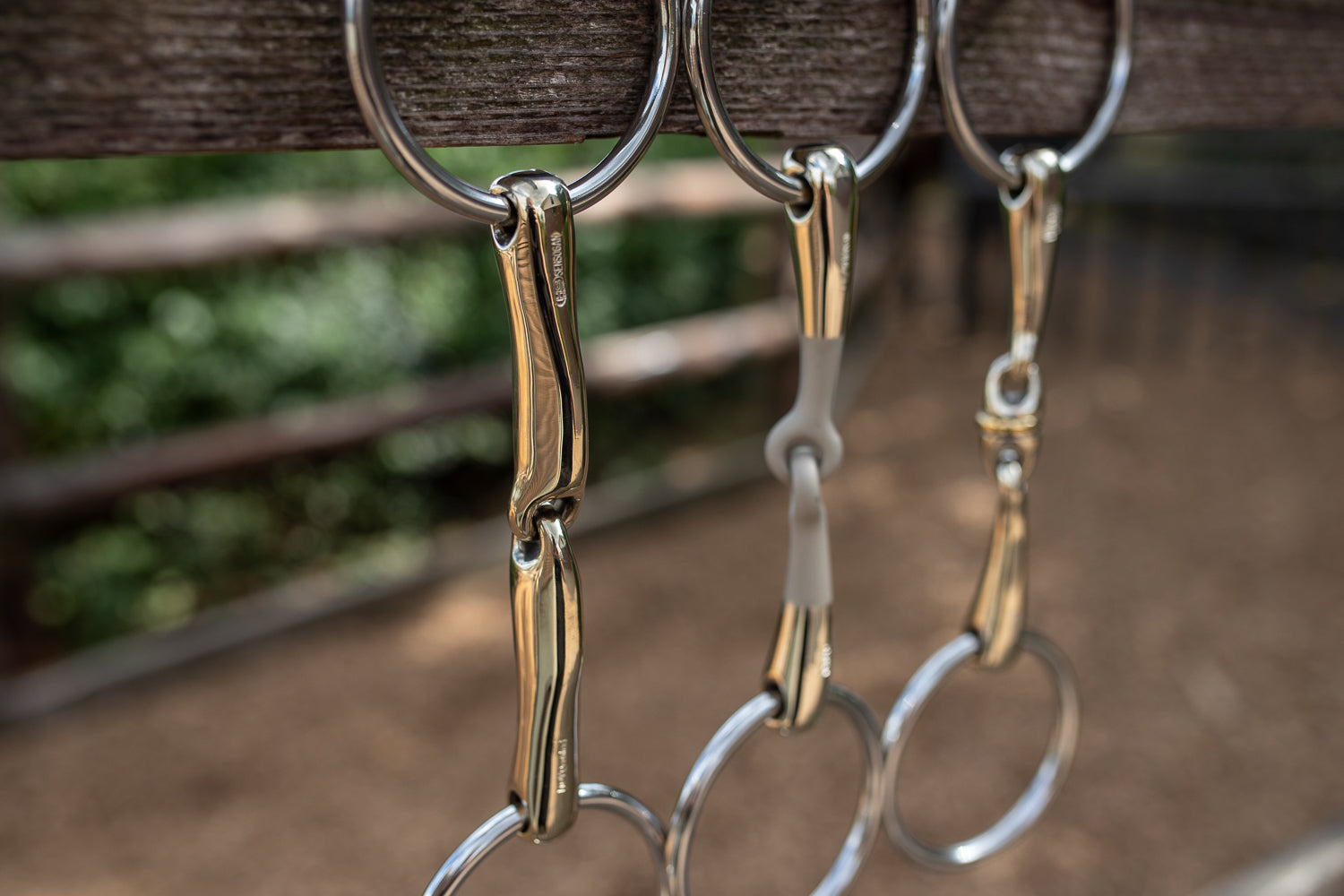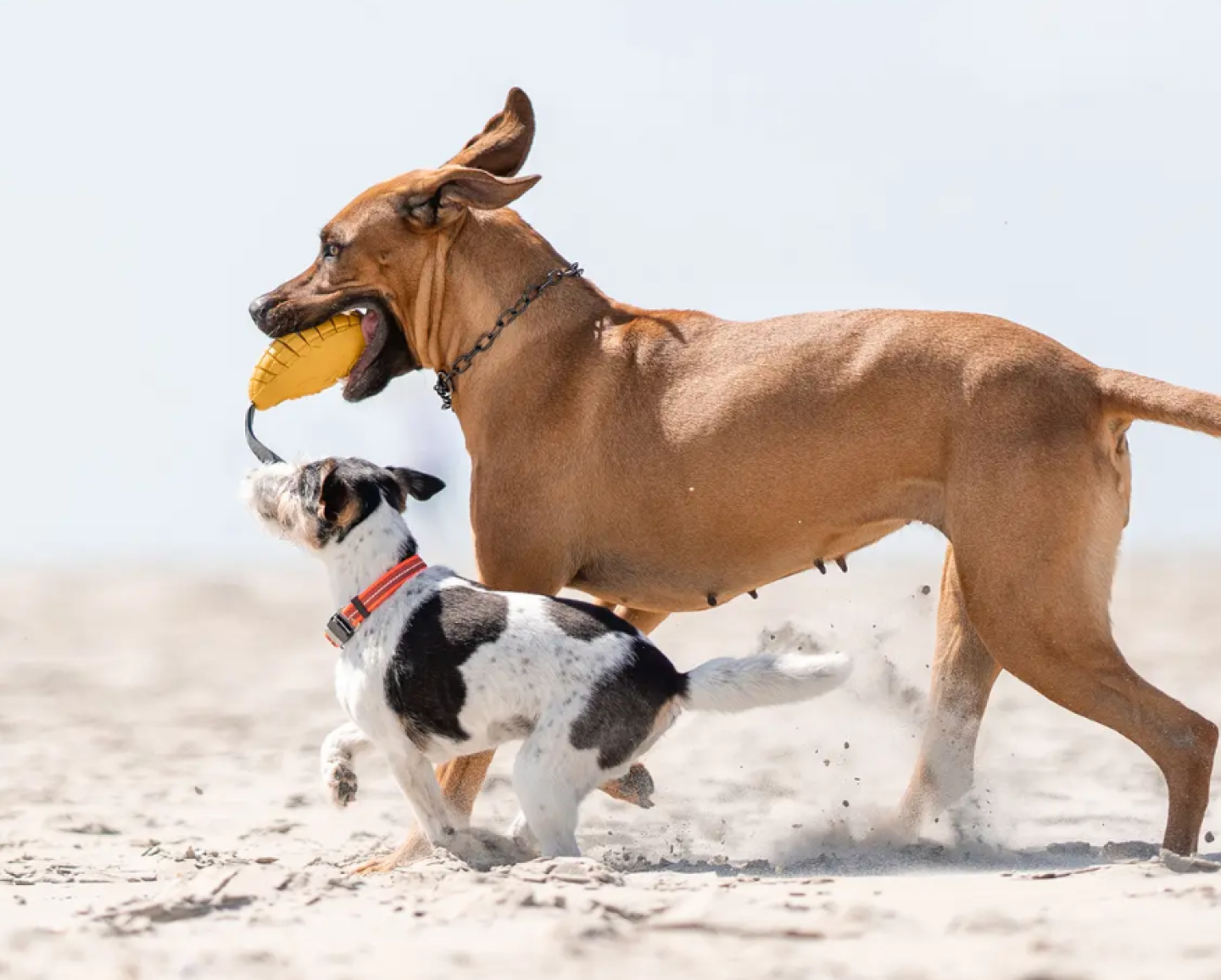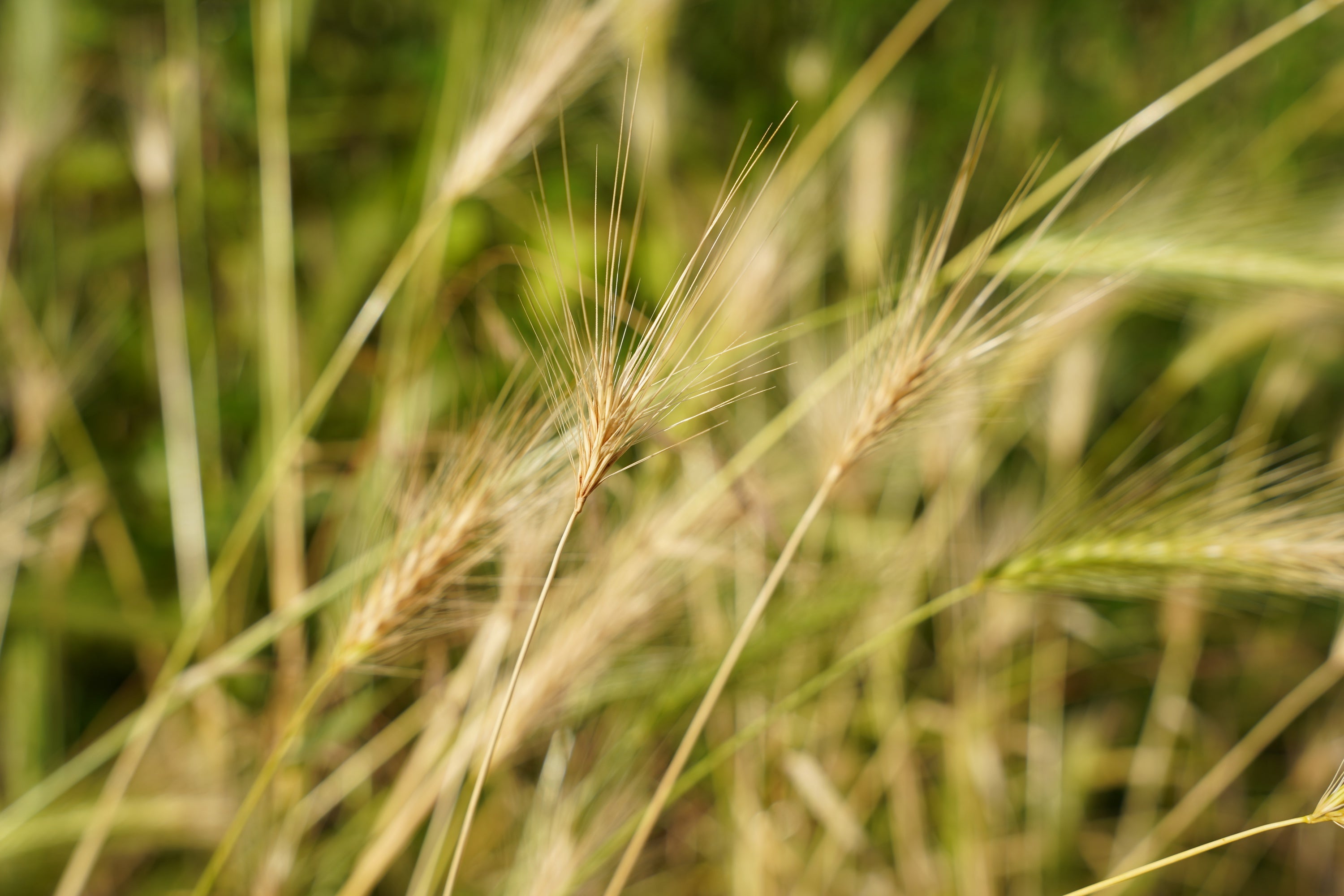
Sommerzeit ist Grannenzeit! Viele Hundebesitzer wurden von Anderen oder über Social Media schon vor den kleinen Pflanzenteilchen gewarnt. Und auch wenn die Meinungen darüber, wie oft Hunde tatsächlich betroffen sind, je nach Hundebesitzer weit auseinander gehen, sollte sich jeder Besitzer im Voraus informieren, denn Grannen sind eine tatsächliche Gefahr für Hunde! Glücklicherweise lässt sich das Schlimmste bei frühzeitiger Erkennung und Intervention aber meist verhindern.
Worauf genau Du achten musst und was Du über die Grannenzeit mit Hund wissen musst, erfährst Du in diesem Blogbeitrag!
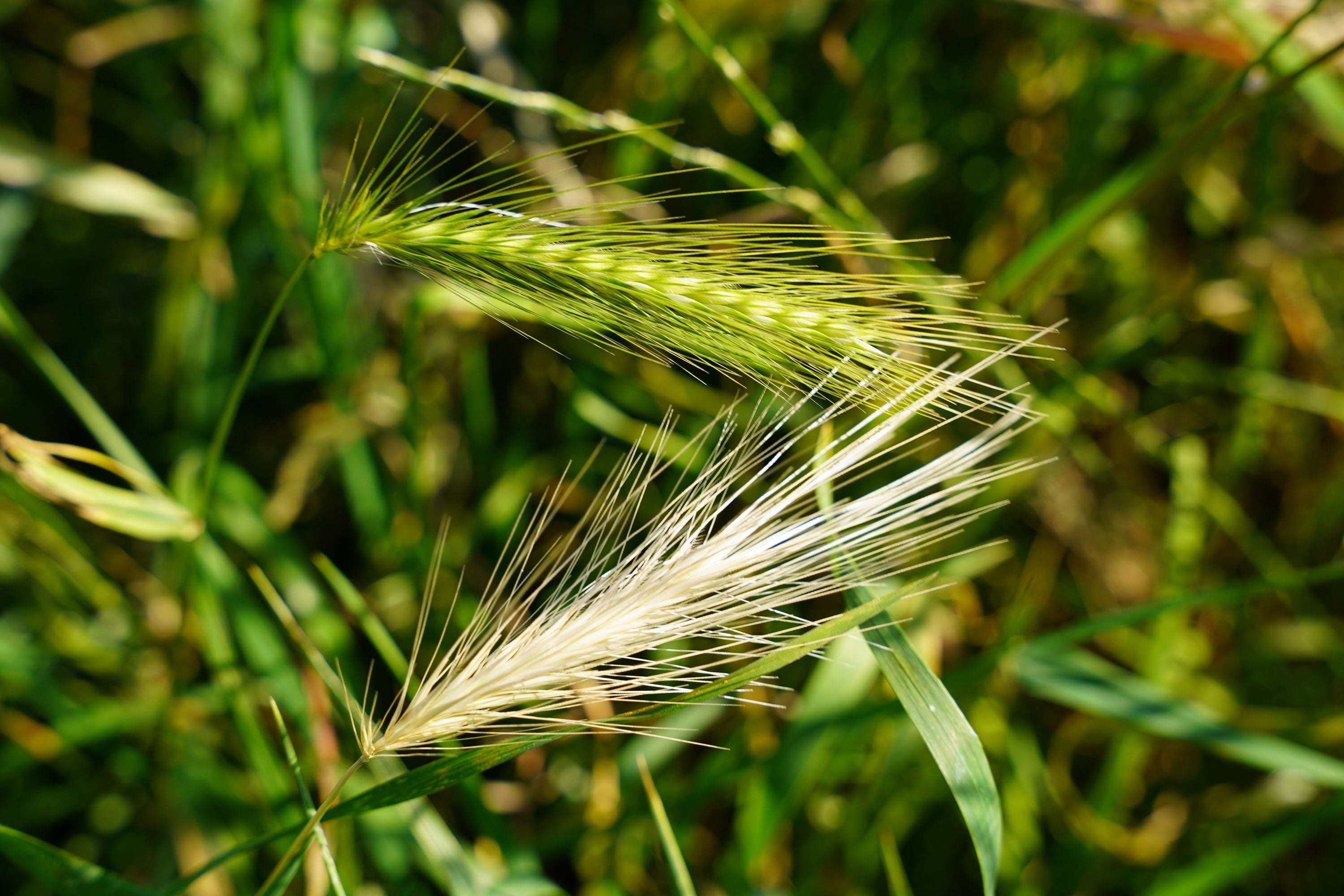
Was sind Grannen?
Grannen stammen von verschiedenen Gräsern und Ähren. Die kleinen, borstigen Pflanzenteilchen umschließen das Korn und sind mit einer harten Spitze auf einer Seite und rauen Halmen mit kleinen Widerhaken ausgestattet. Dieser Aufbau ist für die Pflanzen wichtig, da die Samen so leichter weitergetragen und schließlich gut im Boden zum Keimen verankert werden können. Werden Hunde zum unfreiwilligen Transporter der Grannen, kann das aber schwerwiegende Folgen haben!
Welche Gräser haben Grannen?
Grannen treten bei verschiedenen Wildgräsern auf, aber auch Getreidesorten haben Grannen.
Das musst Du über die Grannen von häufig vorkommenden Getreidearten wissen:
- Gerste – hat sehr lange Grannen.
- Roggen – hat meist mittellange Grannen.
- Weizen – hat oft nur sehr kurze Grannen, zum Teil sogar gar keine!
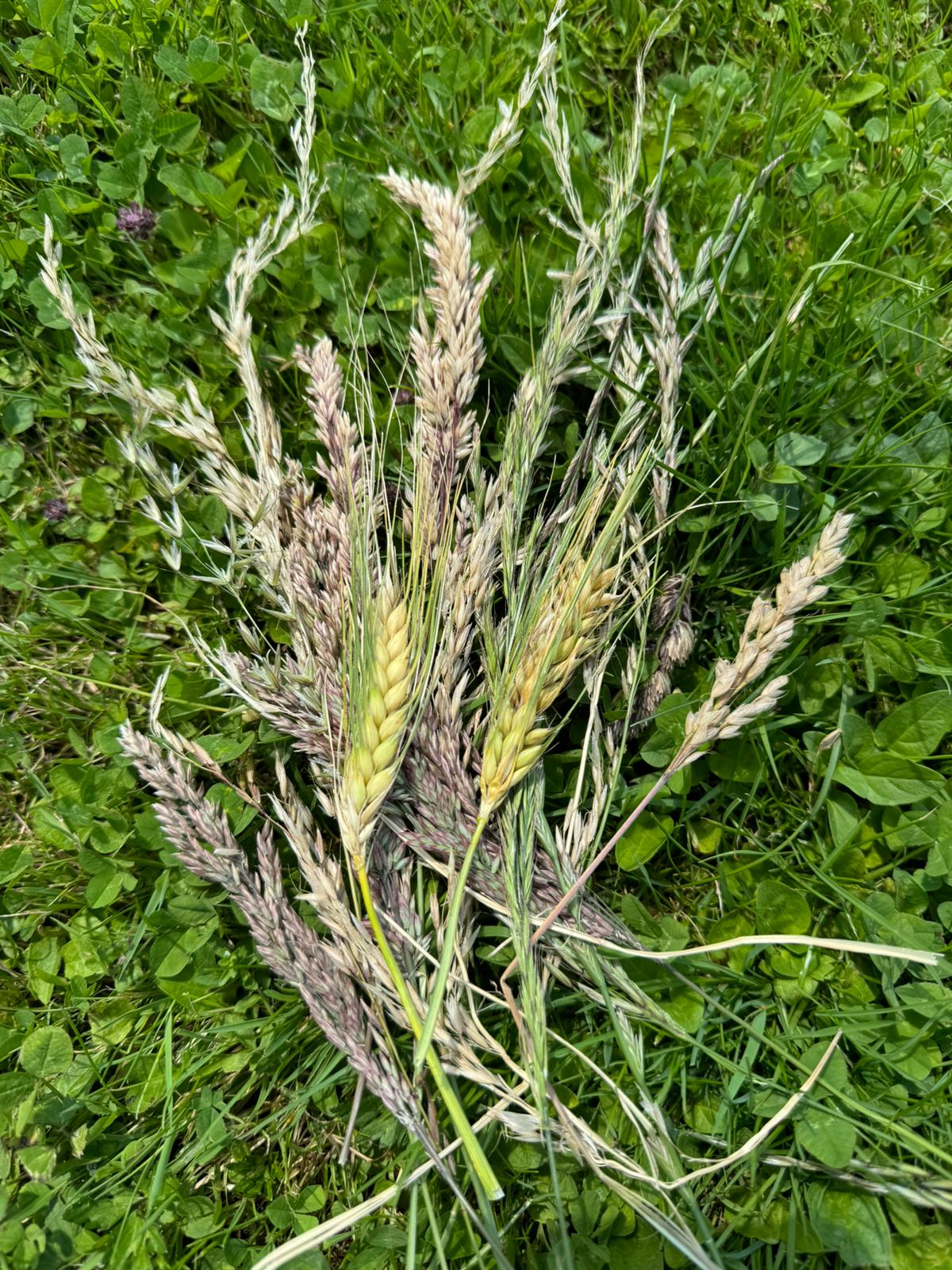
Wann gibt es Grannen?
Meist treten Grannen-Verletzungen bei Hunden durch im Hochsommer reifende Getreidesorten auf. Dementsprechend ist Grannenzeit in den meisten mitteleuropäischen Ländern zwischen Juni und August.
Dabei ist es in diesen Monaten nicht nur gefährlich, den Hund durch hohes Gras oder über Felder laufen zu lassen, sondern bei der Ernte können sich die Grannen von den Halmen lösen und so auch auf Spazierwegen oder Wanderwegen landen, wo Hunde in diese treten oder sie aufnehmen können!
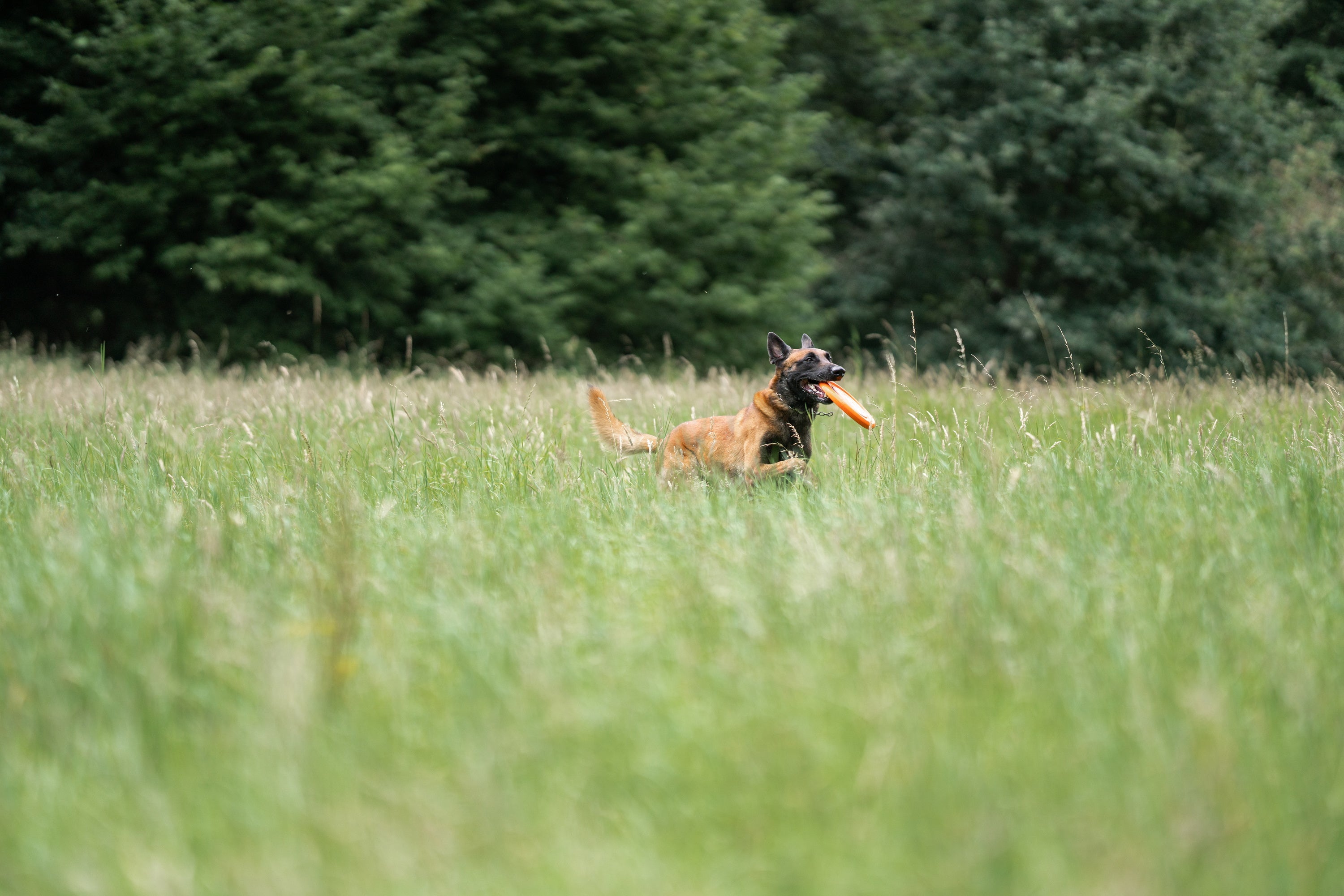
Wie gefährlich sind Grannen für Hunde?
Werden Grannen nicht frühzeitig entdeckt und entfernt, können Grannen sehr gefährlich für Hunde werden.
Durch den Aufbau der Pflanzenteilchen mit den Widerhaken bleiben die Grannen nicht nur im Fell hängen, sondern können auch nicht durch Schütteln vom Hund selbst entfernt werden. Stattdessen bewegen sich die Grannen nur in eine Richtung – zum Hund hin. Stoßen sie dabei auf die Haut, können sie durch die harte, scharfe Spitze die Haut des Hundes durchstechen und weiter nach innen wandern und dabei jede Menge Schaden anrichten!
Häufige Folgen von Granen sind Infektionen, Entzündungen und Abszesse. Zusätzlich können sie als kleine Fremdkörper auch durch Körperöffnungen wie Nase, Maul oder Ohren in den Körper des Hundes eindringen. Hier sind sie durch die Widerhaken besonders schwer zu entfernen und können zu inneren Verletzungen beim Hund führen.
Sind Grannen gefährlich für Menschen?
Grannen können auch für den Menschen gefährlich werden!
Wie auch beim Hund können sie die Haut durchstechen oder durch Körperöffnungen in den Körper gelangen und so Verletzungen, Entzündungen, Reizungen oder allergische Reaktionen auslösen. Aus diesem Grund solltest Du nach jedem Spaziergang Dich und Deinen Hund sorgfältig auf Grannen kontrollieren und bei Auffälligkeiten oder Problemen auch nach der Entfernung der Grannen einen Arzt oder Tierarzt aufsuchen.
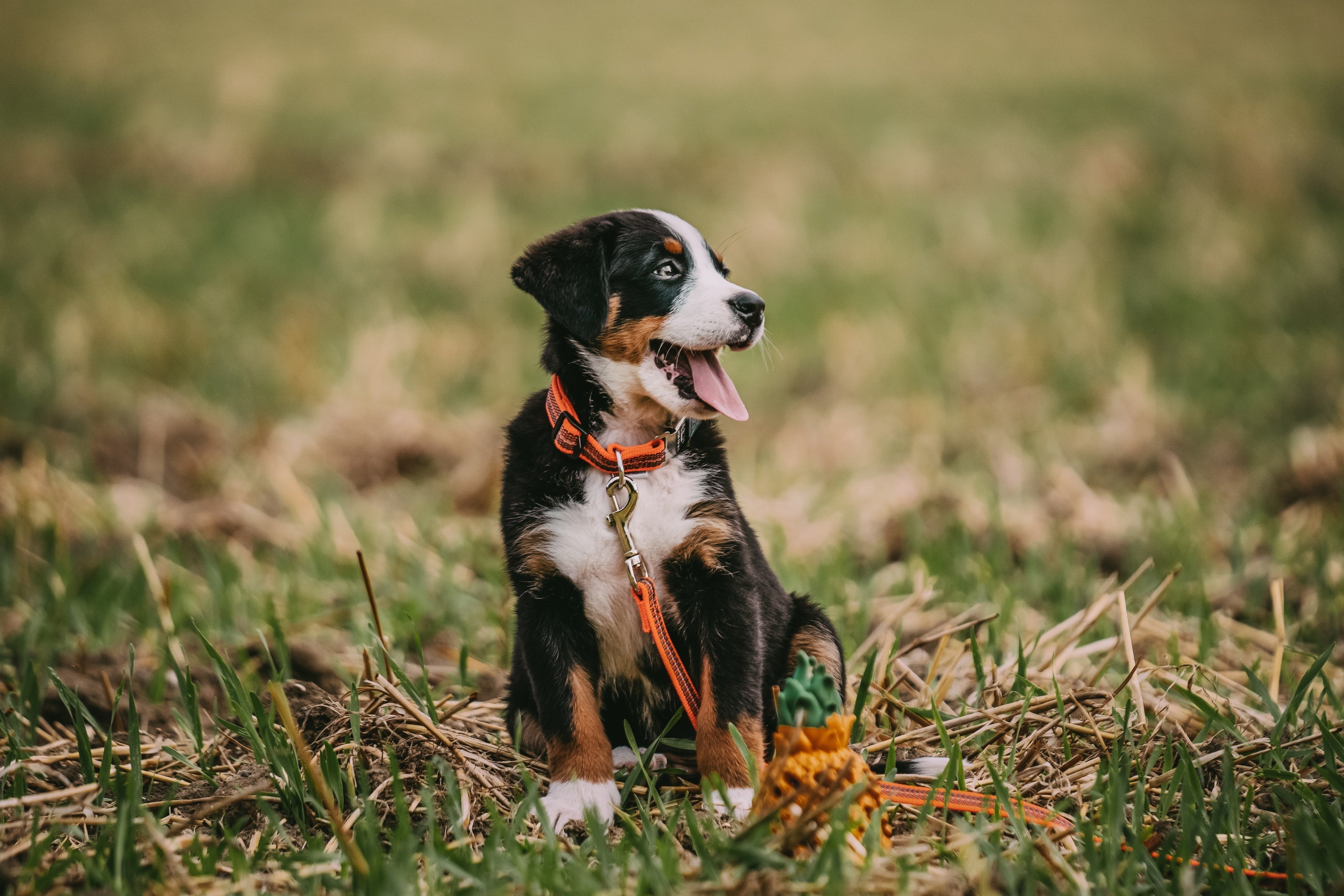
Grannen Hund Symptome
Da Grannen von Deinem Hund als Fremdköper wahrgenommen werden, reagiert er durch entsprechende Verhaltensweisen und körperliche Reaktionen auf den Eindringling. Wie genau diese ausfallen, kann sich je nach betroffener Körperregion unterscheiden. Zu den am häufigsten durch Grannen betroffenen Körperregionen beim Hund zählen Nase, Augen, Ohren, Achseln, Pfoten beziehungsweise Zwischenzehenräume und Genitalbereich.
Granne in der Nase Hund Symptome
Gelangt eine Granne durch die Nase Deines Hundes in den Körper sind häufige Symptome:
- Starkes und häufiges Niesen des Hundes (anfallartig)
- Nasenausfluss (meist aus dem betroffenen Nasenloch)
- Reiben des Kopfes auf dem Boden oder starkes Kopfschütteln
- Schnaufen, Husten oder anderen untypische Atemerscheinungen
Granne im Auge Hund Symptome
Sind die Augen Deines Hundes von Grannen betroffen, ähneln die Symptome oft einer Bindehautentzündung beim Hund. Hier ist die schnelle Behandlung wichtig, um ein mögliches Erblinden zu verhindern. Zu den Symptomen zählen:
- Zusammenkneifen des betroffenen Auges oder häufiges Blinzeln
- Geschwollenes oder gerötetes Auge
- Vorgefallene Nickhaut
- Tränende Augen
- Lichtempfindlichkeit
- Übermäßiges Reiben des Auges
Granne im Ohr Hund Symptome
Ist eine Granne ins Ohr Deines Hundes eingedrungen, ist schnelle Hilfe wichtig, da die Granne sich sonst bis zum Trommelfell vorarbeiten und dieses verletzen kann. Zu den Symptomen von Grannen im Ohr zählen:
- Vermehrtes Kratzen am Ohr
- Schütteln des Kopfes
- Schiefgehaltener Kopf
- Ausfluss aus dem betroffenen Ohr
- Unangenehmer Geruch aus dem Ohr, Rötungen oder andere Entzündungsanzeichen
Granne in der Pfote Hund Symptome
Ist Dein Hund in eine Granne getreten und hat diese sich in die Pfote oder die Zwischenzehenräume gebohrt, können folgende Symptome auftreten:
- Humpeln oder Hinken des Hundes
- Lecken und Knabbern an der betroffenen Pfote
- Gerötete oder geschwollene Stellen an der Pfote
- Schmerzreaktionen beim Untersuchen der Pfote
- In fortgeschrittenen Stadien Löcher vom Eindringen der Granne oder eitriger Ausfluss
Granne in Achsel oder Genitalbereich Hund Symptome
Sind Grannen an anderen Stellen eingewachsen, hängen fest oder sind dabei einzudringen, sind es oft Stellen, an die sie durch die Bewegung des Hundes gewandert sind und nicht mehr weiter können. Dazu zählen beispielsweise Achseln und Genitalbereich. Typische Symptome sind hier:
- Kratzen, Knabbern und Lecken der betroffenen Körperregion
- Häufiges Schütteln
- Schmerzempfindlichkeit beim Abtasten der betroffenen Stellen
- Knubbel oder Abszesse durch die die eingewachsene Granne unter der Haut
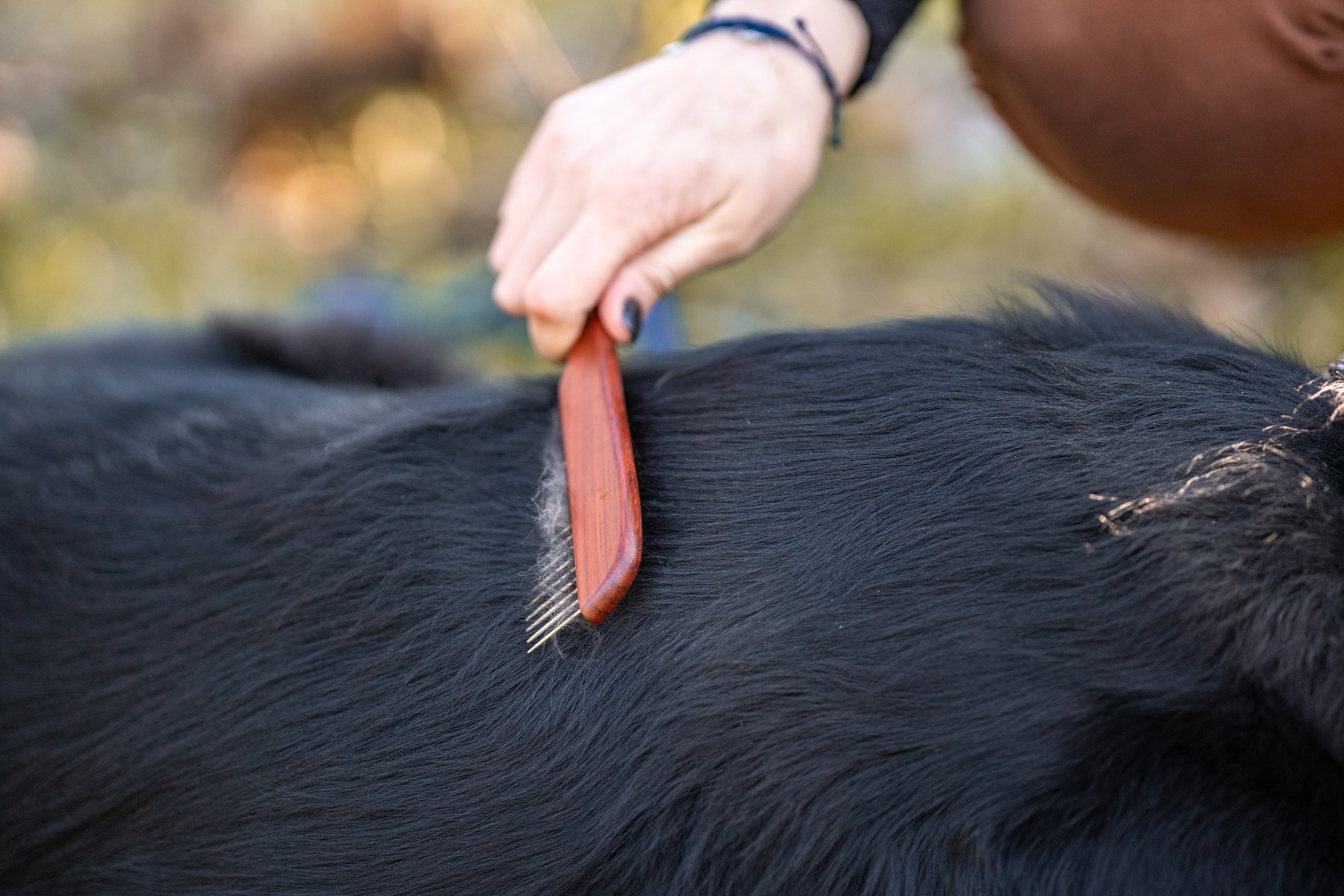
Was tun bei Grannen beim Hund?
Grundsätzlich gilt: Hat sich eine Granne erst einmal in die Haut Deines Hundes gebohrt, fällt sie nicht mehr von allein heraus und Du solltest auch nicht versuchen sie selbst zu entfernen. Hier sind eine umgehende tierärztliche Untersuchung und Behandlung wichtig, denn desto länger du wartest, umso tiefer kann sie in den Körper Deines Hundes eindringen und Verletzungen oder Entzündungen hervorrufen! Zu den möglichen Behandlungen von Grannen beim Hund zählen die Behandlung mit Zugsalbe, um die Granne wieder näher an die Hautoberfläche zu befördern, aber auch operative Eingriffe. Die genaue Behandlung wird von Deinem Tierarzt nach eingehender Untersuchung festgelegt. Du solltest nicht schon im Vorfeld versuchen eingewachsene oder in den Körper eingetreten Grannen selbst zu behandeln!
Hast Du die Grannen noch im Fell Deines Hundes entdecket, bevor sie in die Haut eindringen konnten, kannst Du noch selber handeln: Entferne sie vorsichtig mit der Hand, einer Pinzette oder mit einem Kamm.
Vorsicht: Bürstest Du Deinen Hund mit Grannen im Fell, kannst Du diese versehentlich noch näher an die Haut befördern und das Verletzungsrisiko erhöhen. Wir empfehlen daher den Hund zunächst gründlich von Hand abzusuchen, Grannen zu entfernen und erst anschließend zu Bürsten.
Was tun bei Granne in der Pfote?
Auch hier gilt die gleiche Vorgehensweise wie bei anderen betroffenen Körperregionen: Ist die Granne oberflächlich im Zwischenfell der Pfoten und noch nicht durch die Haut des Hundes, kannst Du sie vorsichtig mit der Hand oder einer Pinzette entfernen. Ist sie bereits in die Haut und das Gewebe der Pfote eingedrungen, solltest Du schnellstmöglich einen Tierarzt besuchen!
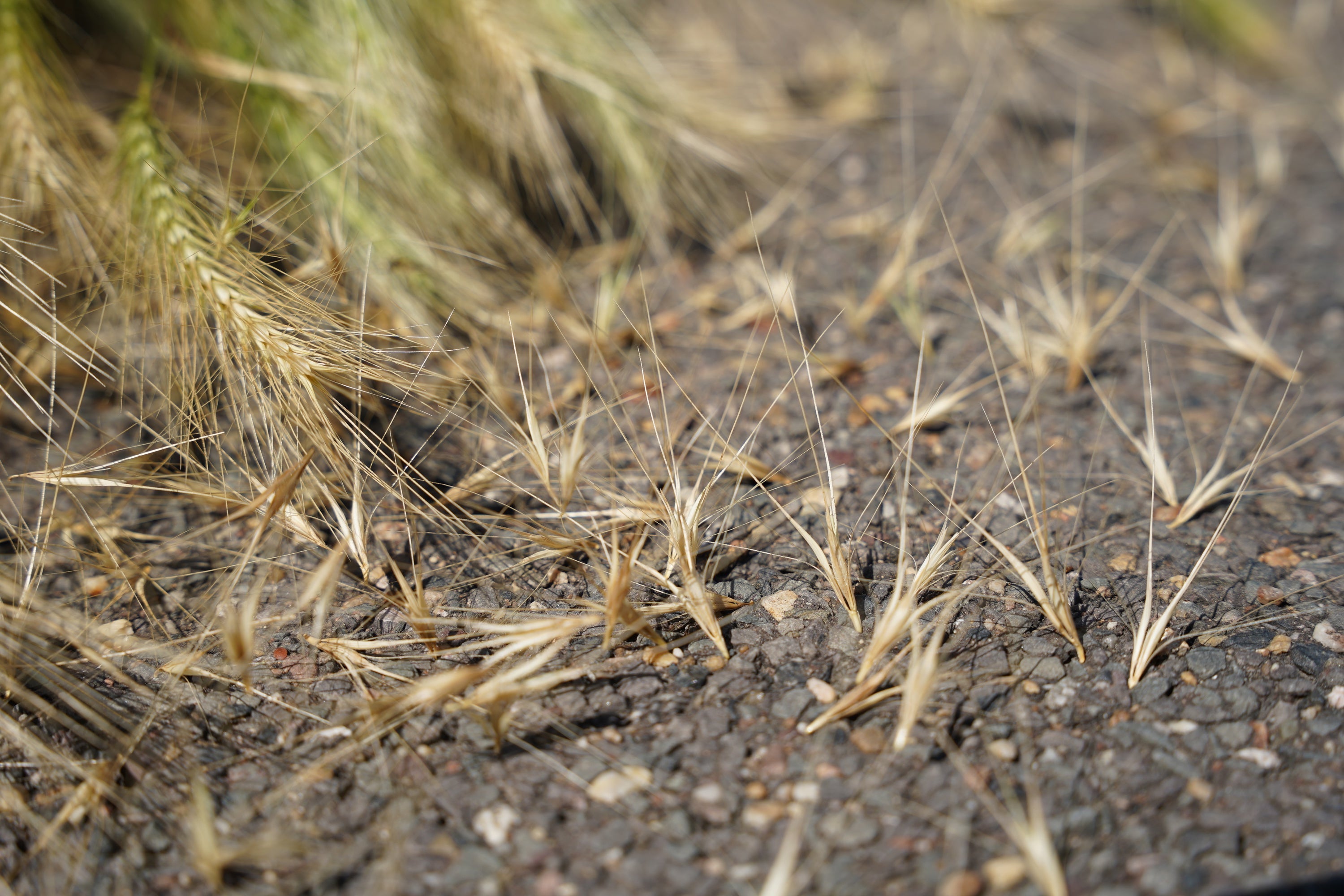
Wie kann ich meinen Hund vor Grannen schützen?
Bei Grannen bei Hunden ist vorausschauendes Handeln die beste Prävention!
Achte zur Grannenzeit darauf, Deinen Hund nicht durch hohe Gräser laufen zu lassen und habe auch bei Spaziergängen am Feldrand ein Auge auf den Boden, damit Dein Hund nicht in lose Grannen auf dem Weg tritt. Sind Felder und Wiesen mit vielen Grannen auf den Spaziergängen unumgänglich, kann auch die Verwendung von Hundeschuhen hilfreich sein, um die Pfoten vor Grannen zu schützen.
Ist Dein Hund doch ungeplanter Weise durchs hohe Gras gesprungen solltest Du besonders jetzt – am besten aber nach jedem Spaziergang – das Fell und den Körper Deines Hundes genau kontrollieren, um Grannen schon frühzeitig aus dem Fell und von anderen Körperregionen zu entfernen, noch bevor sie Schaden verursachen können!



